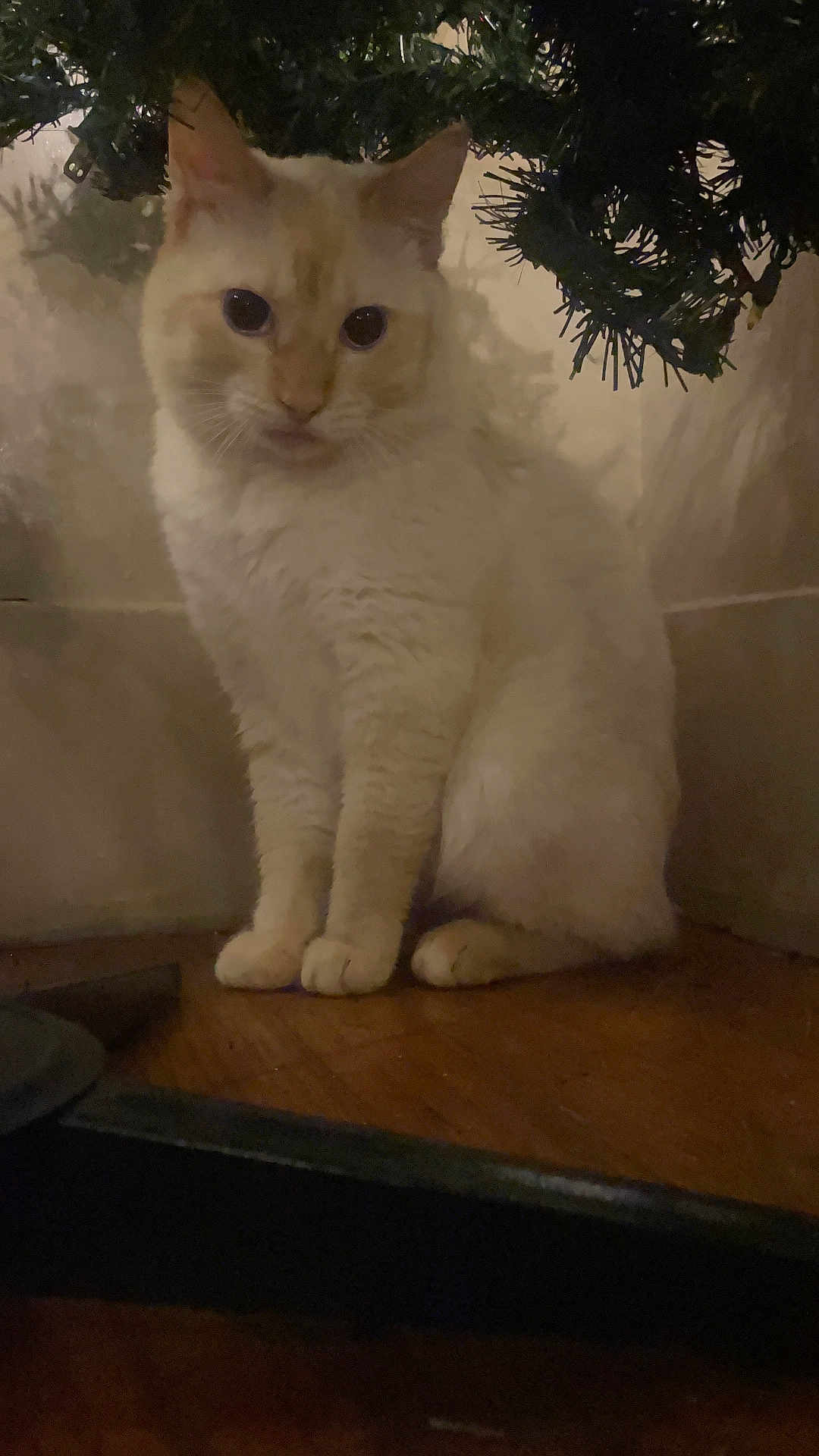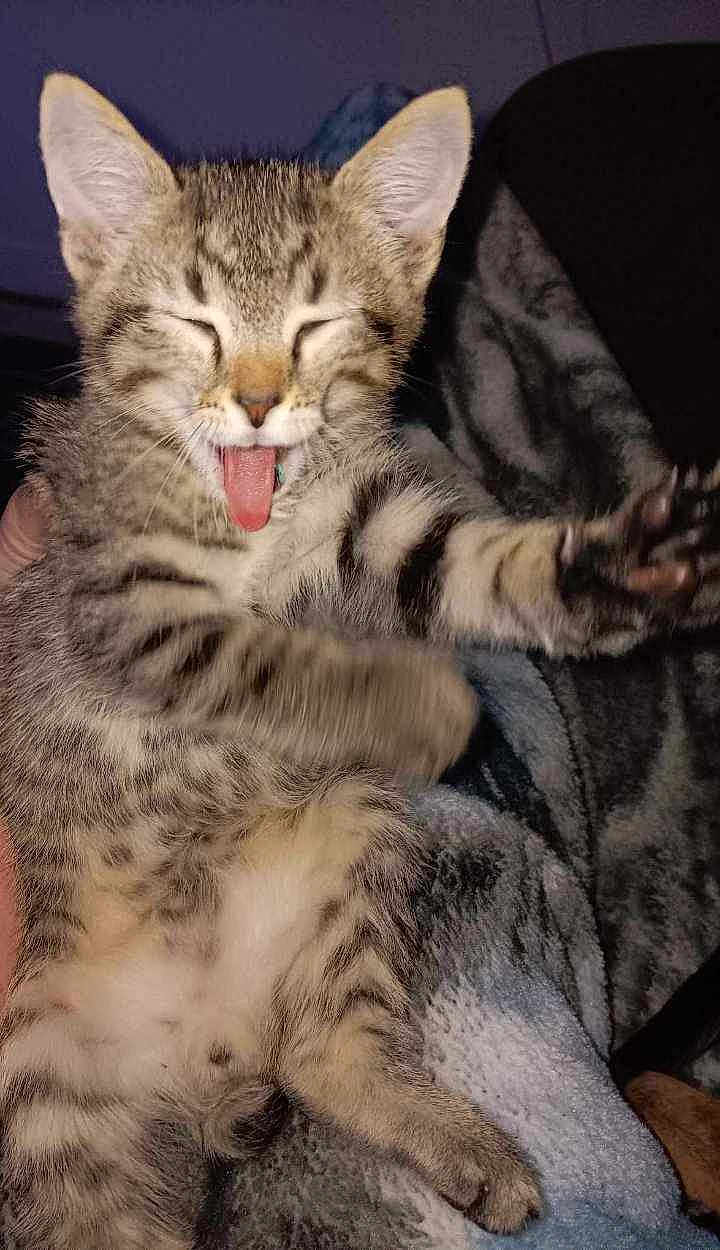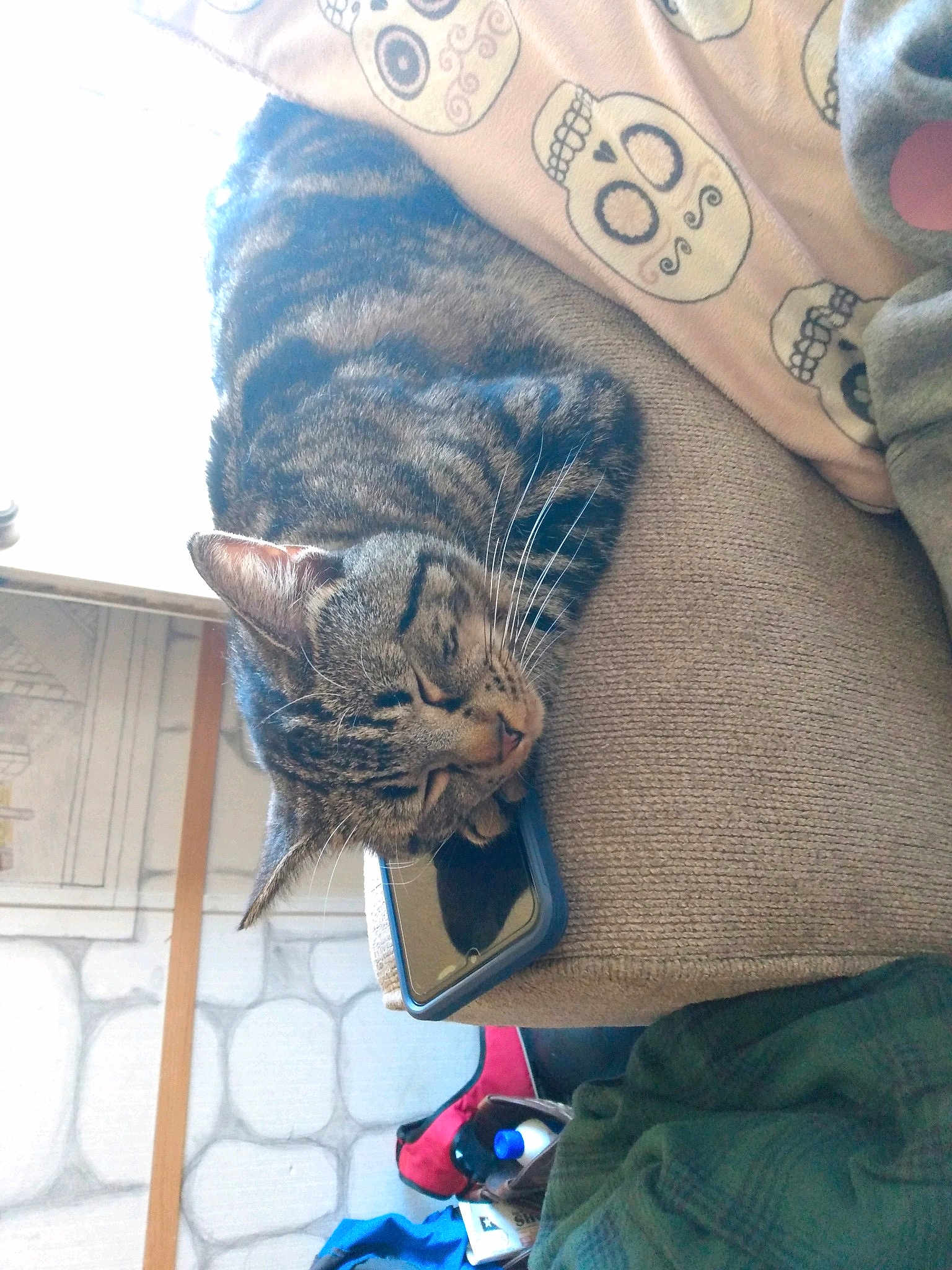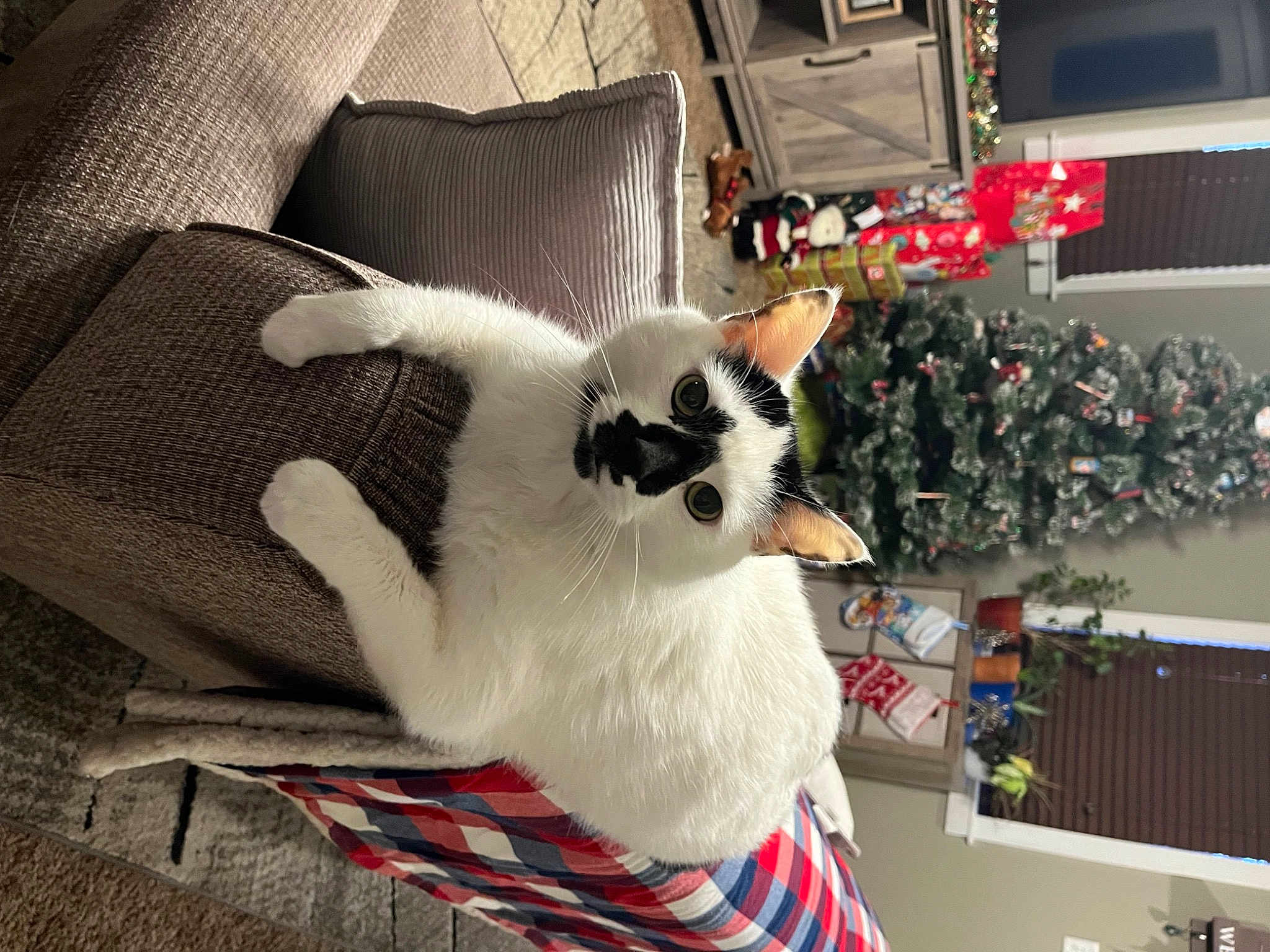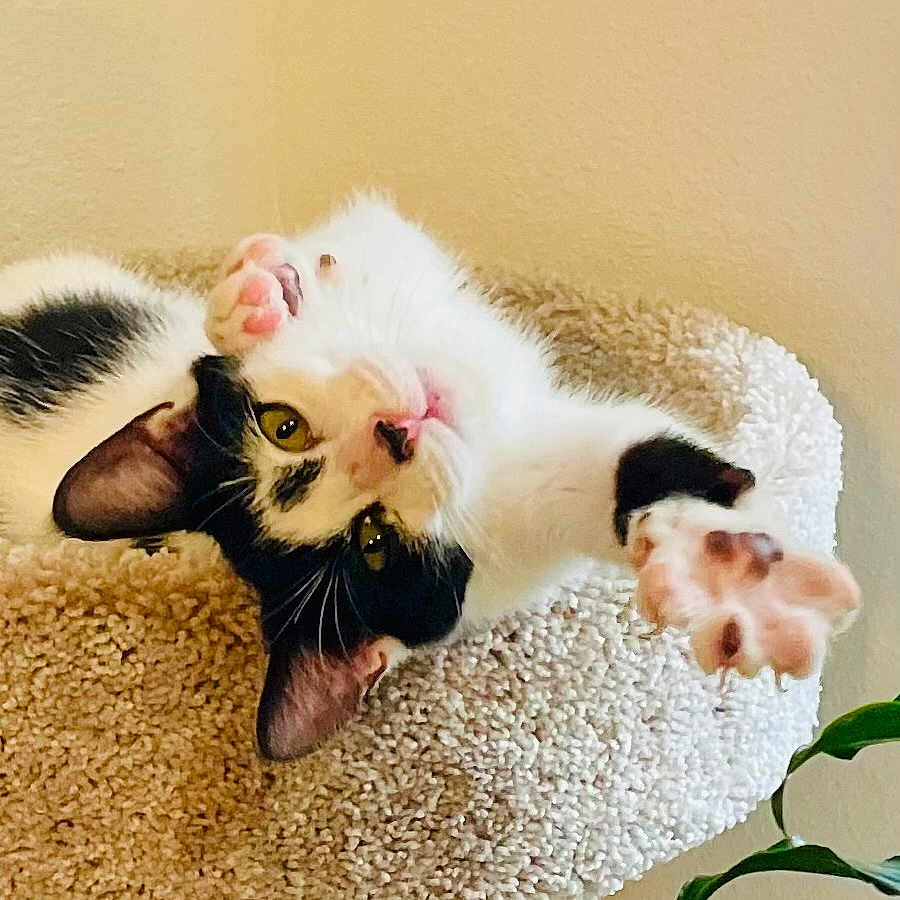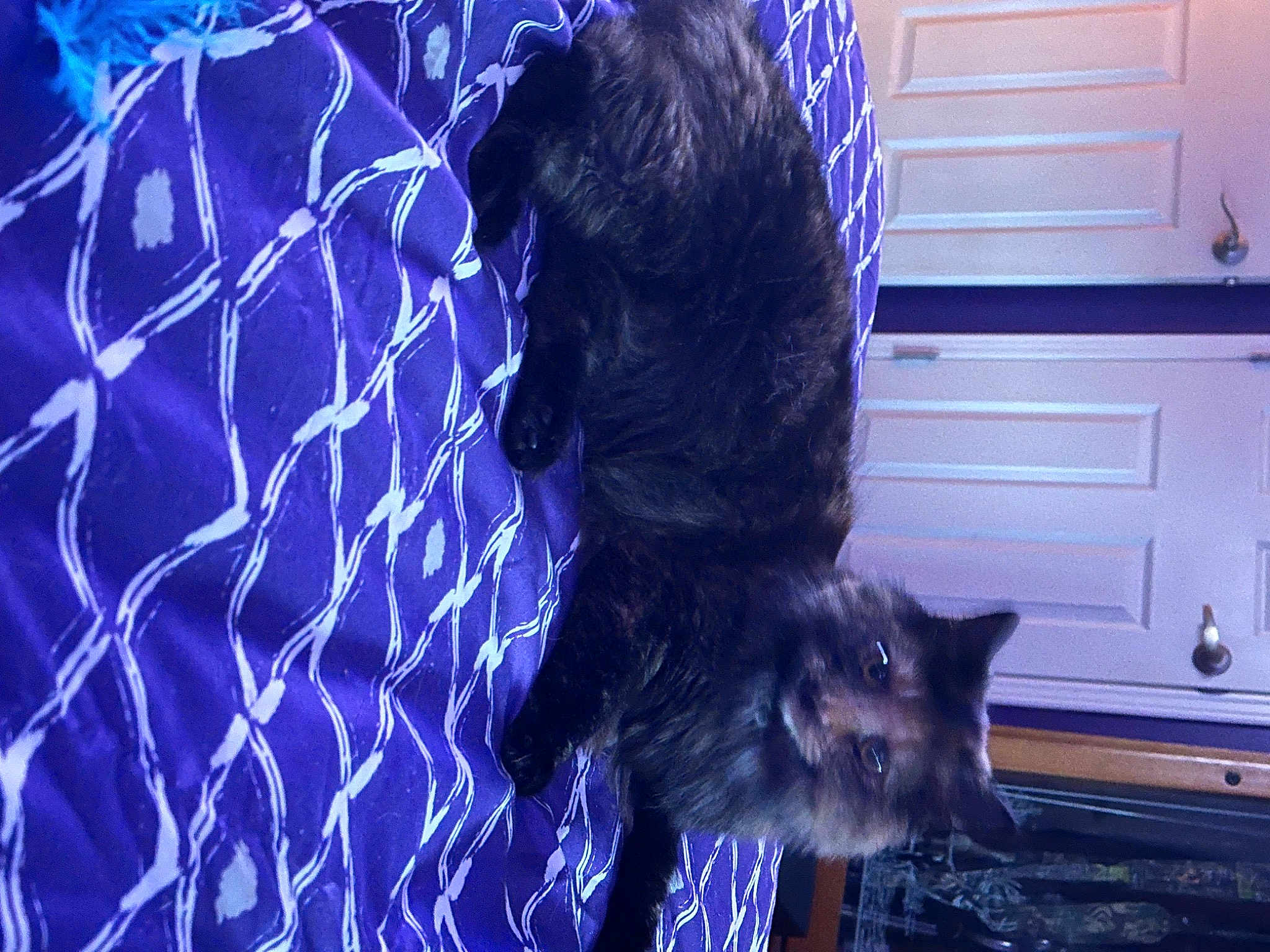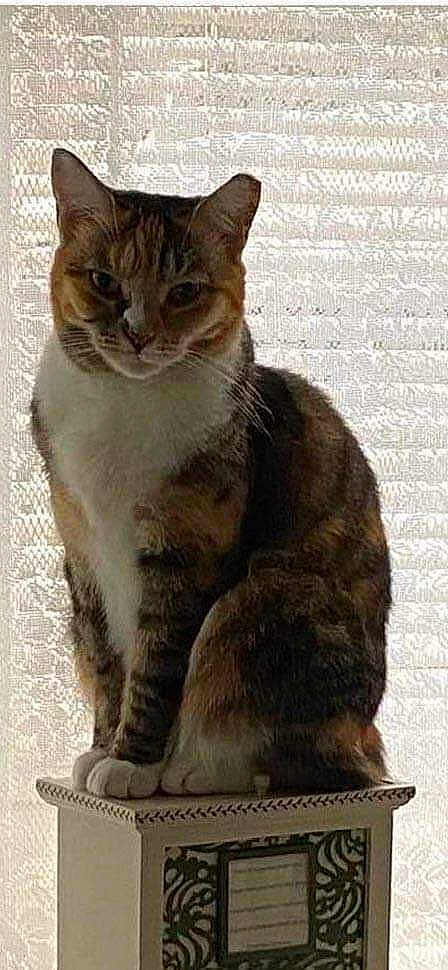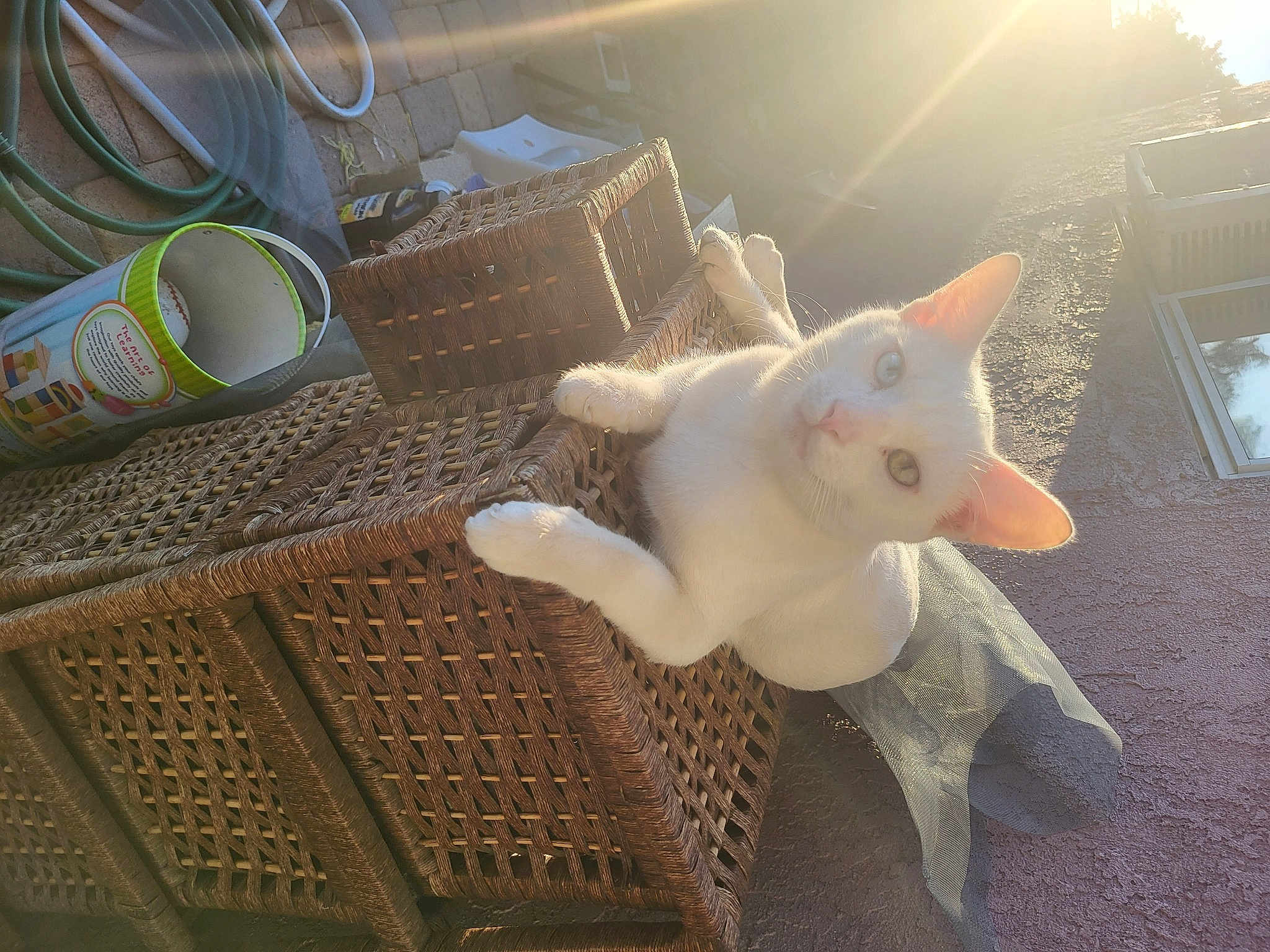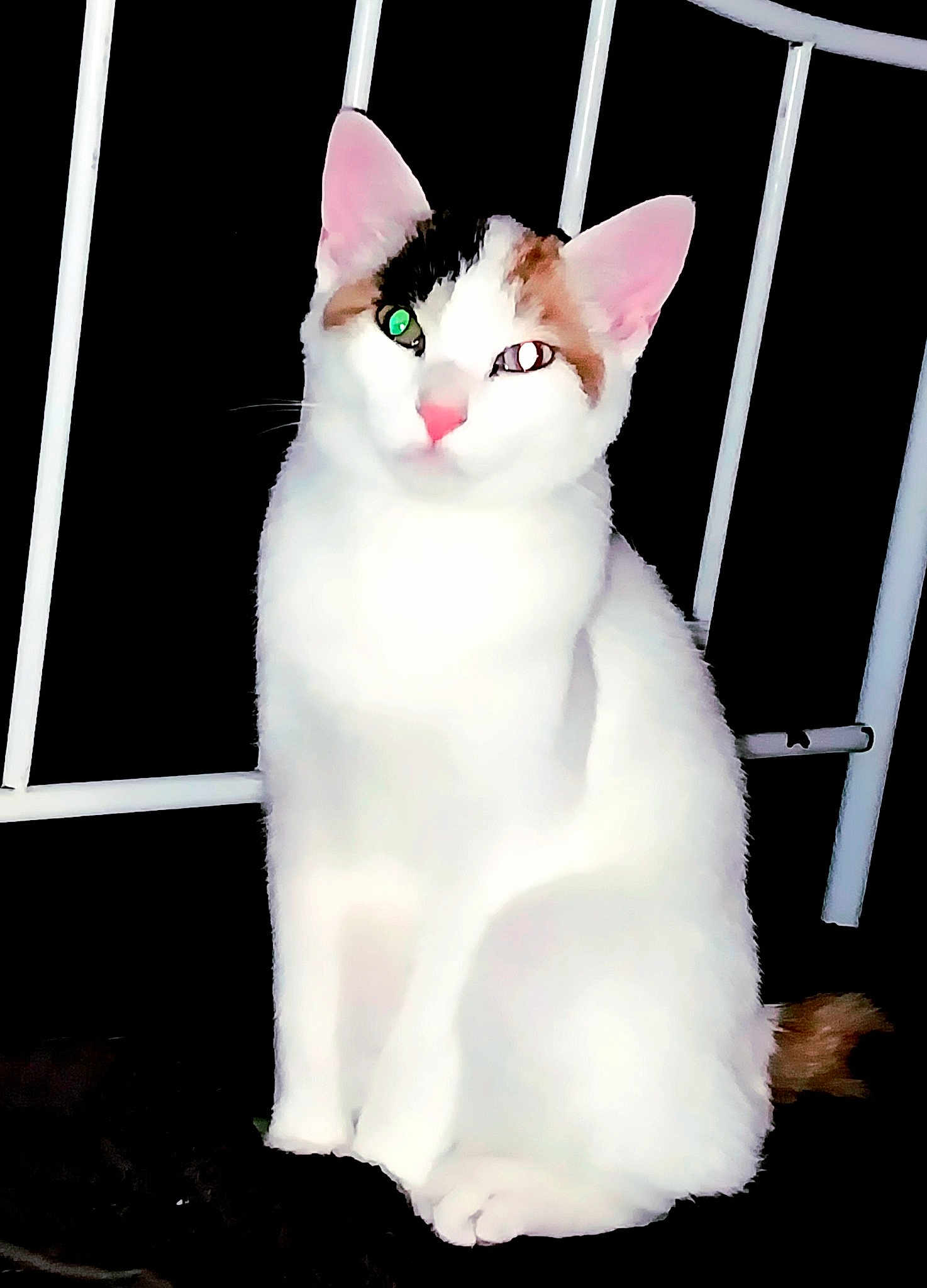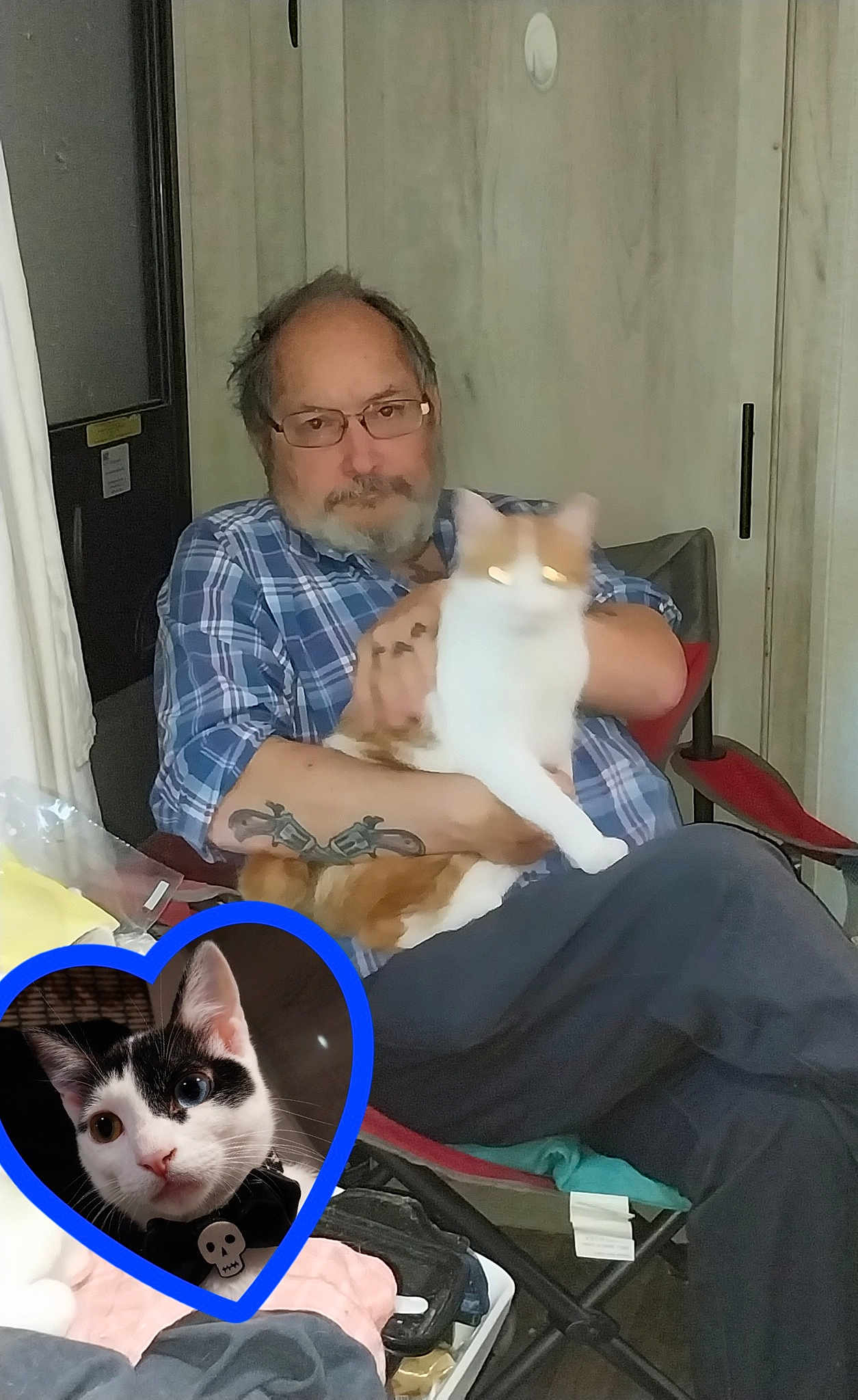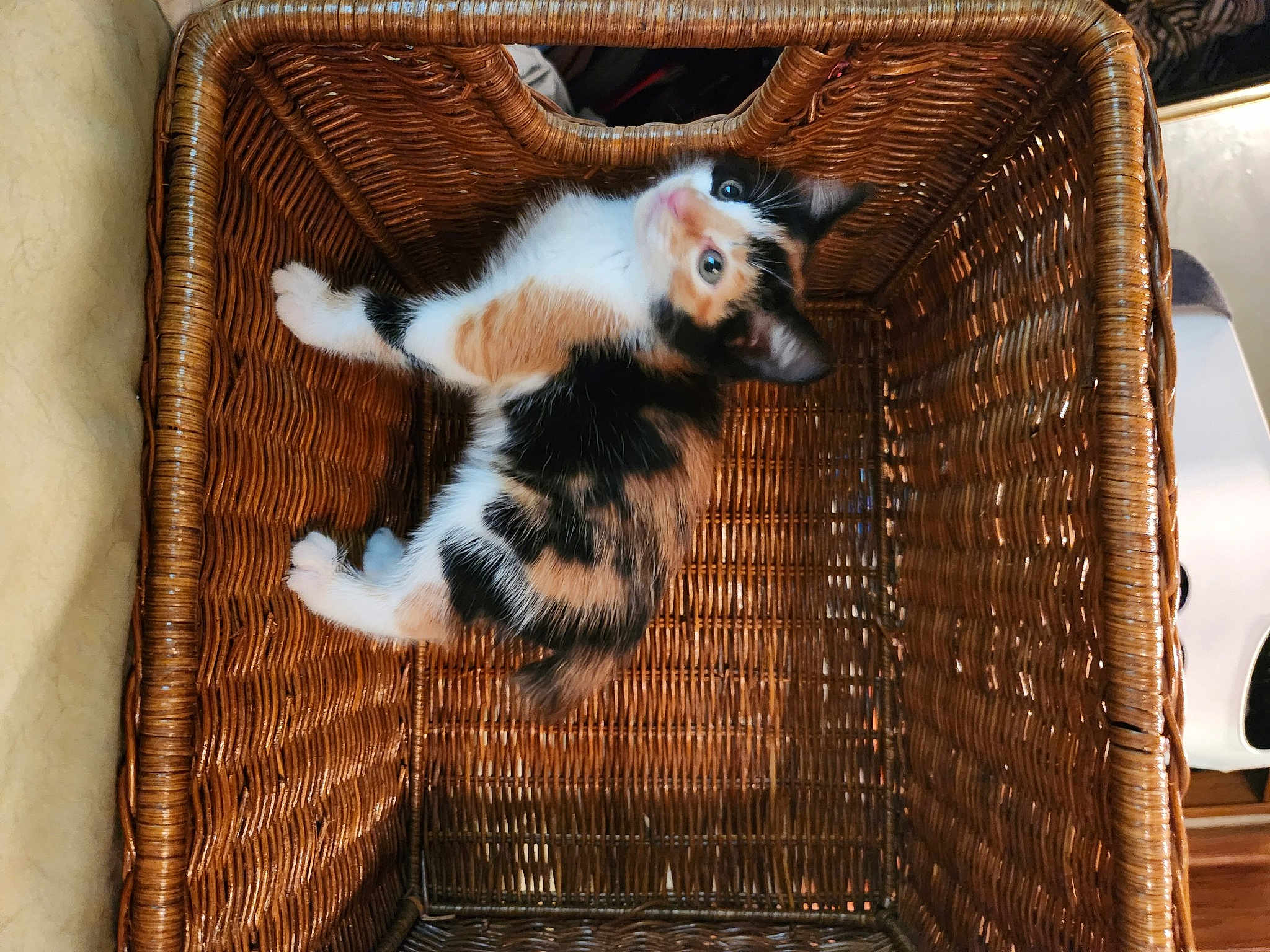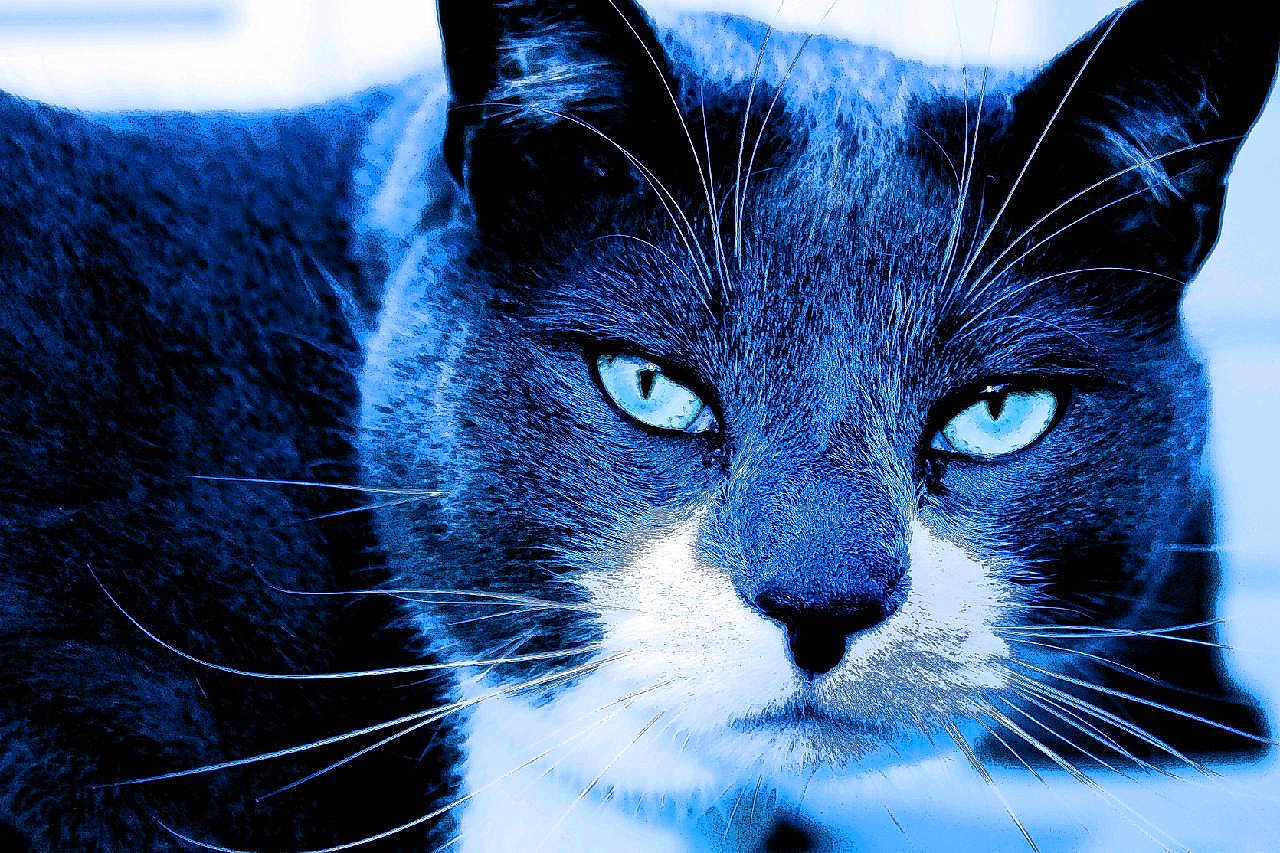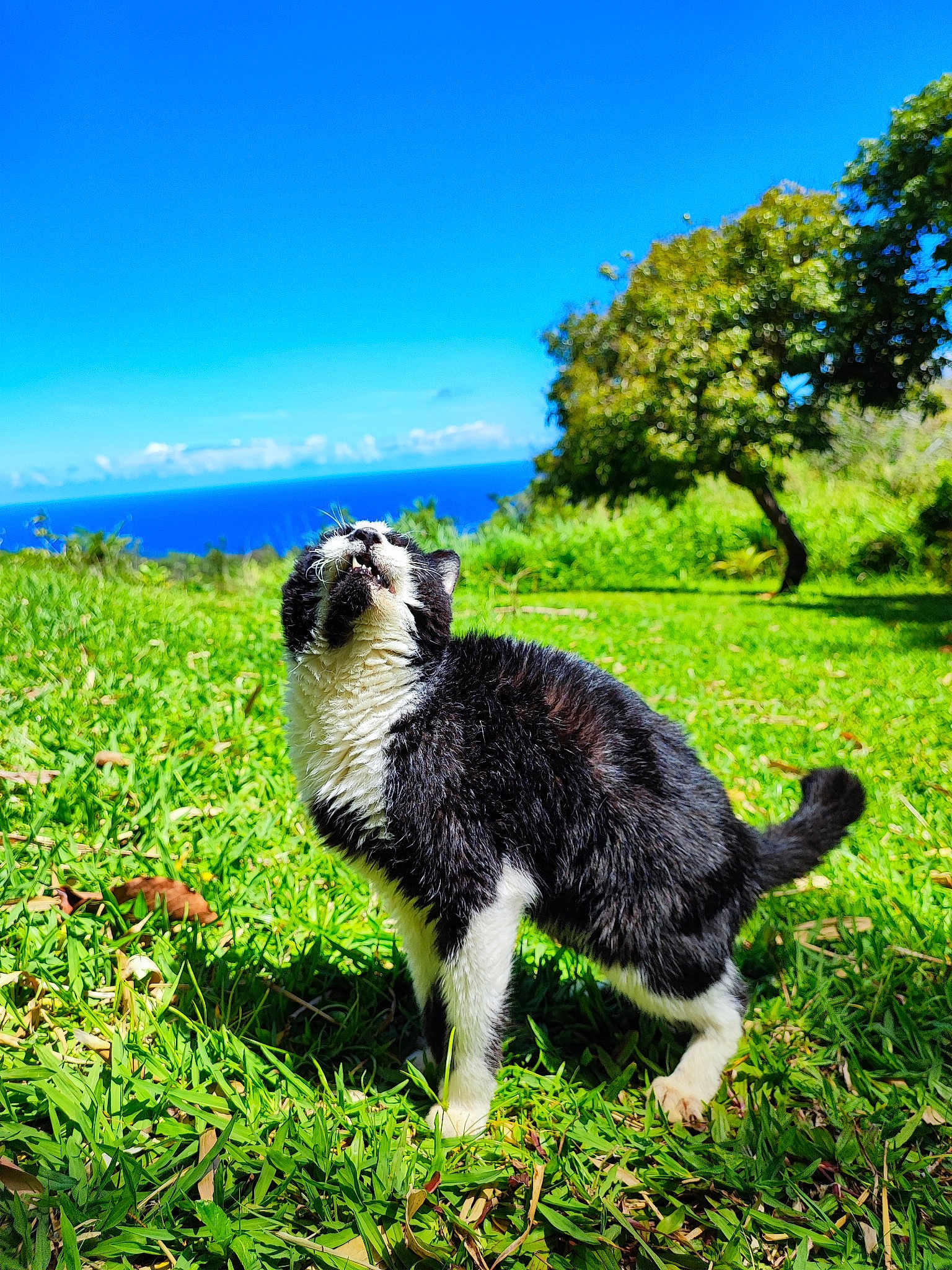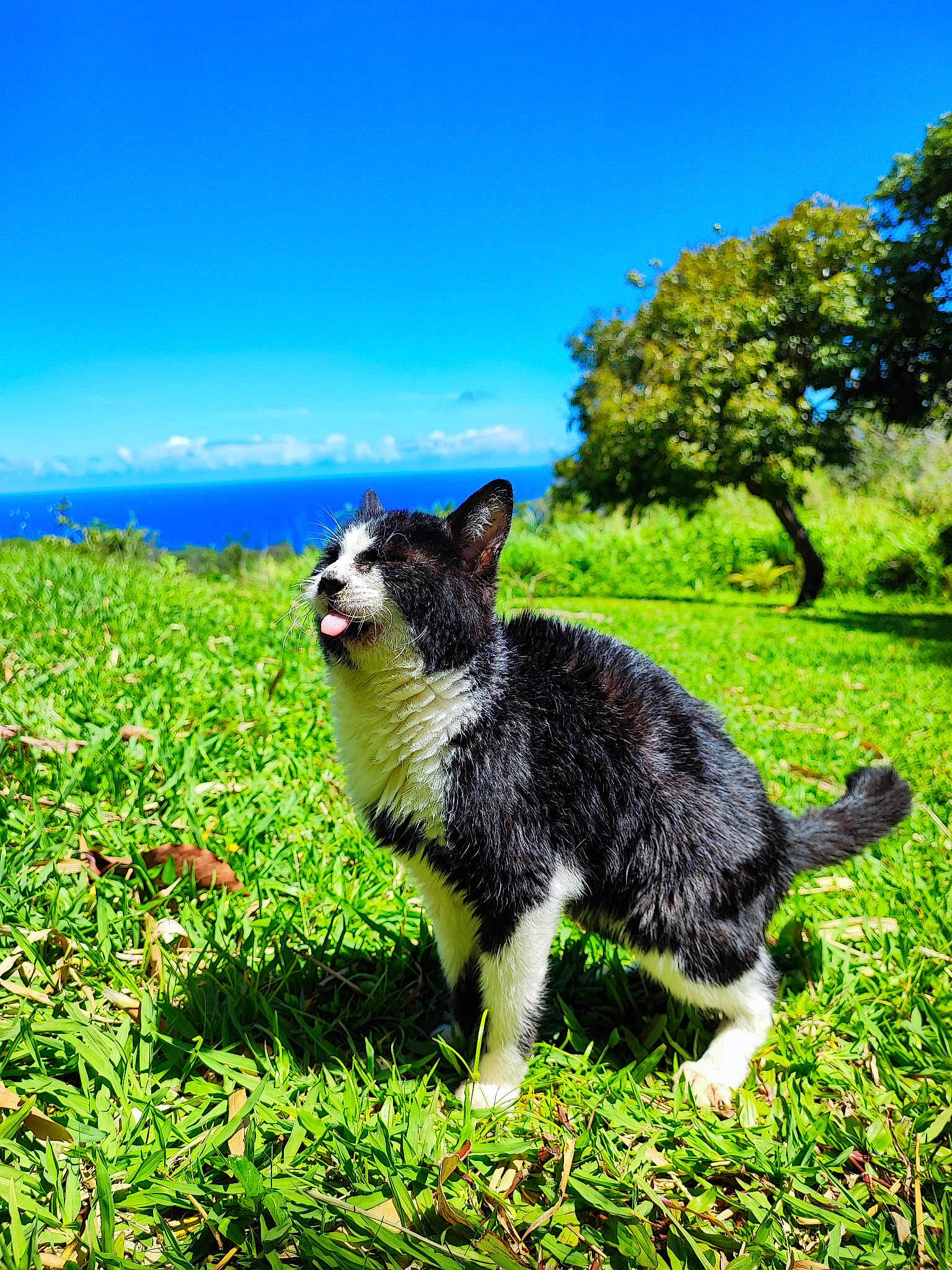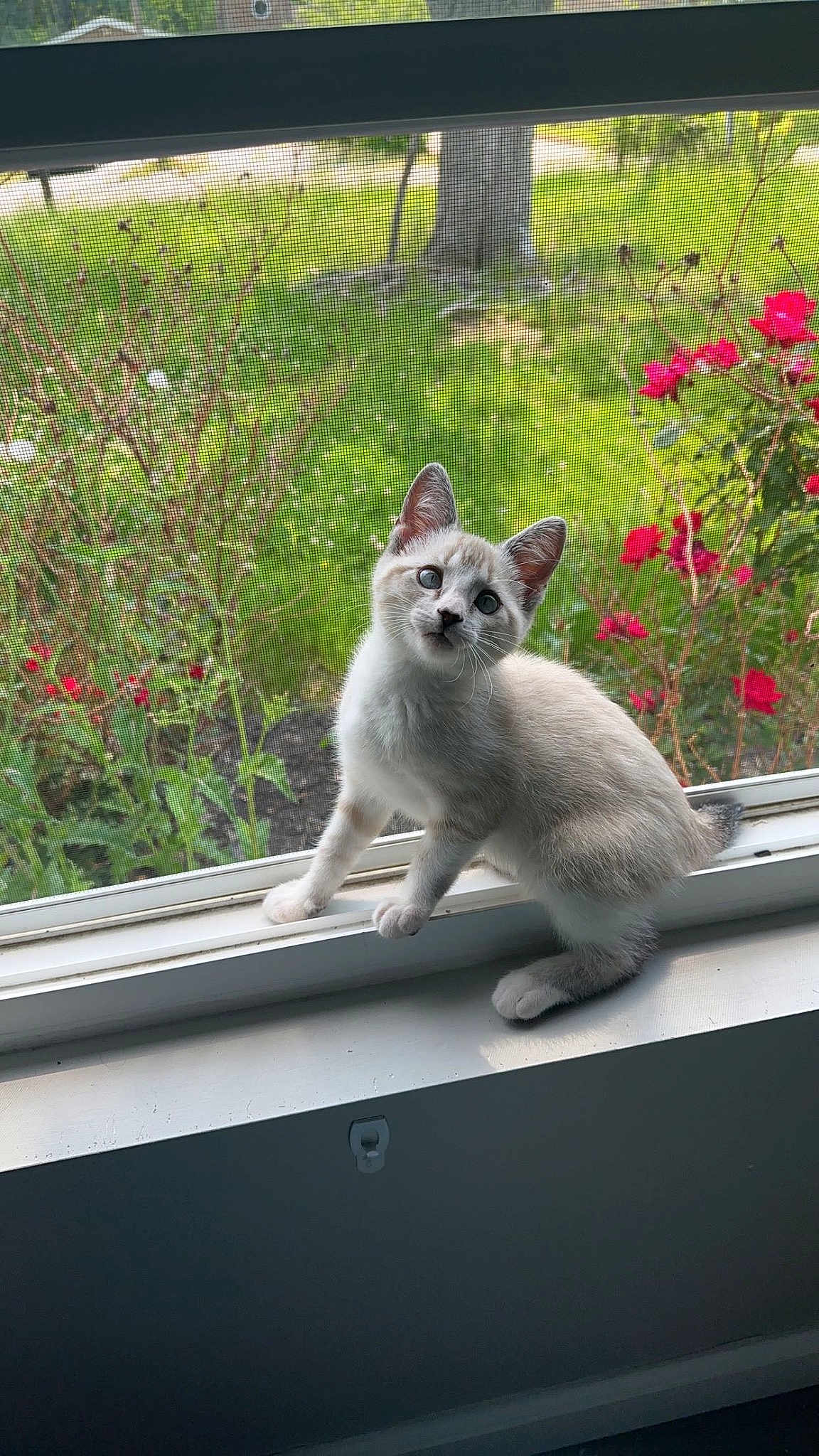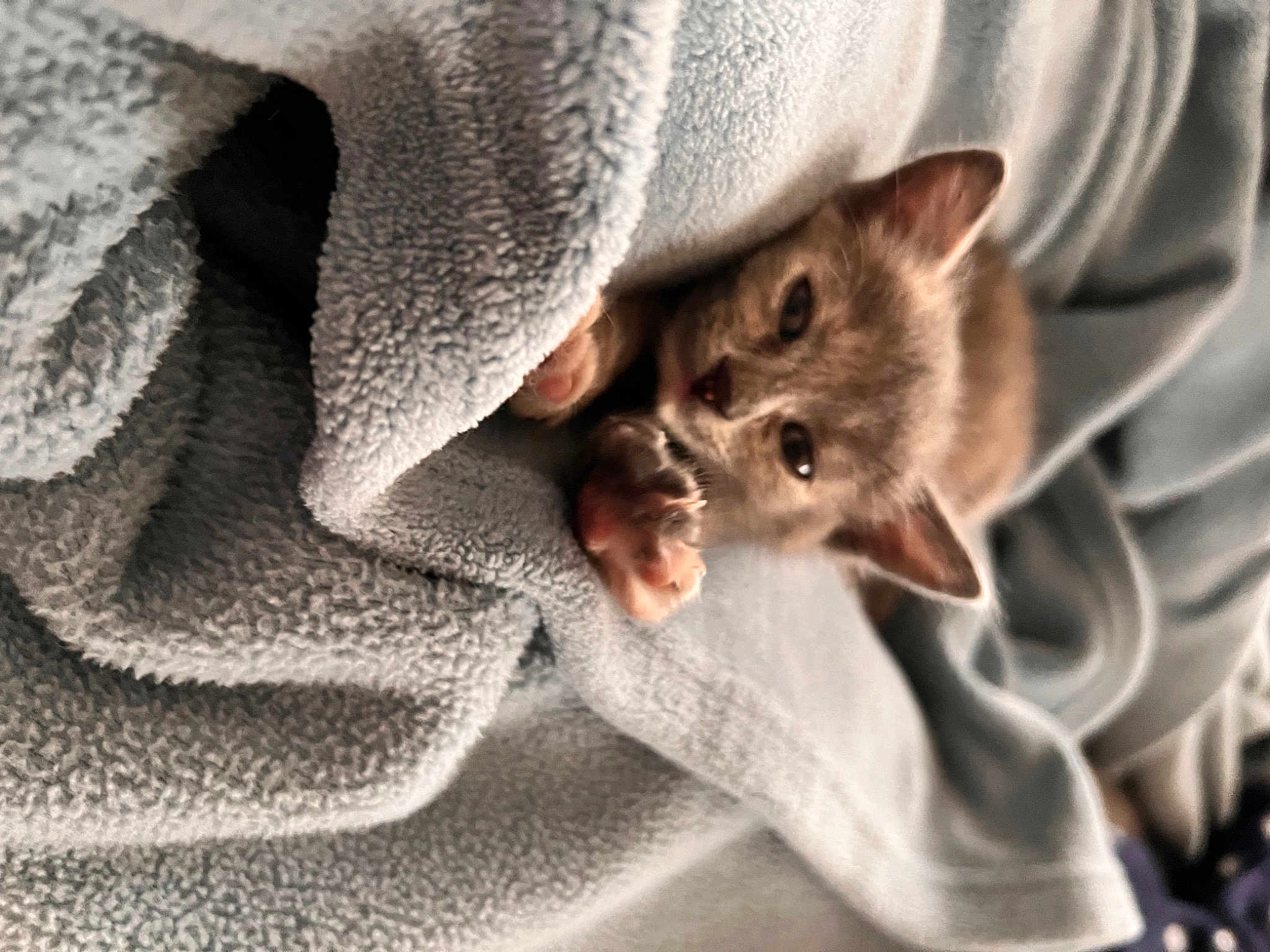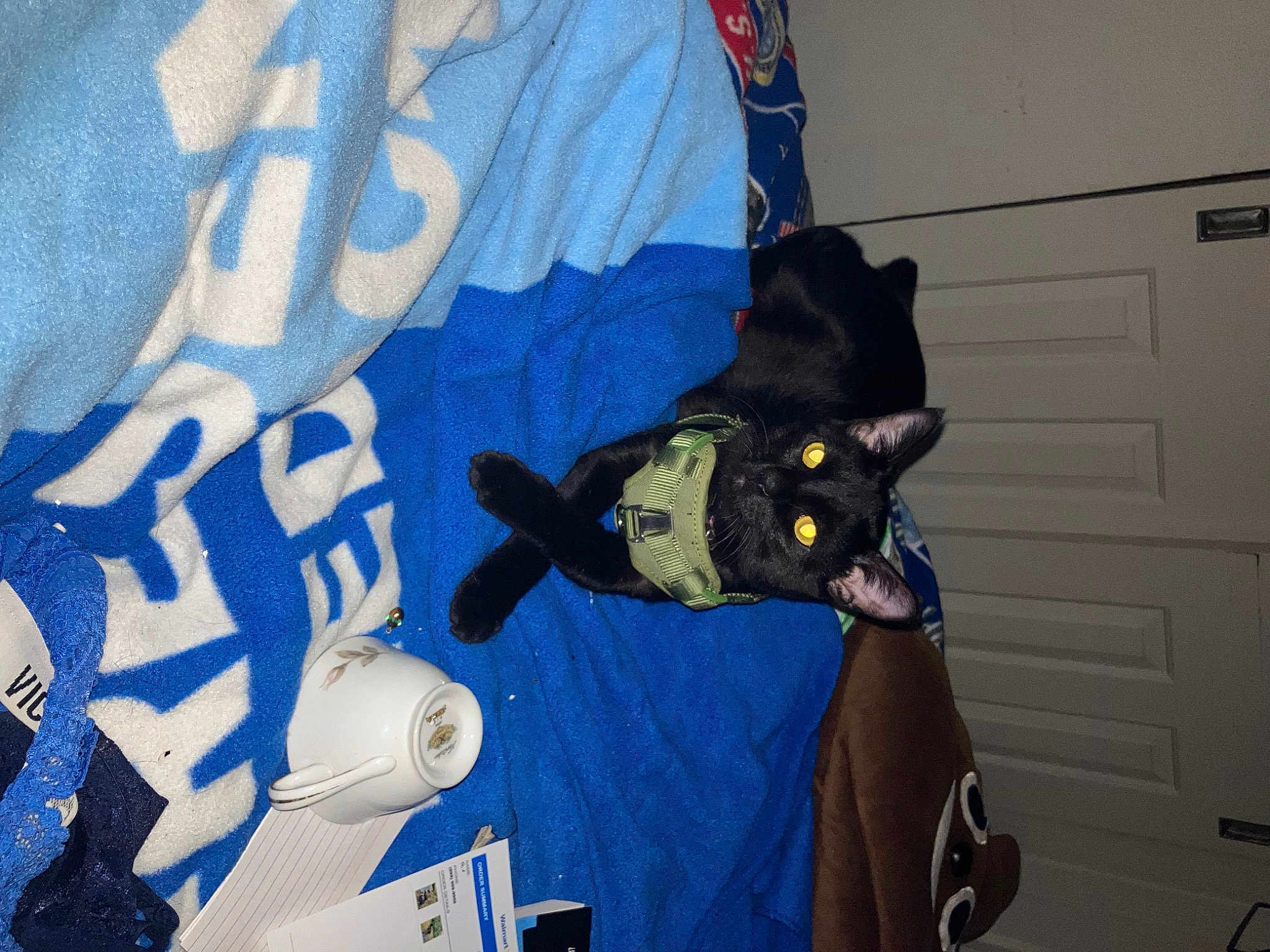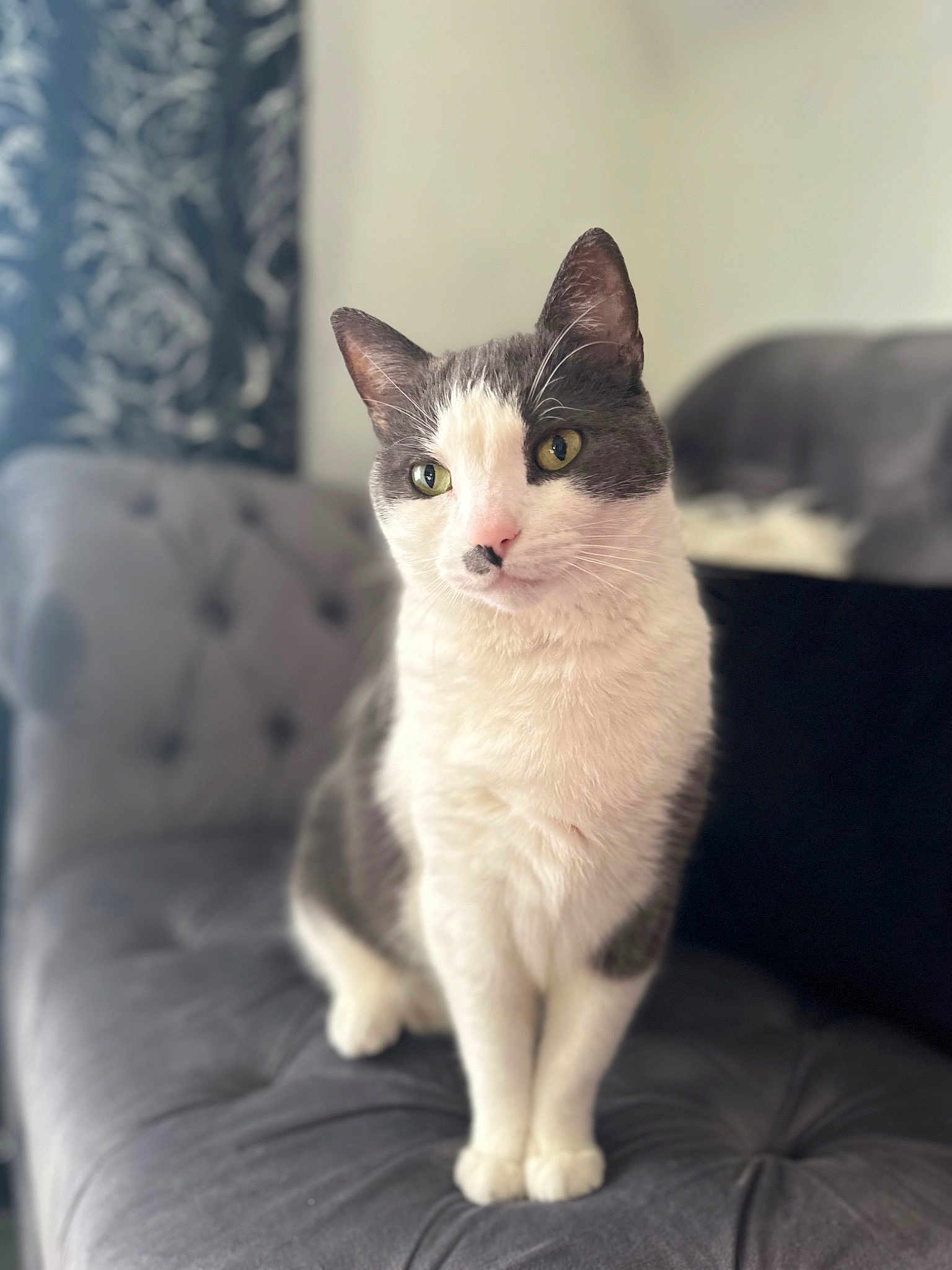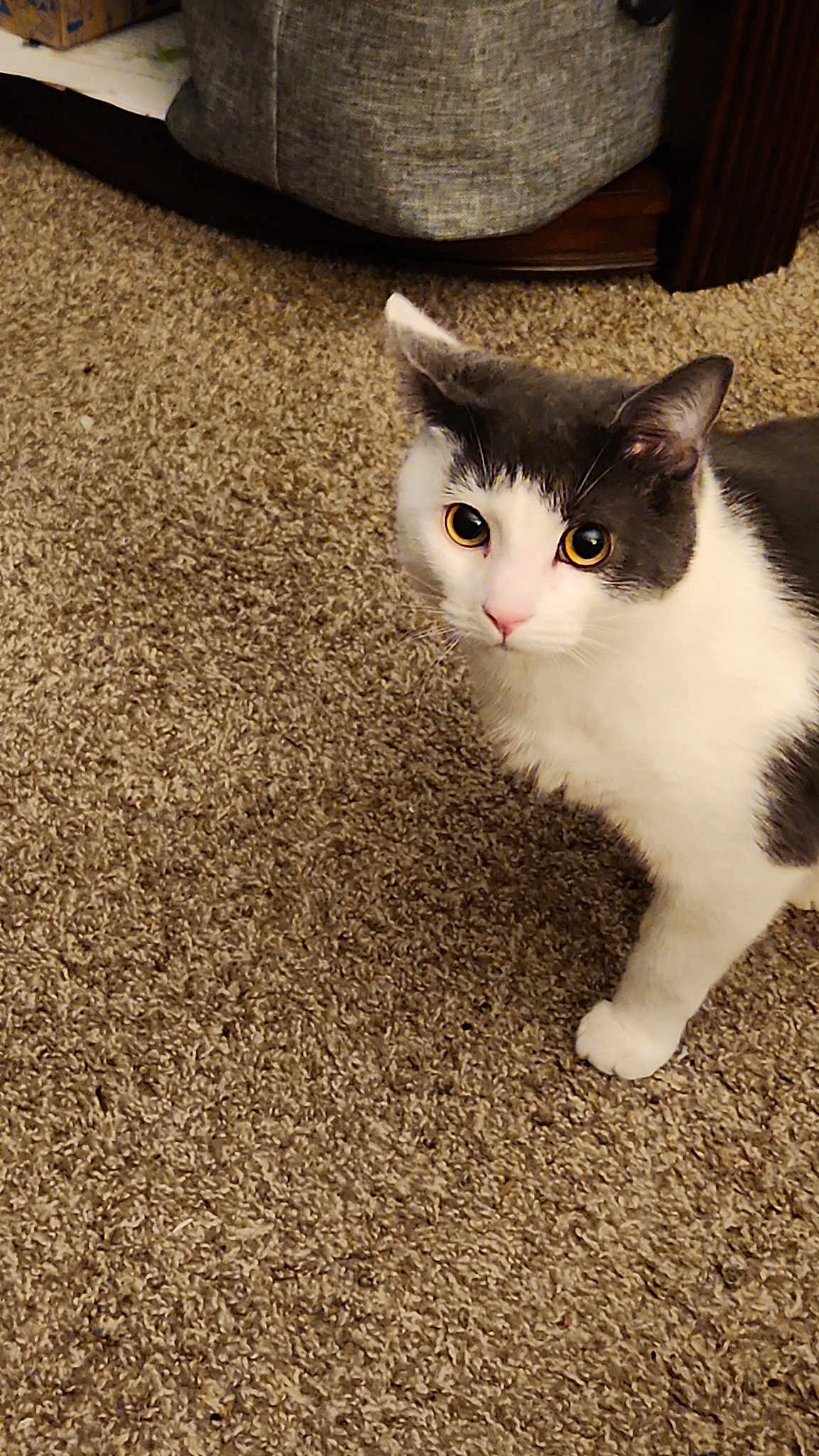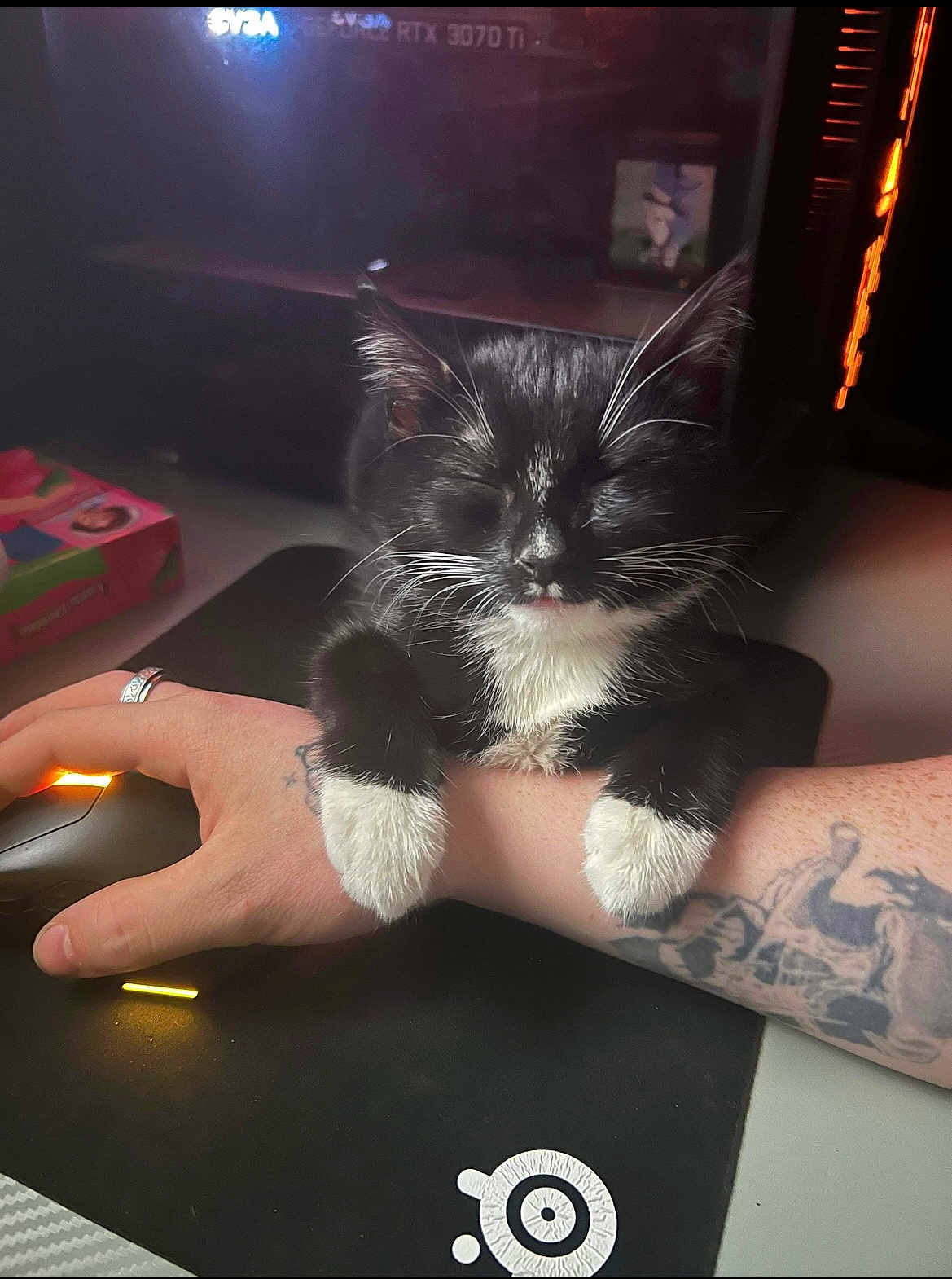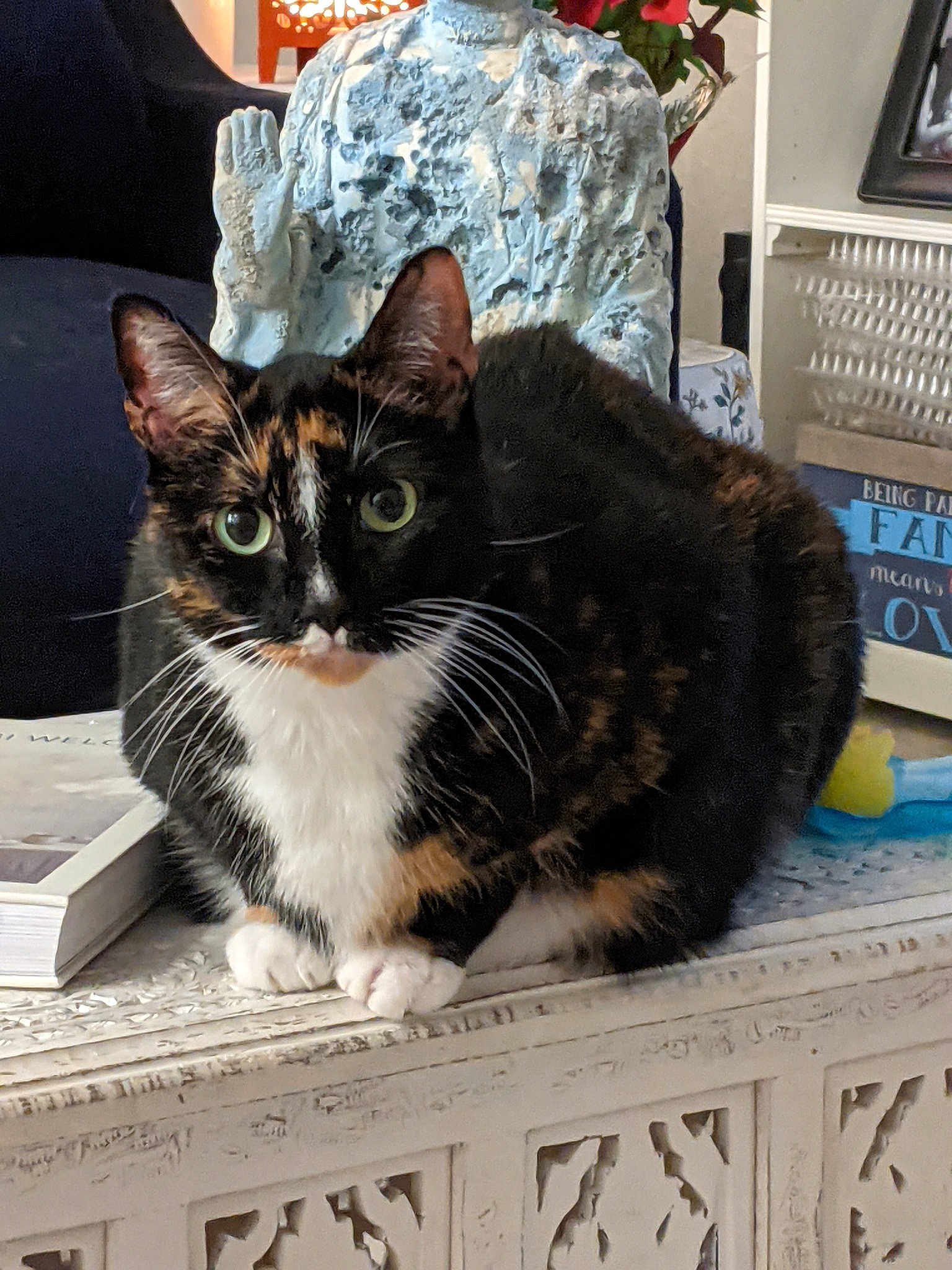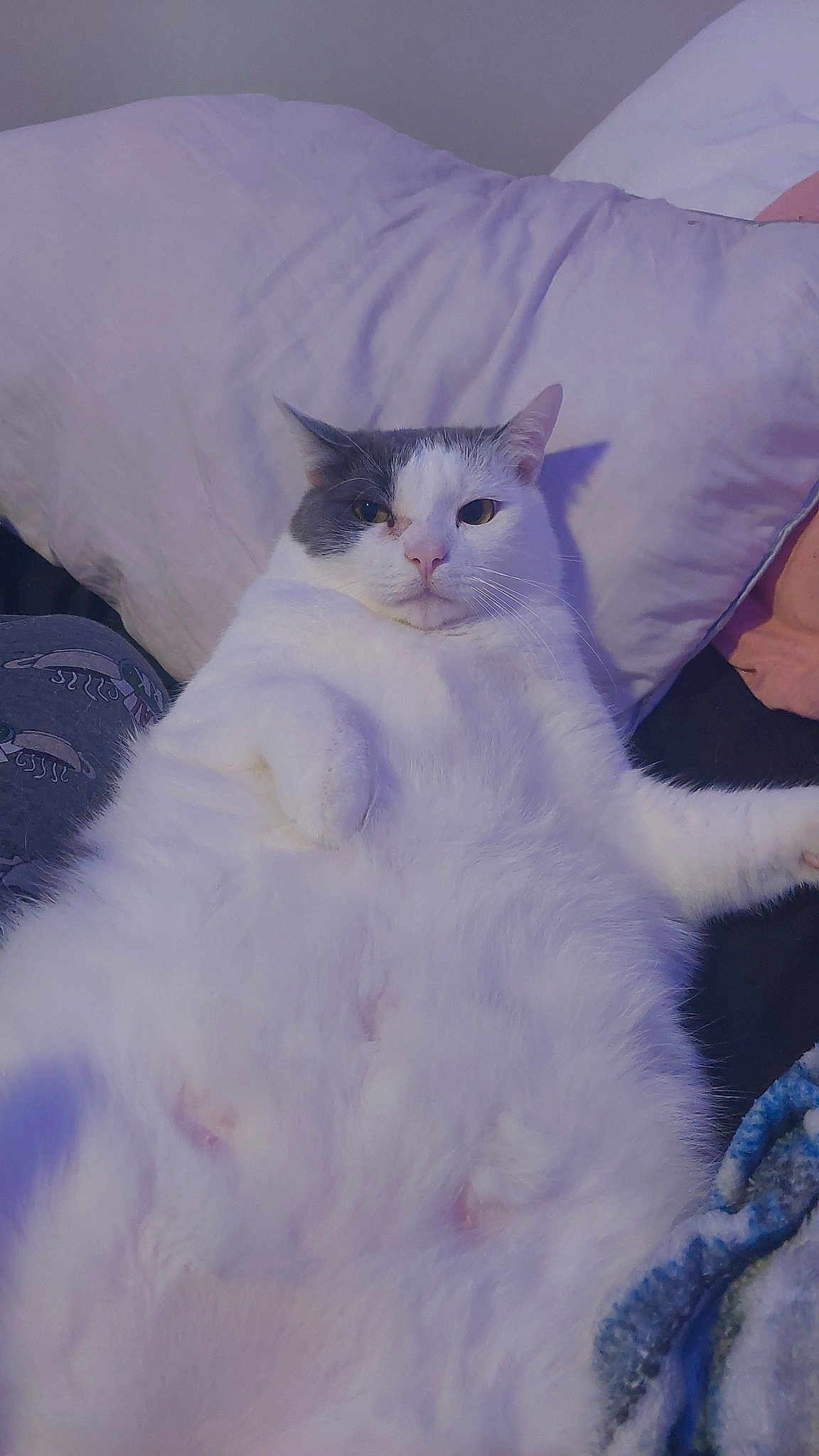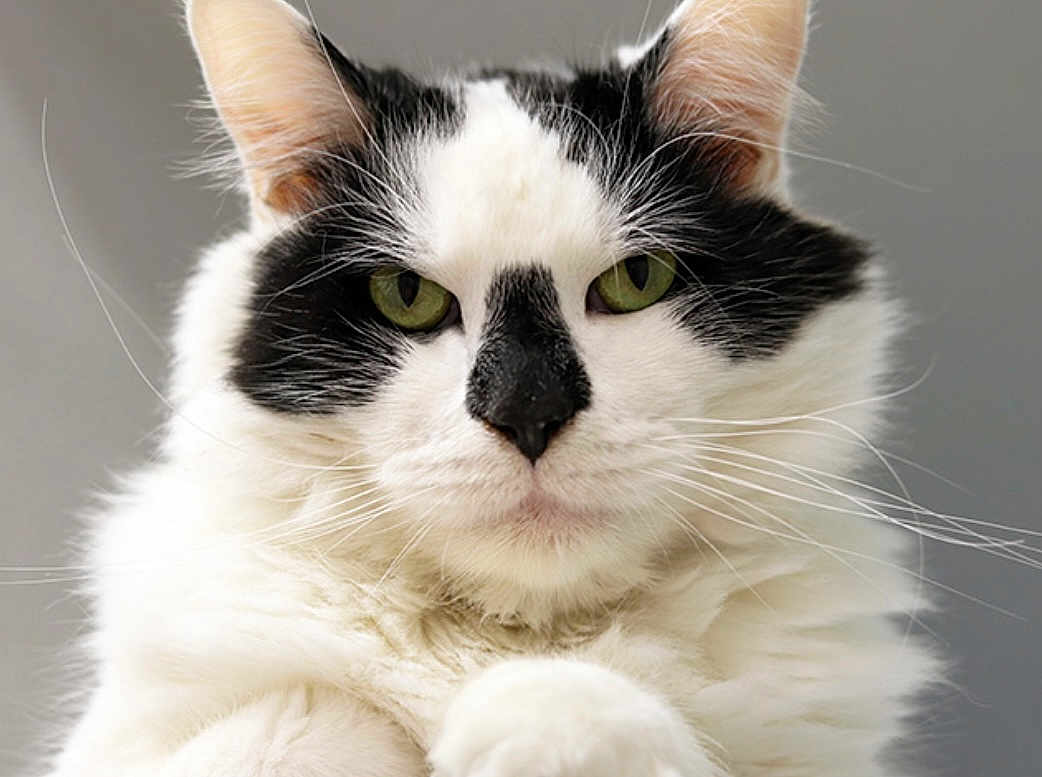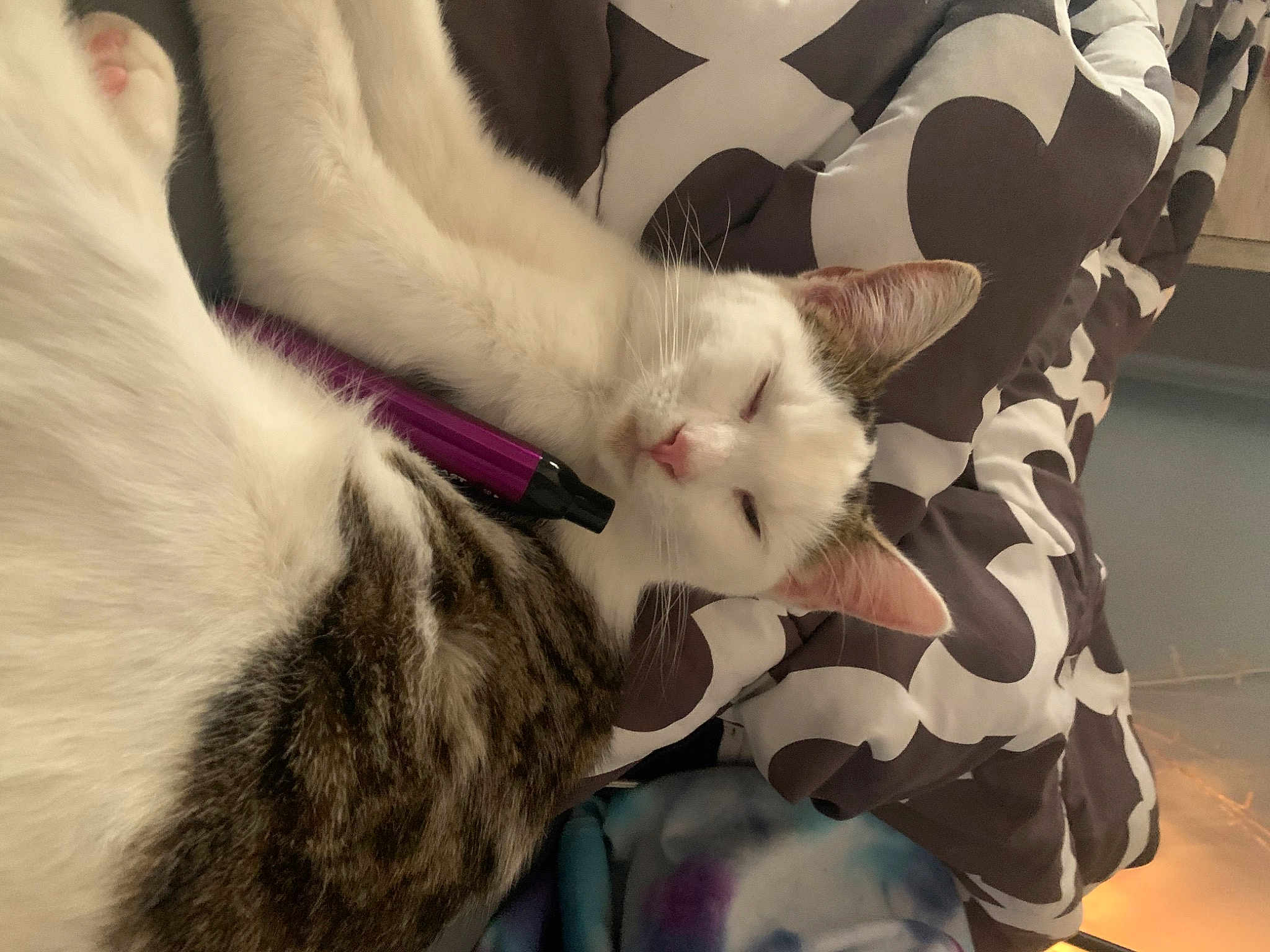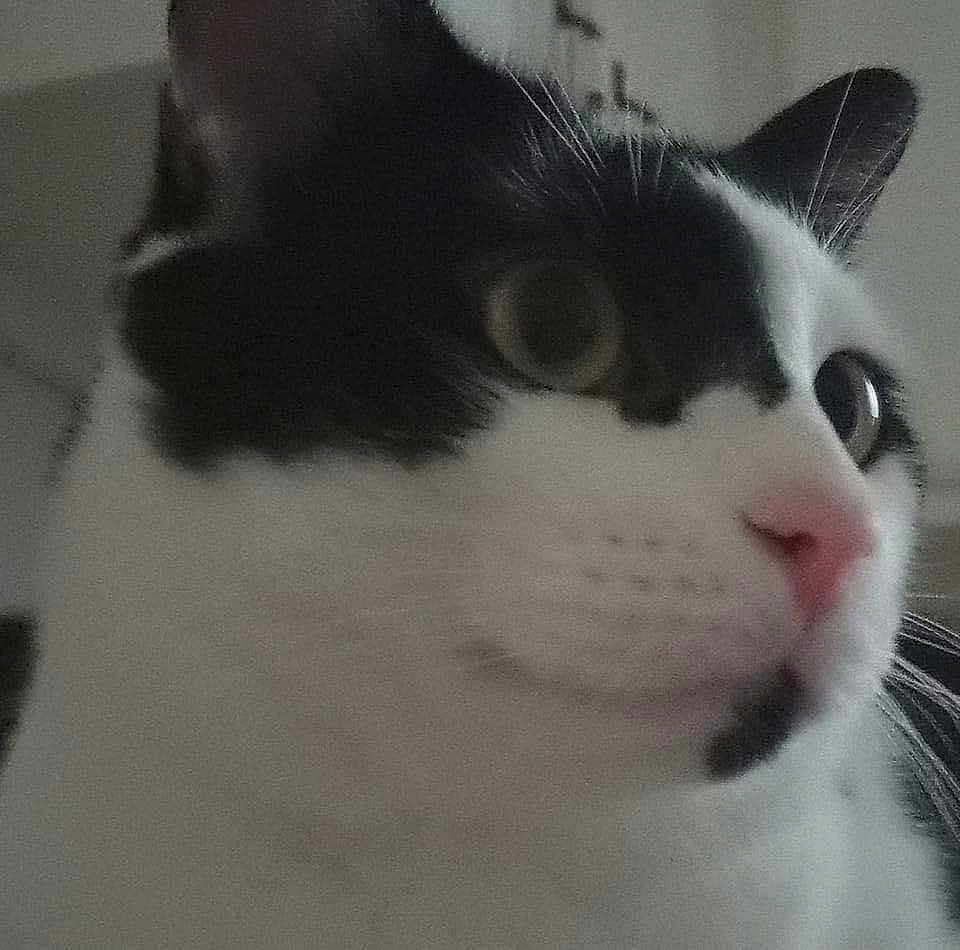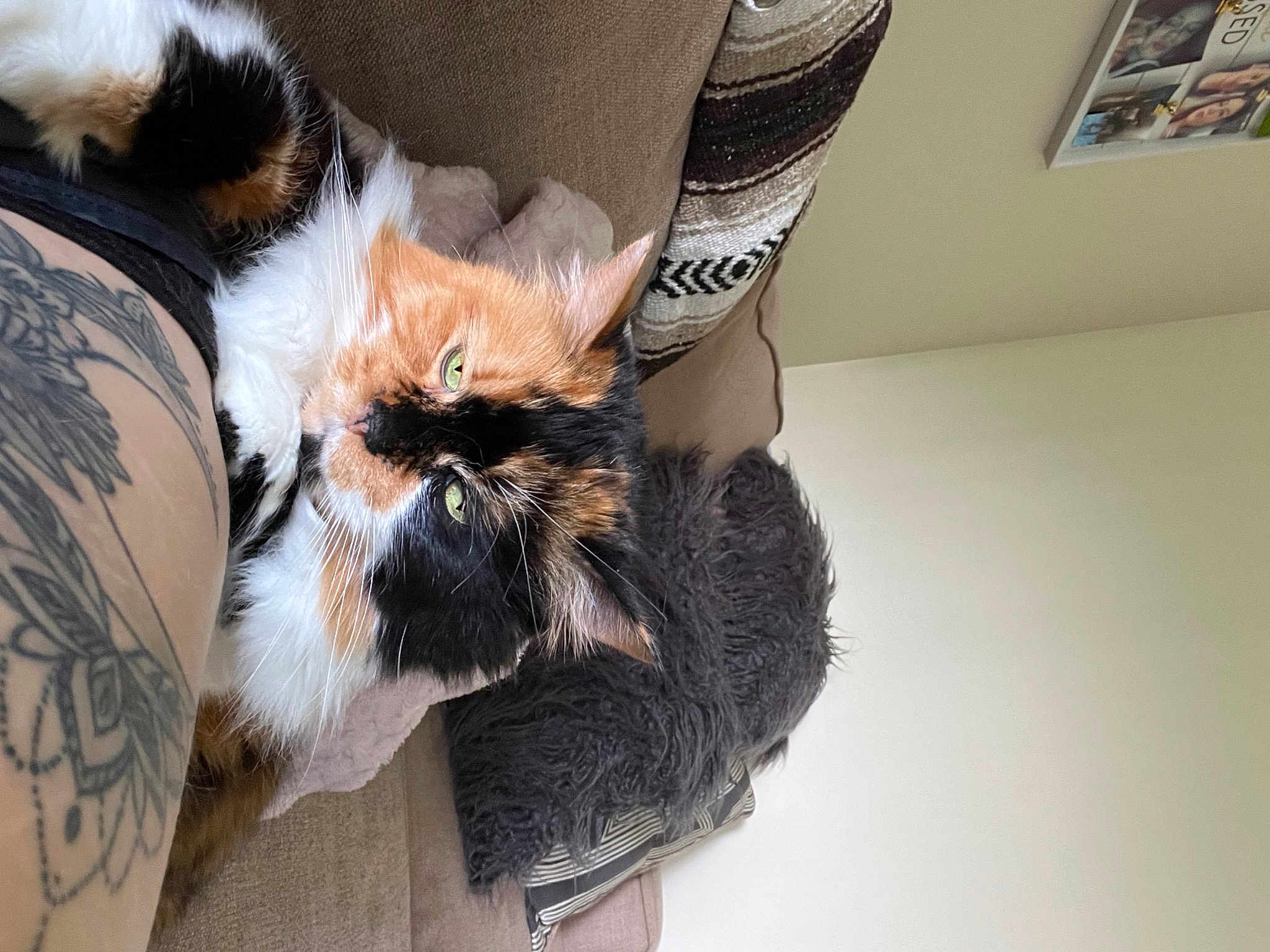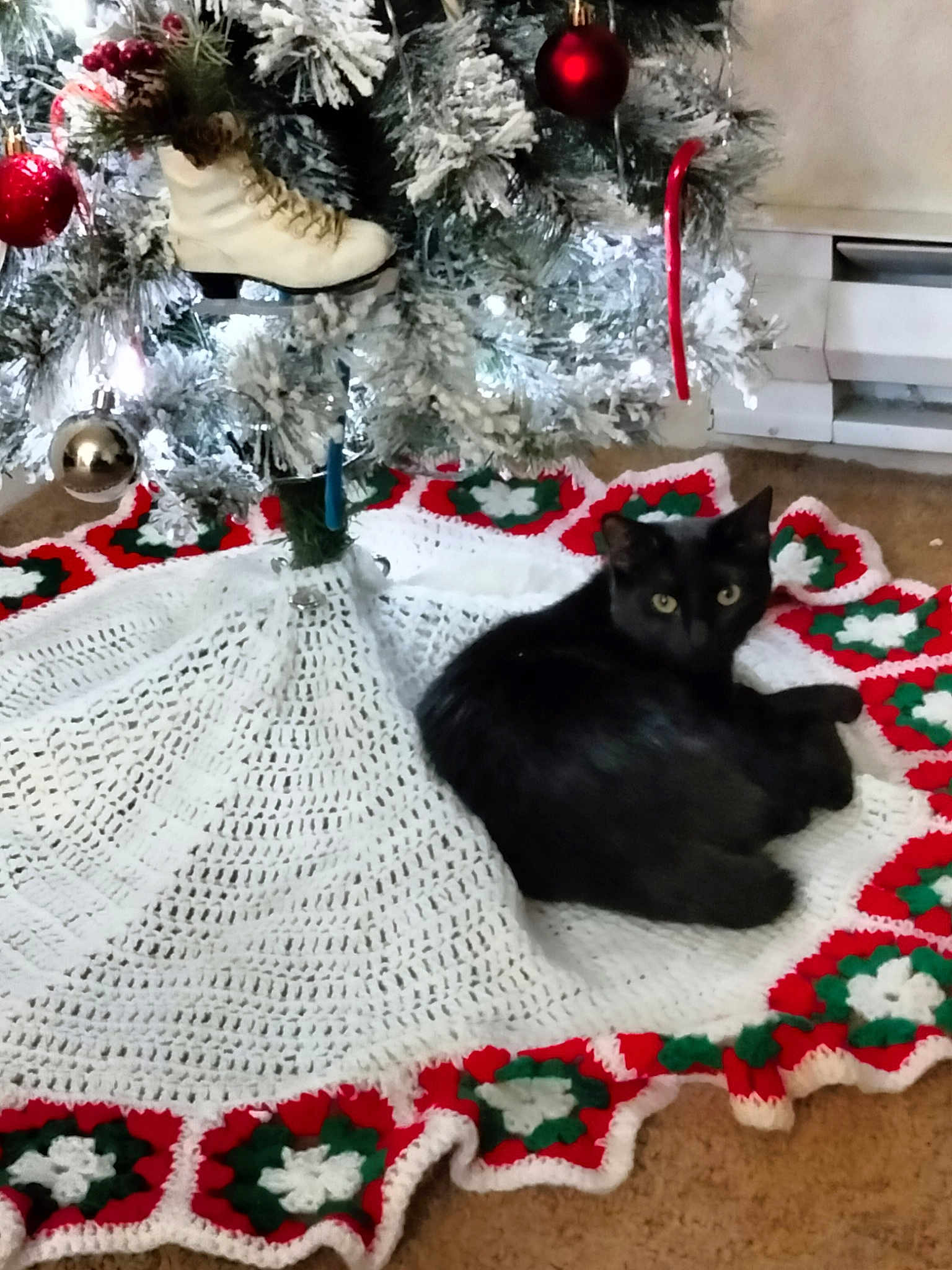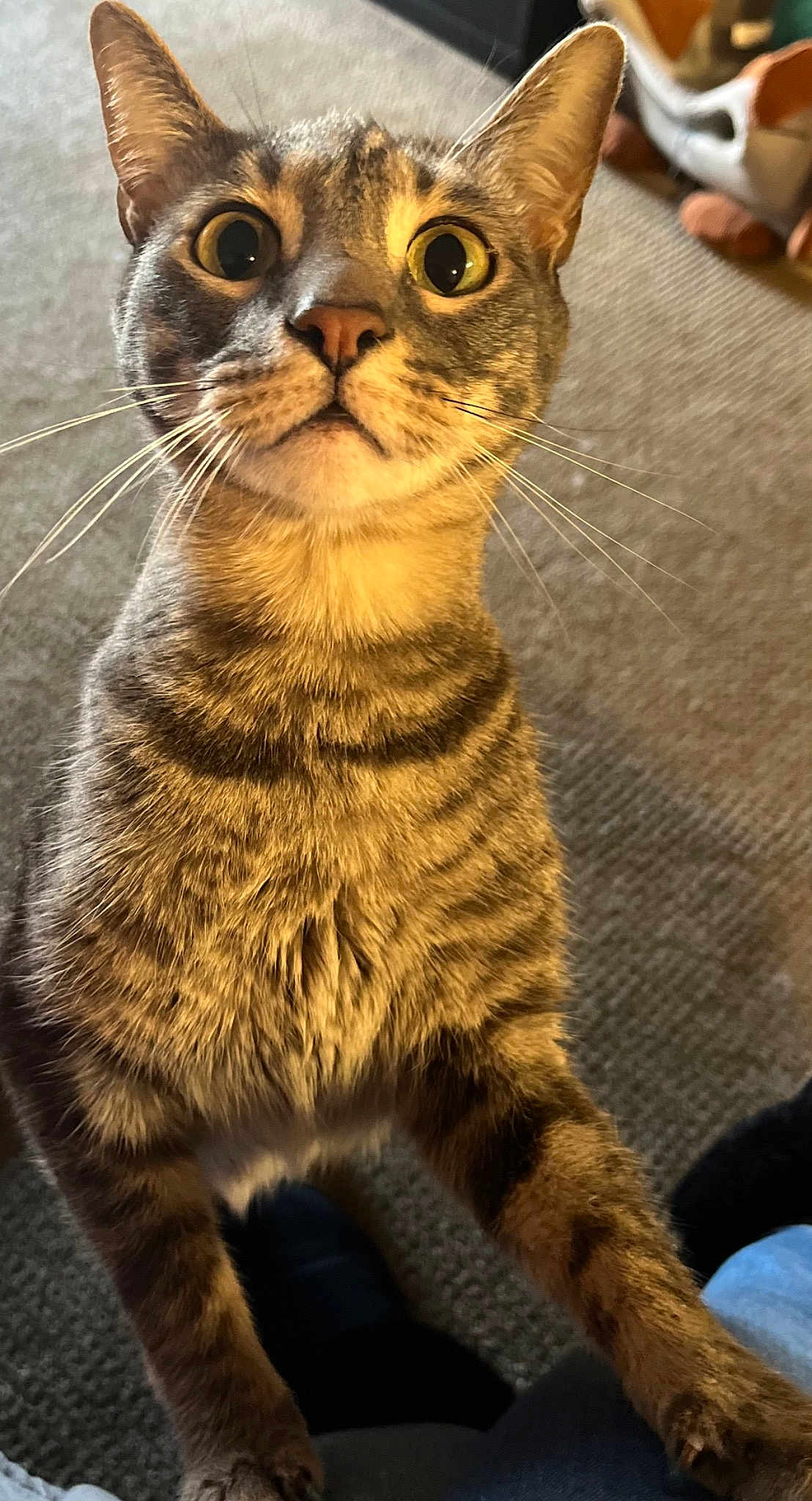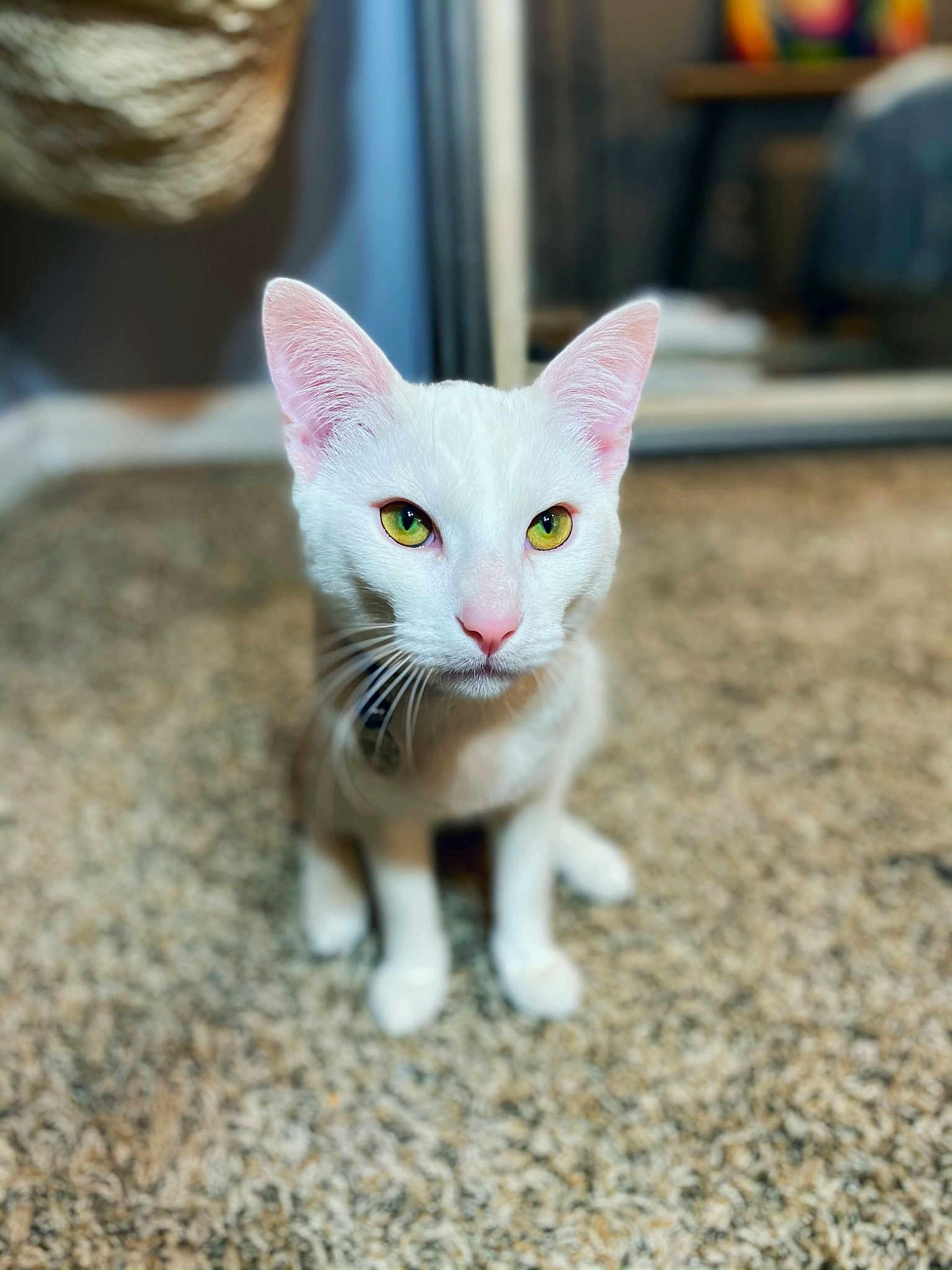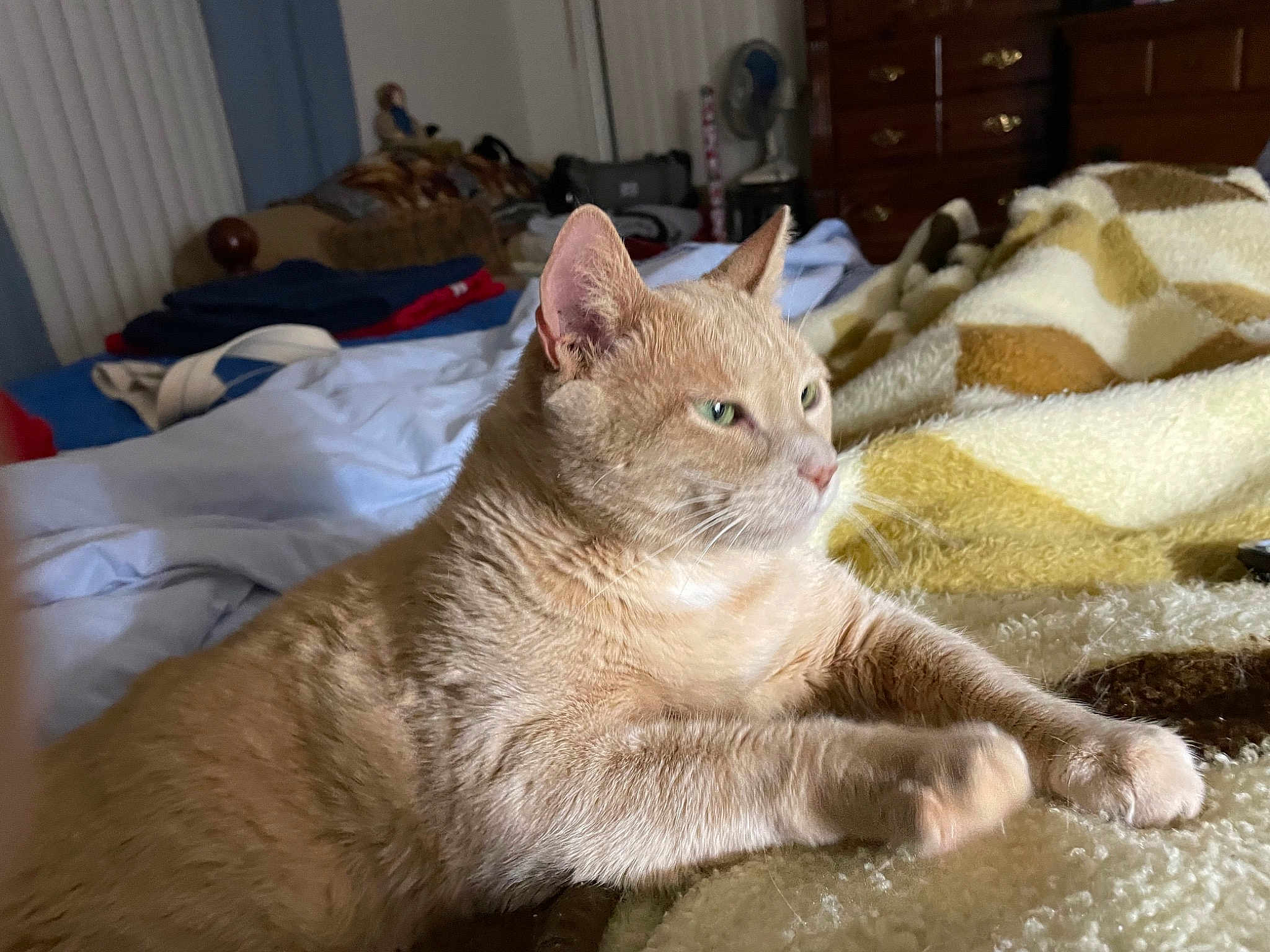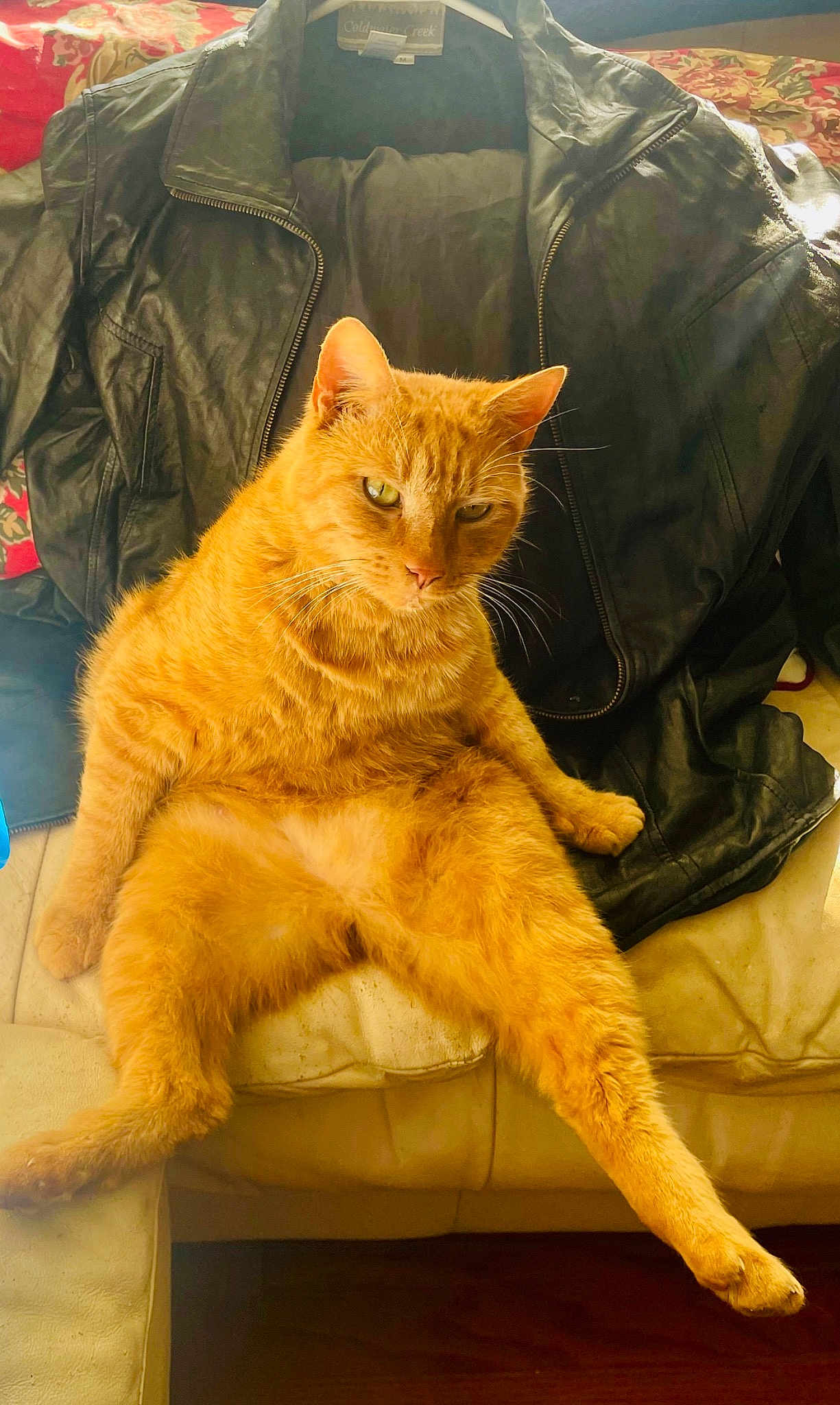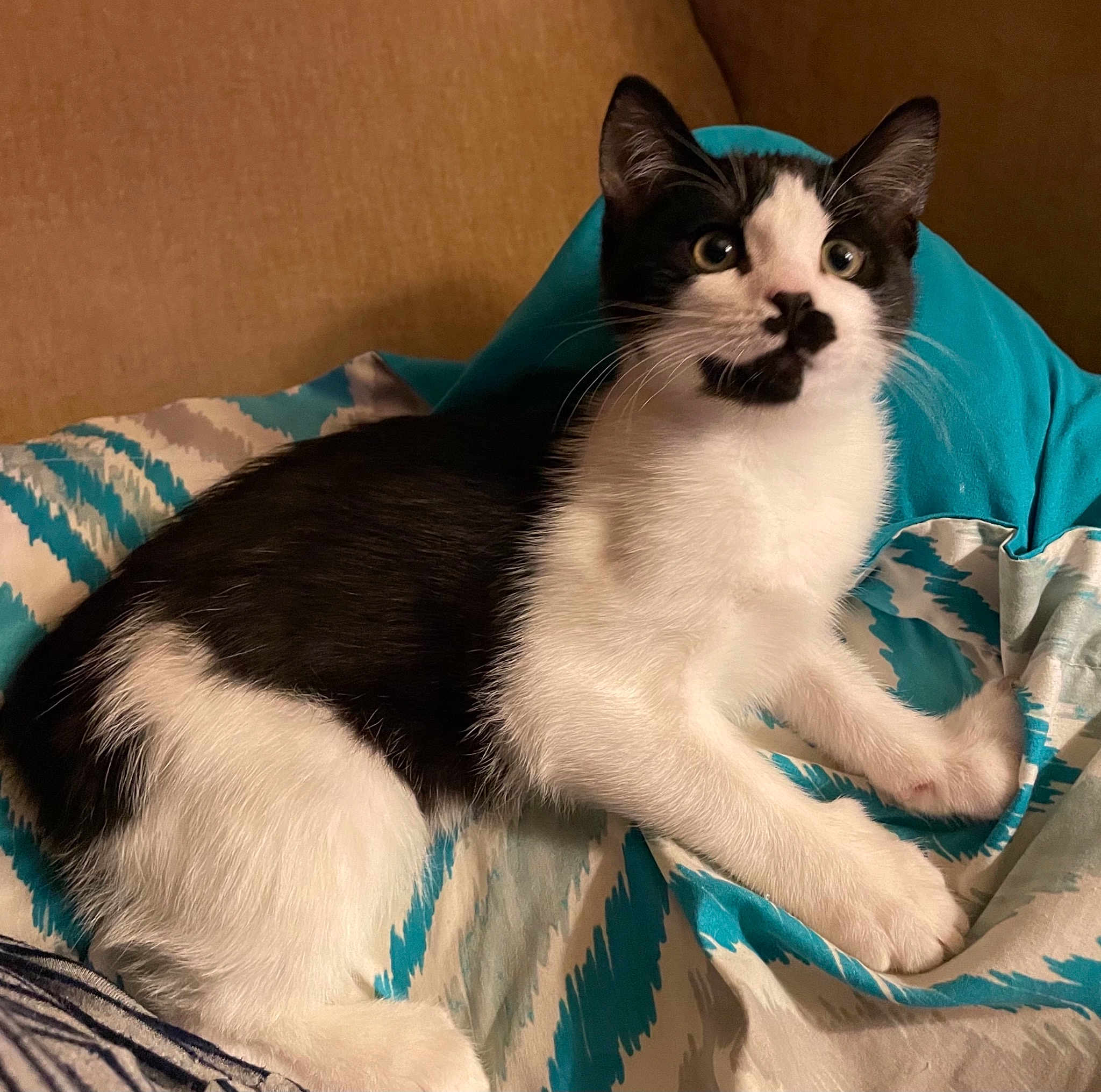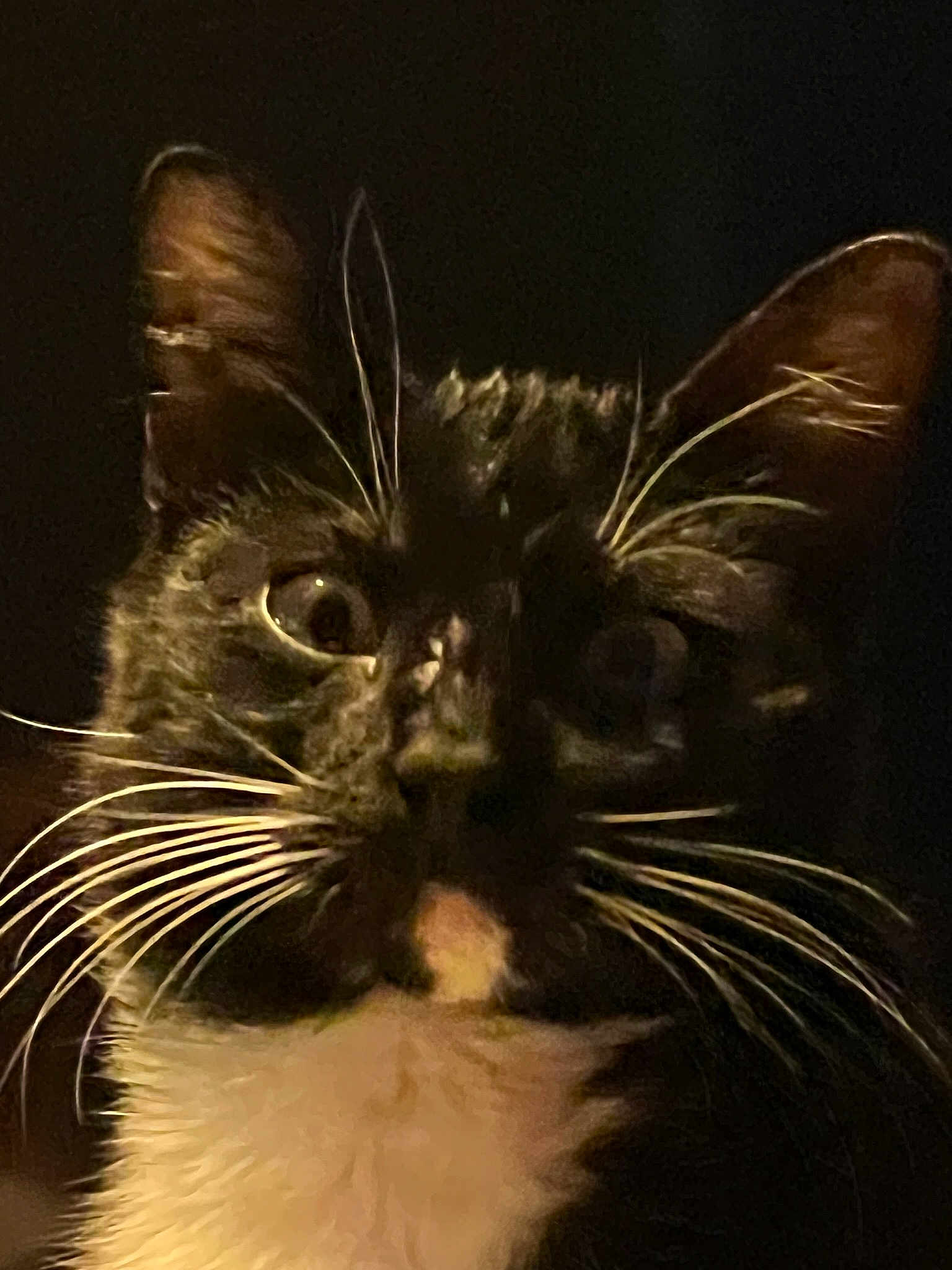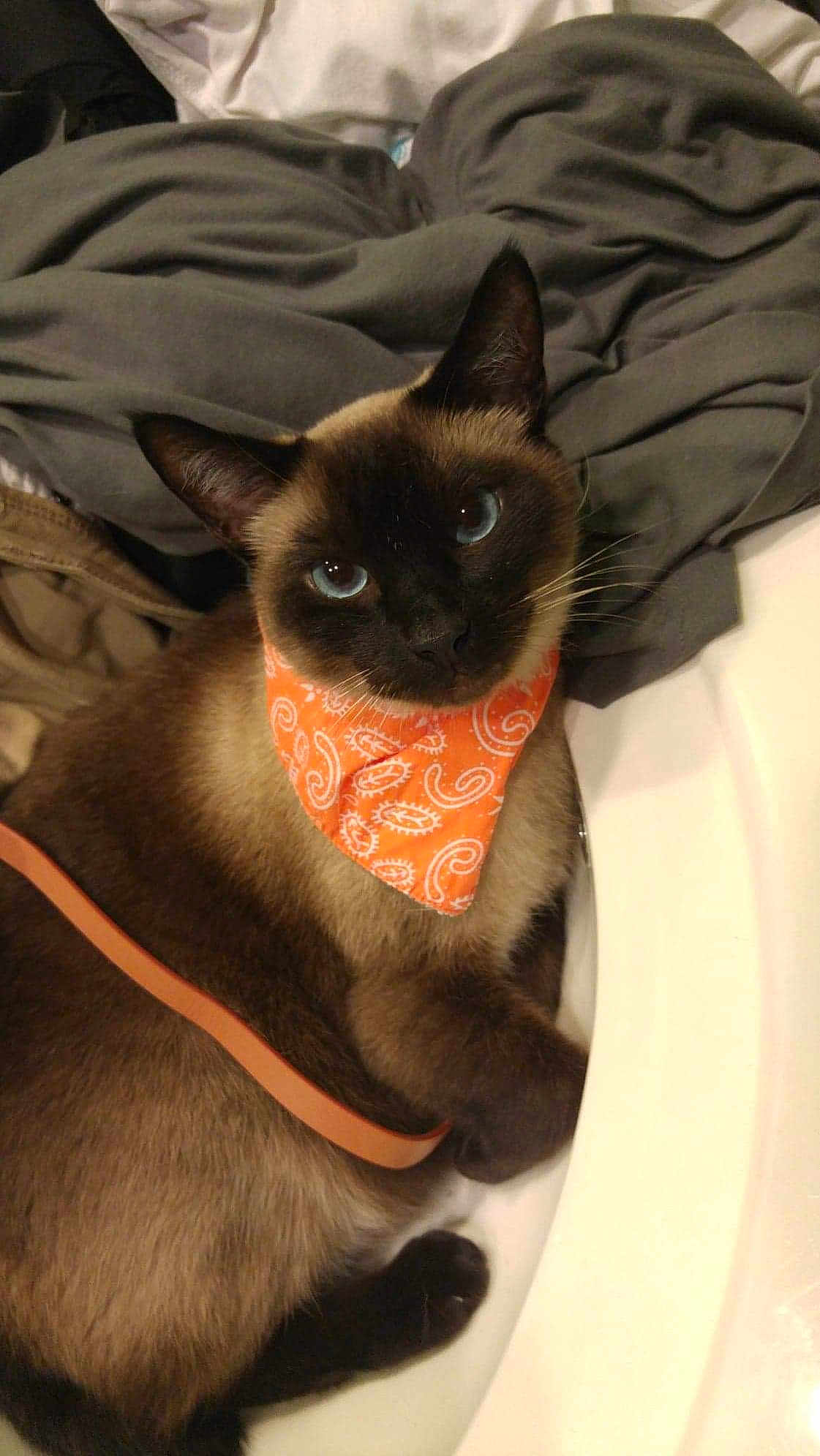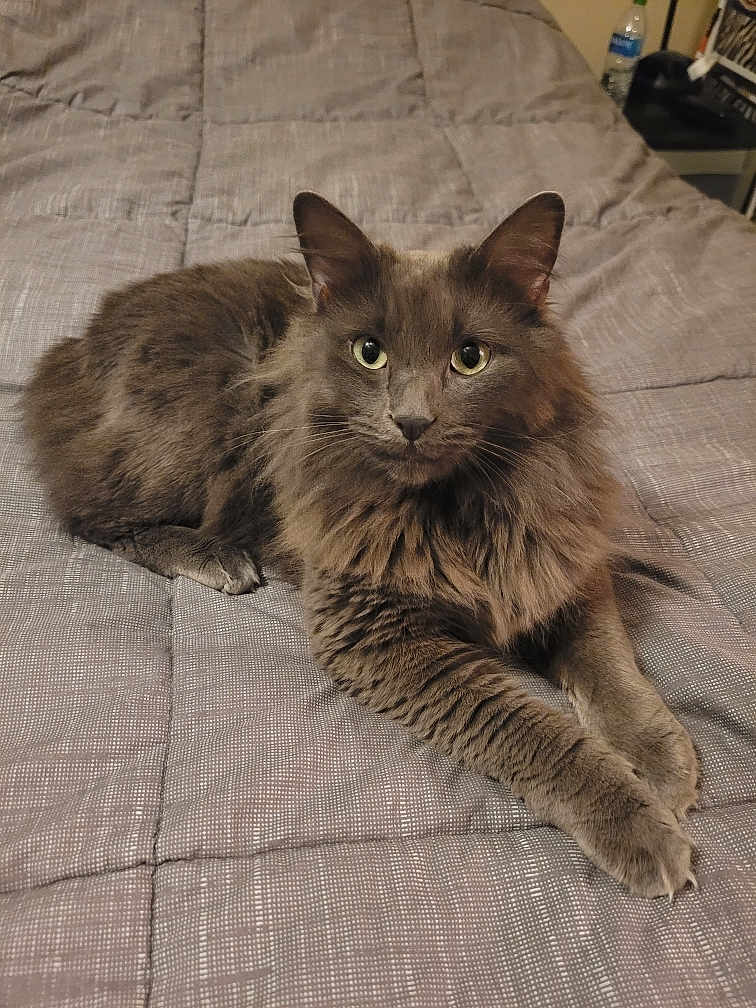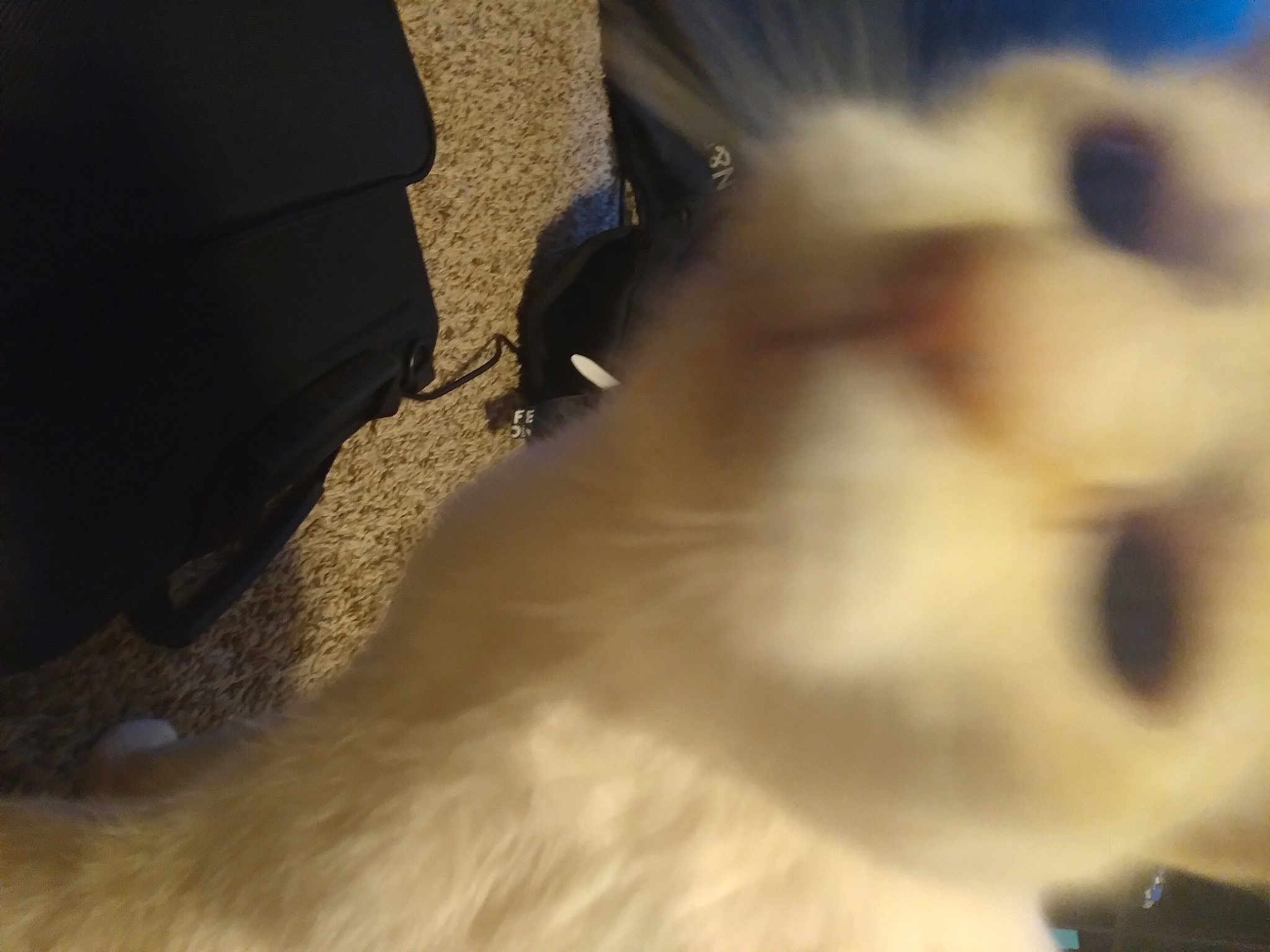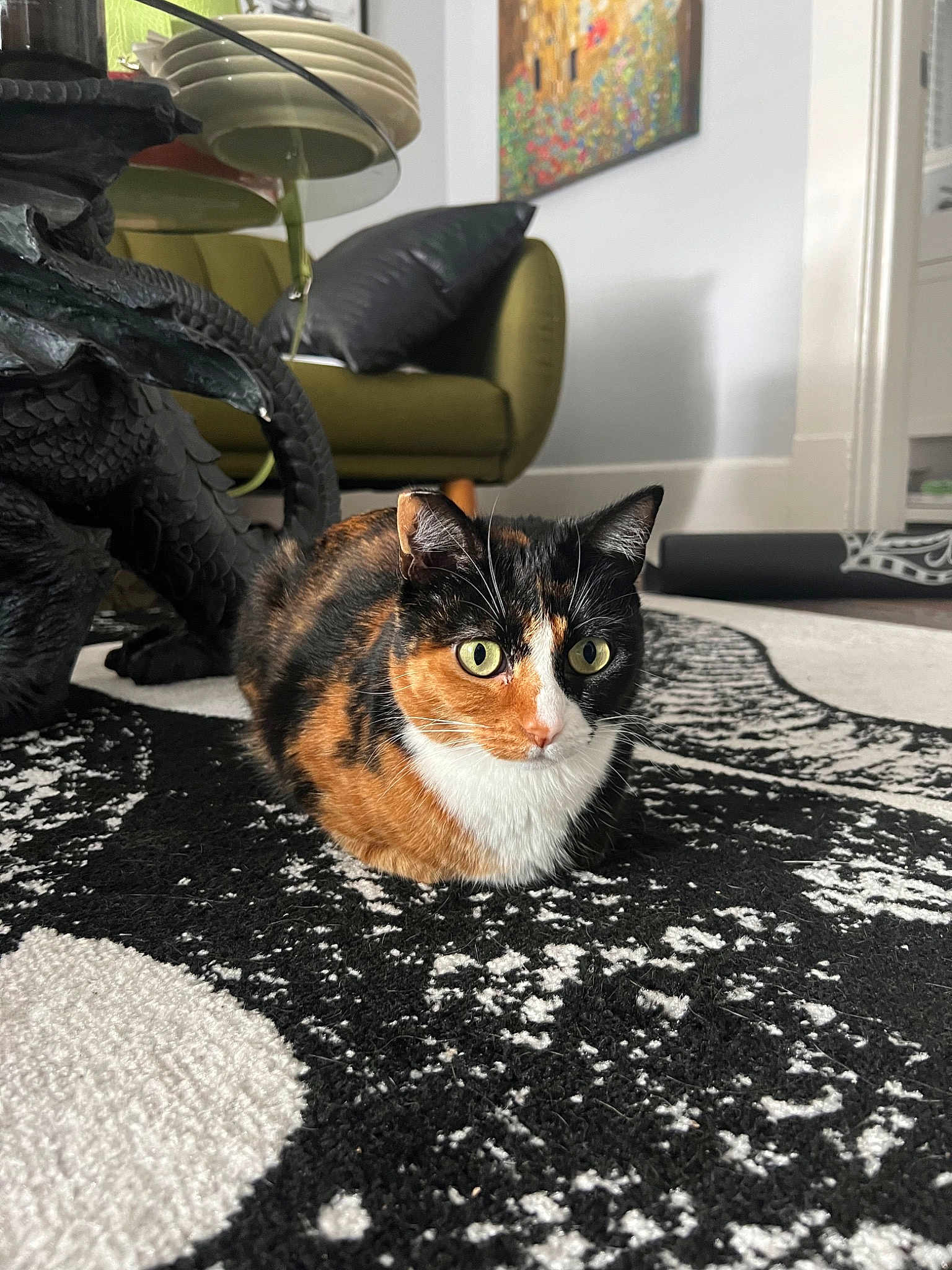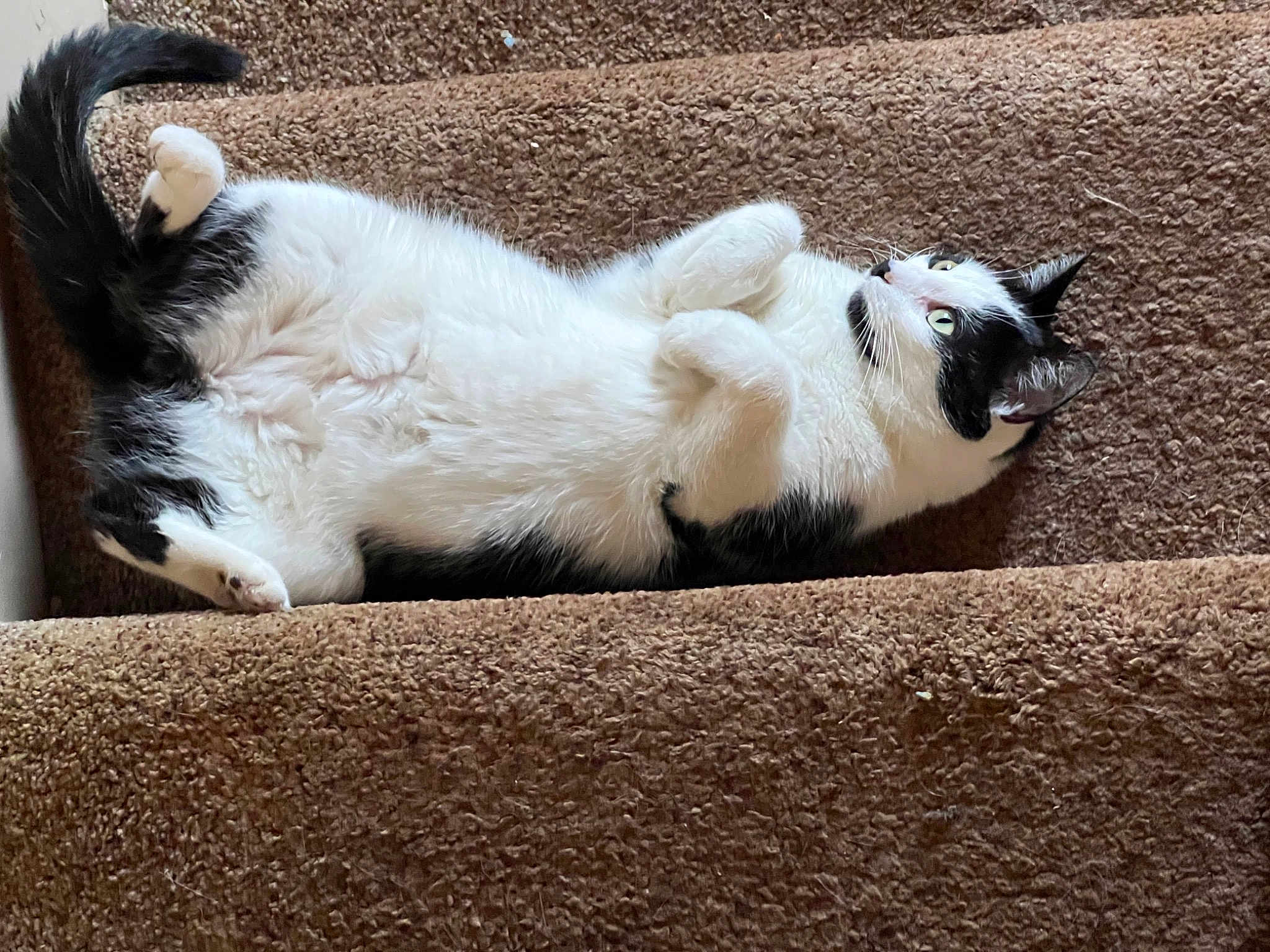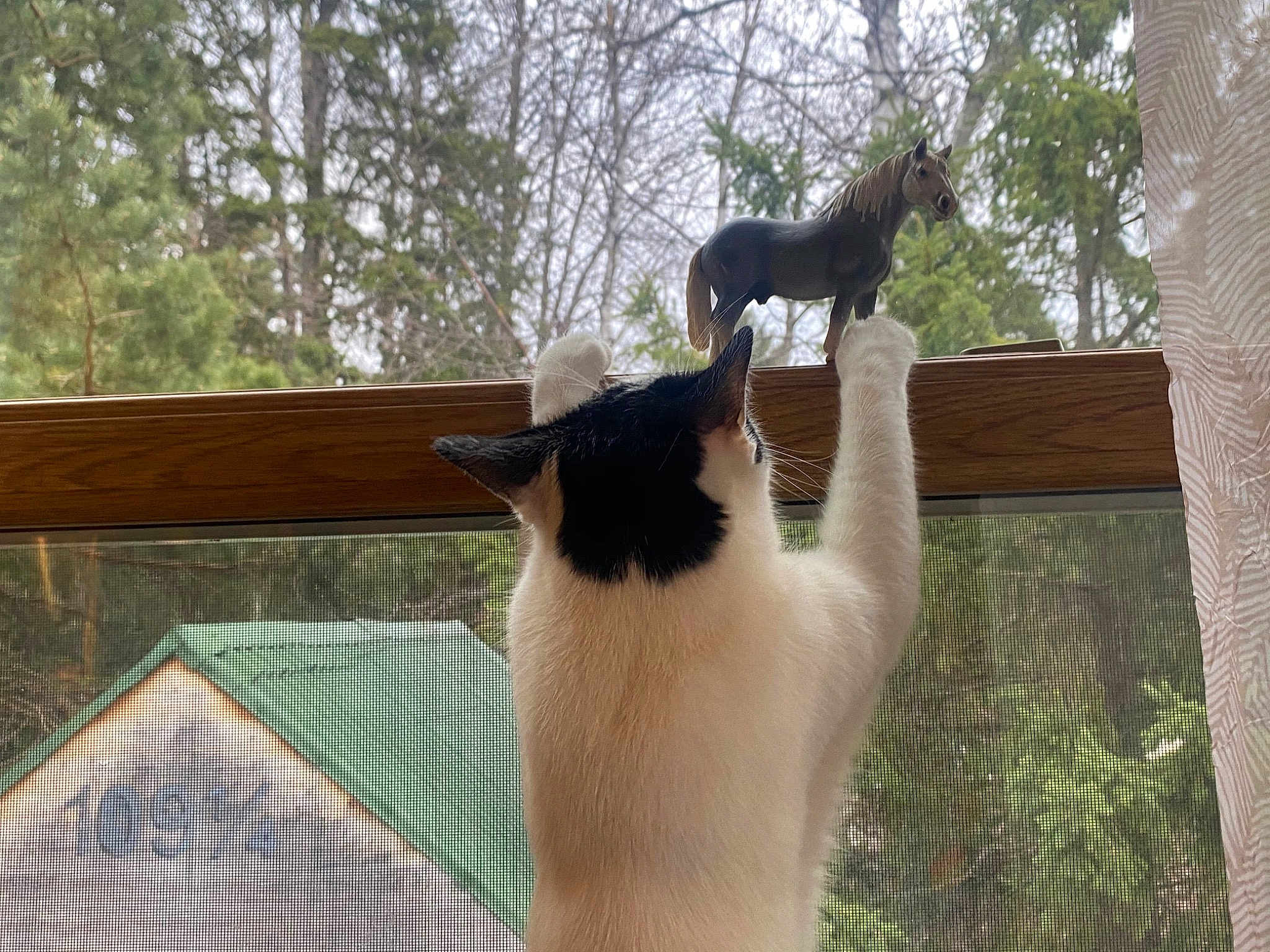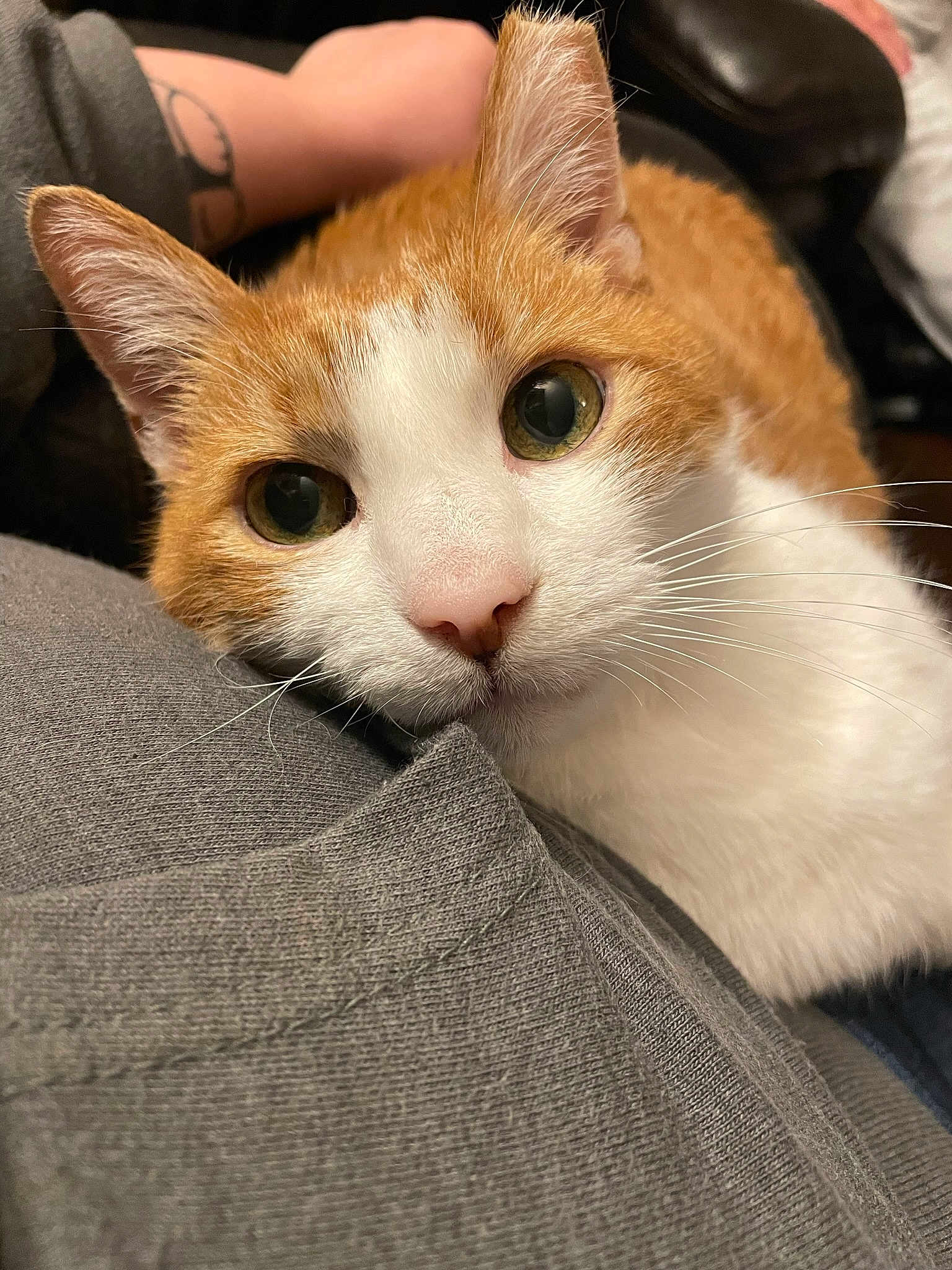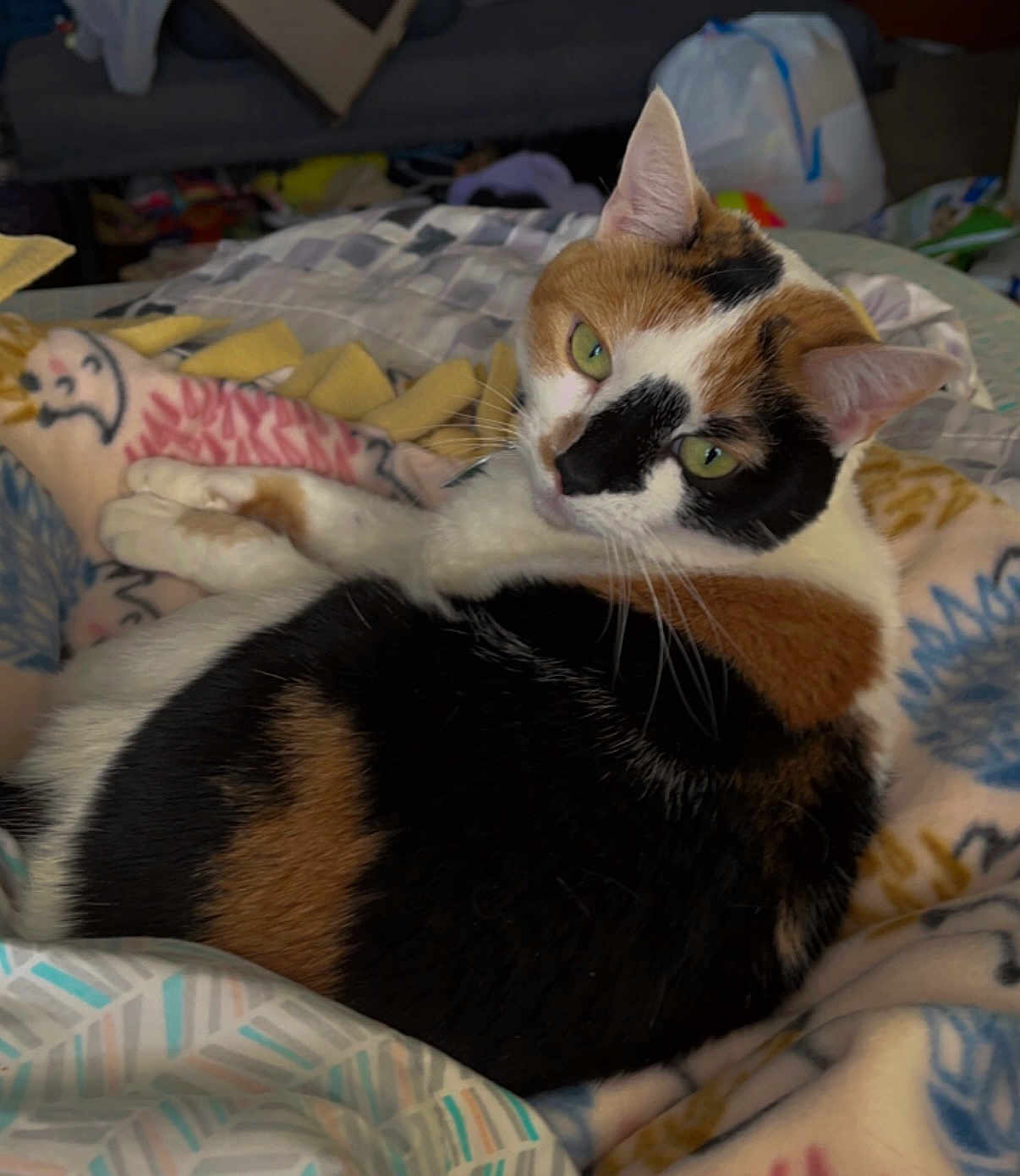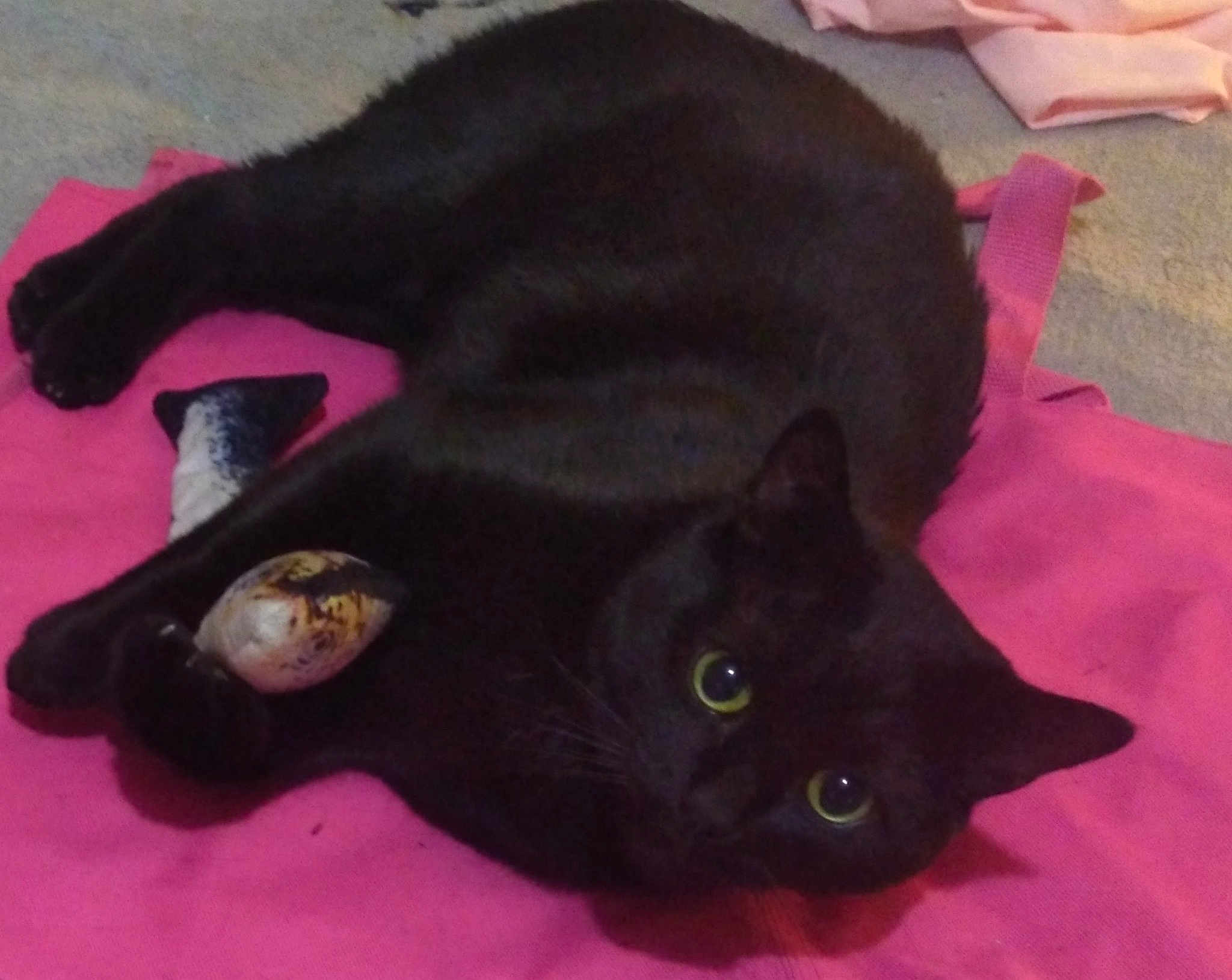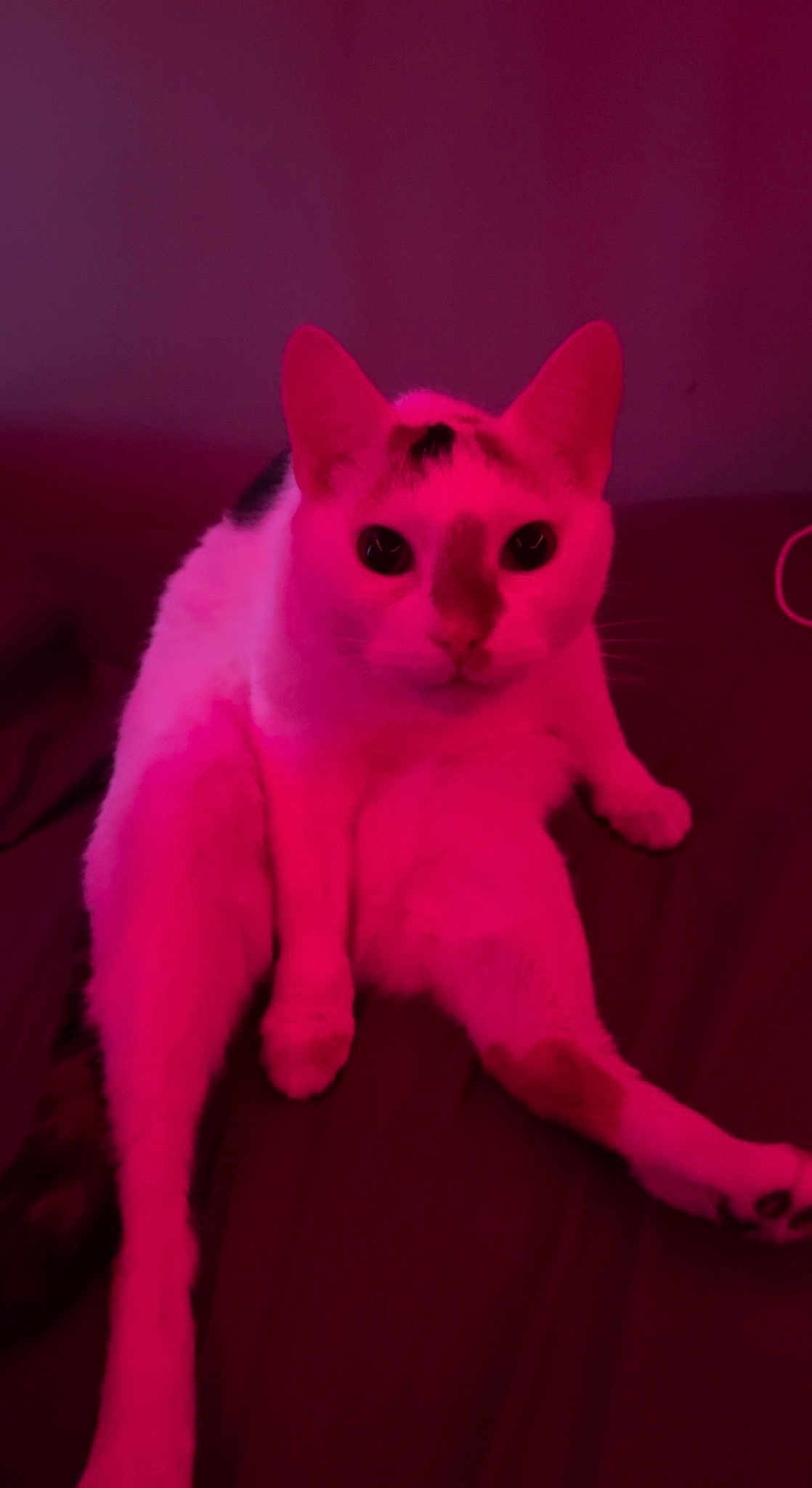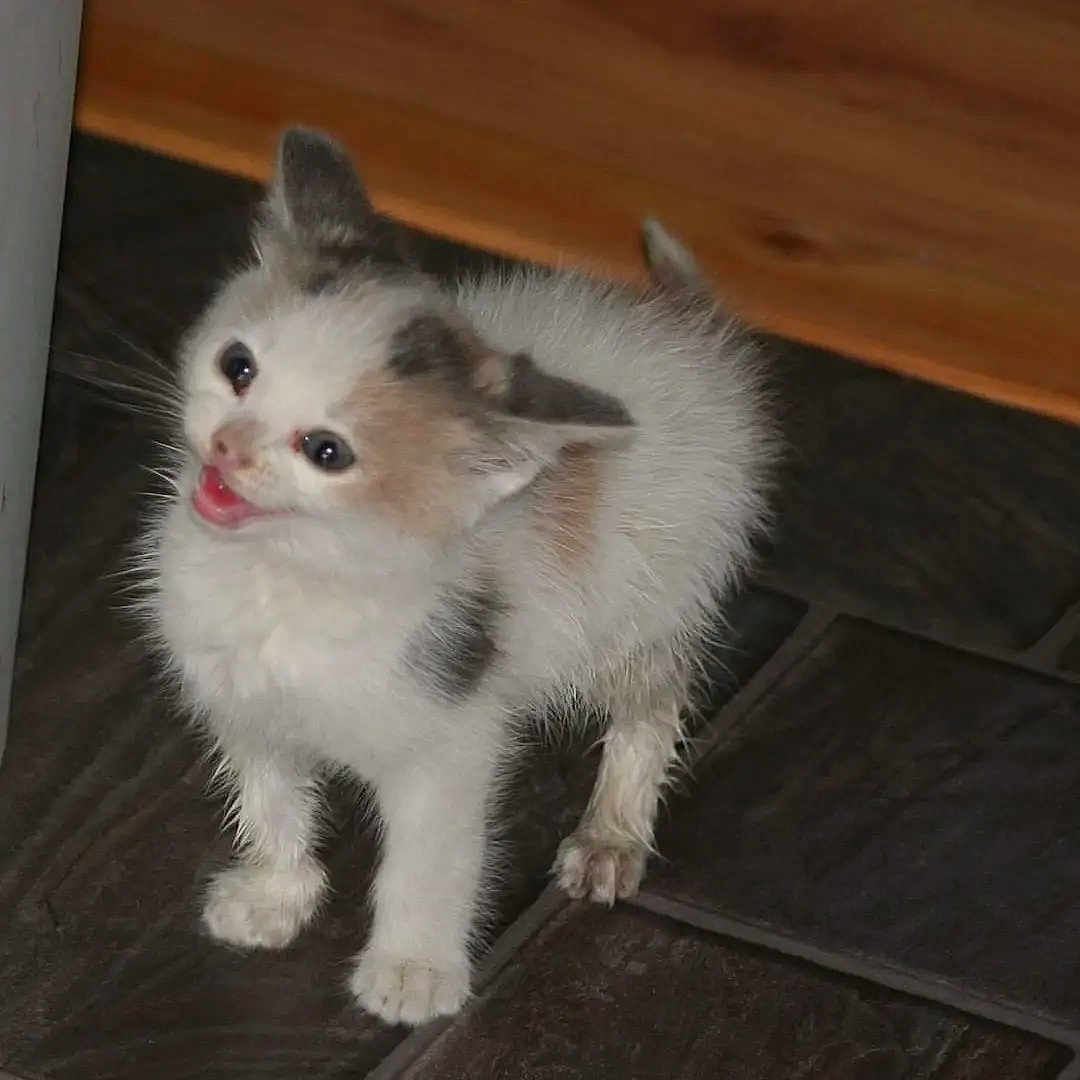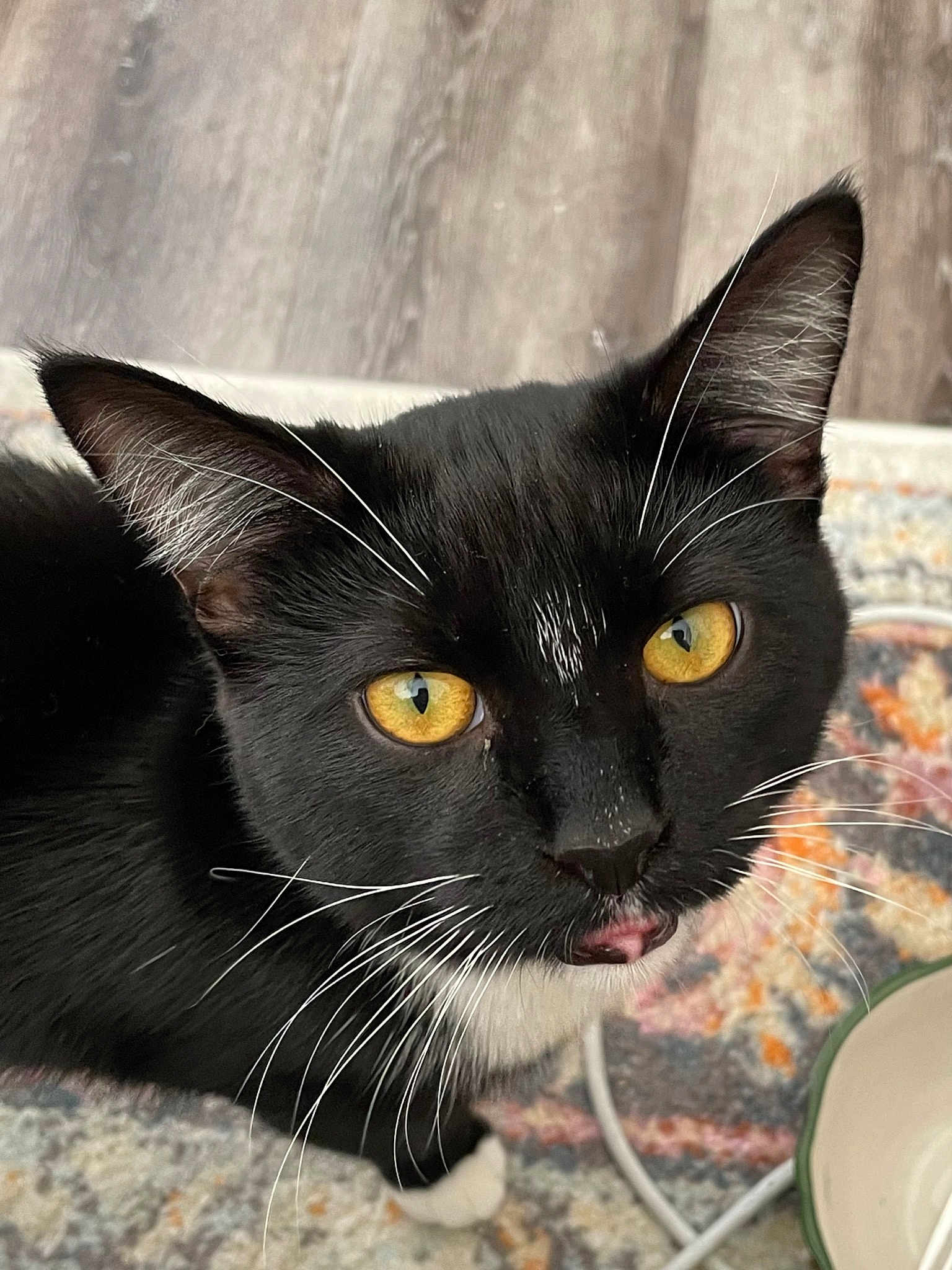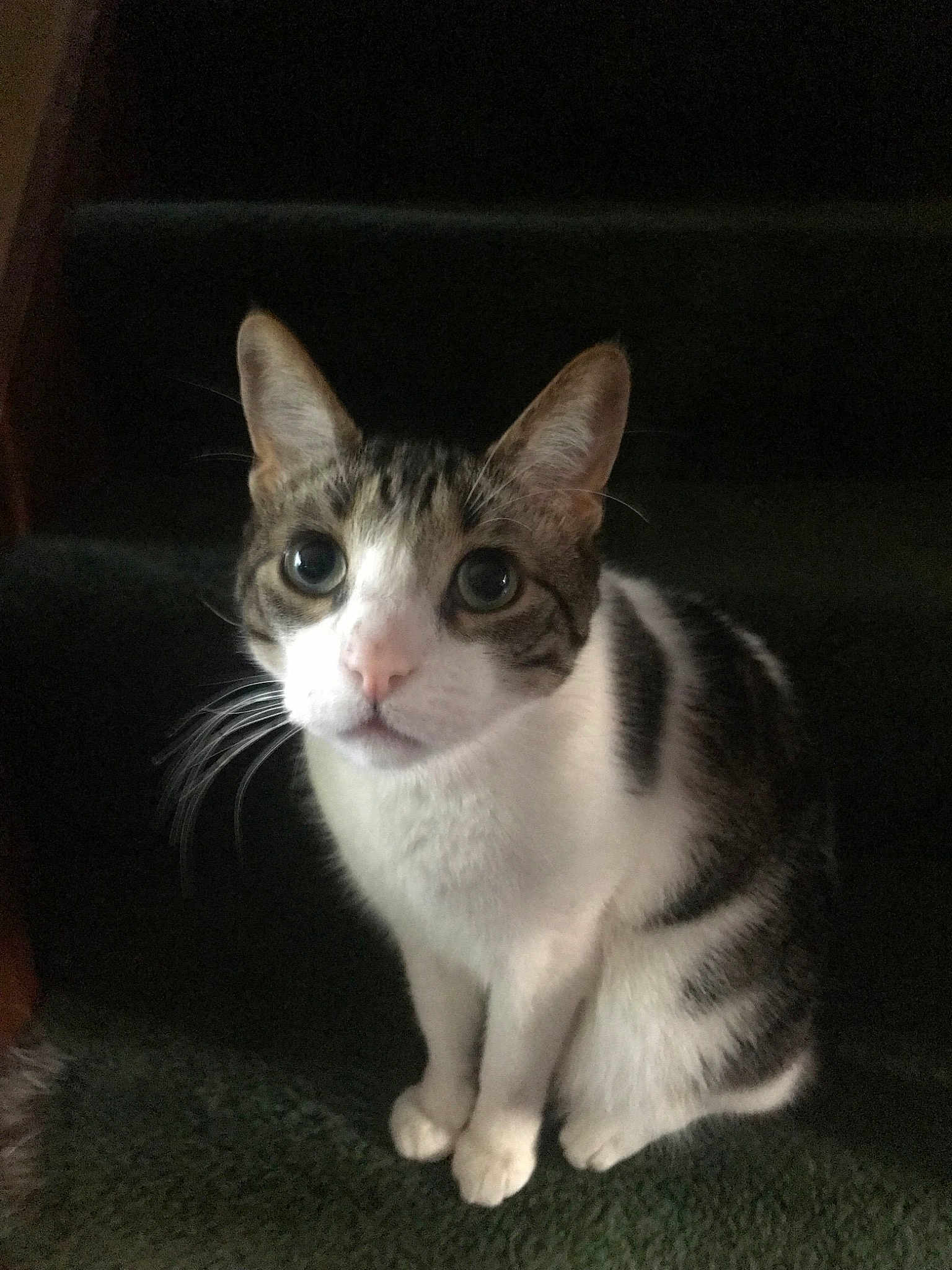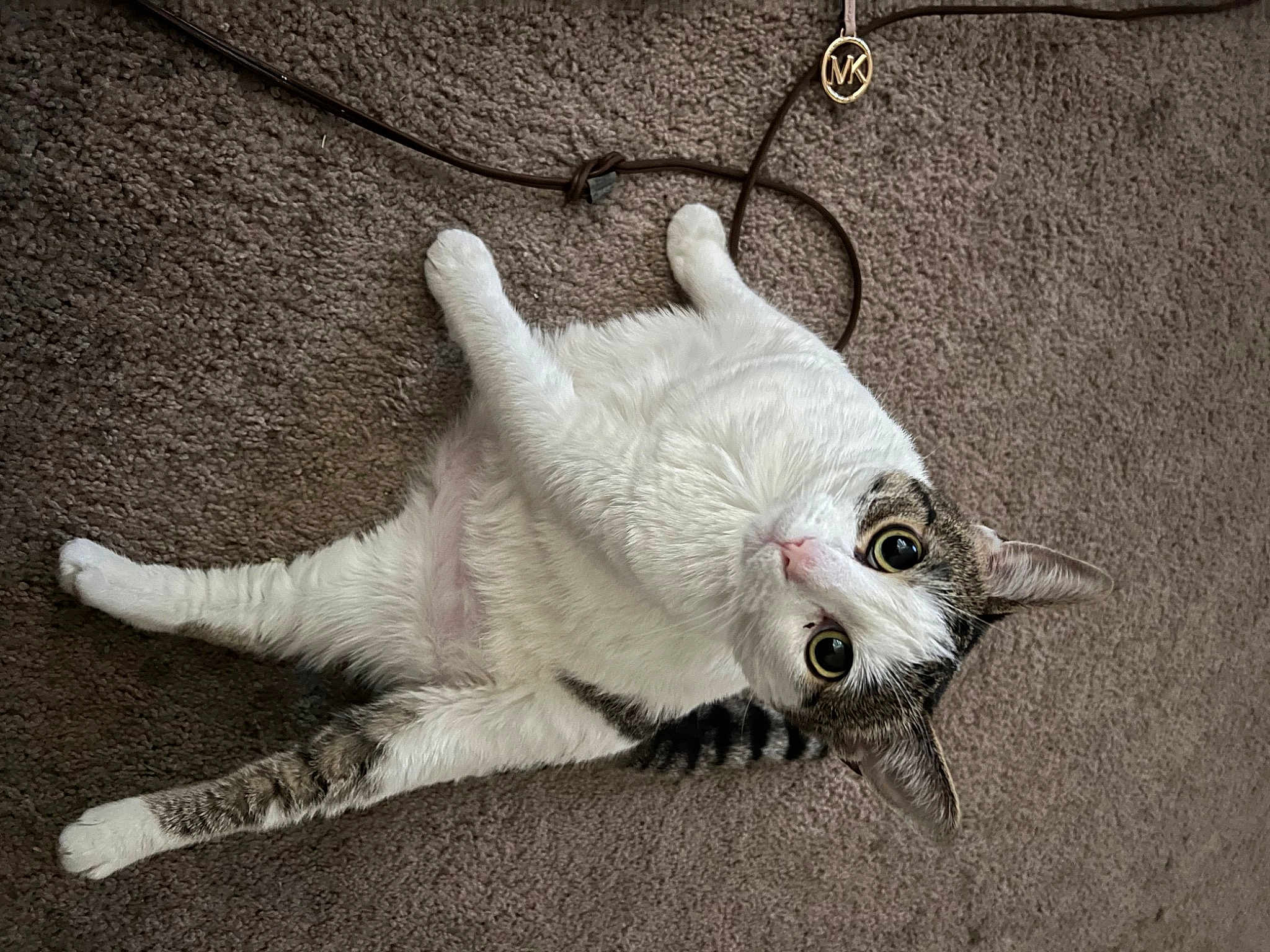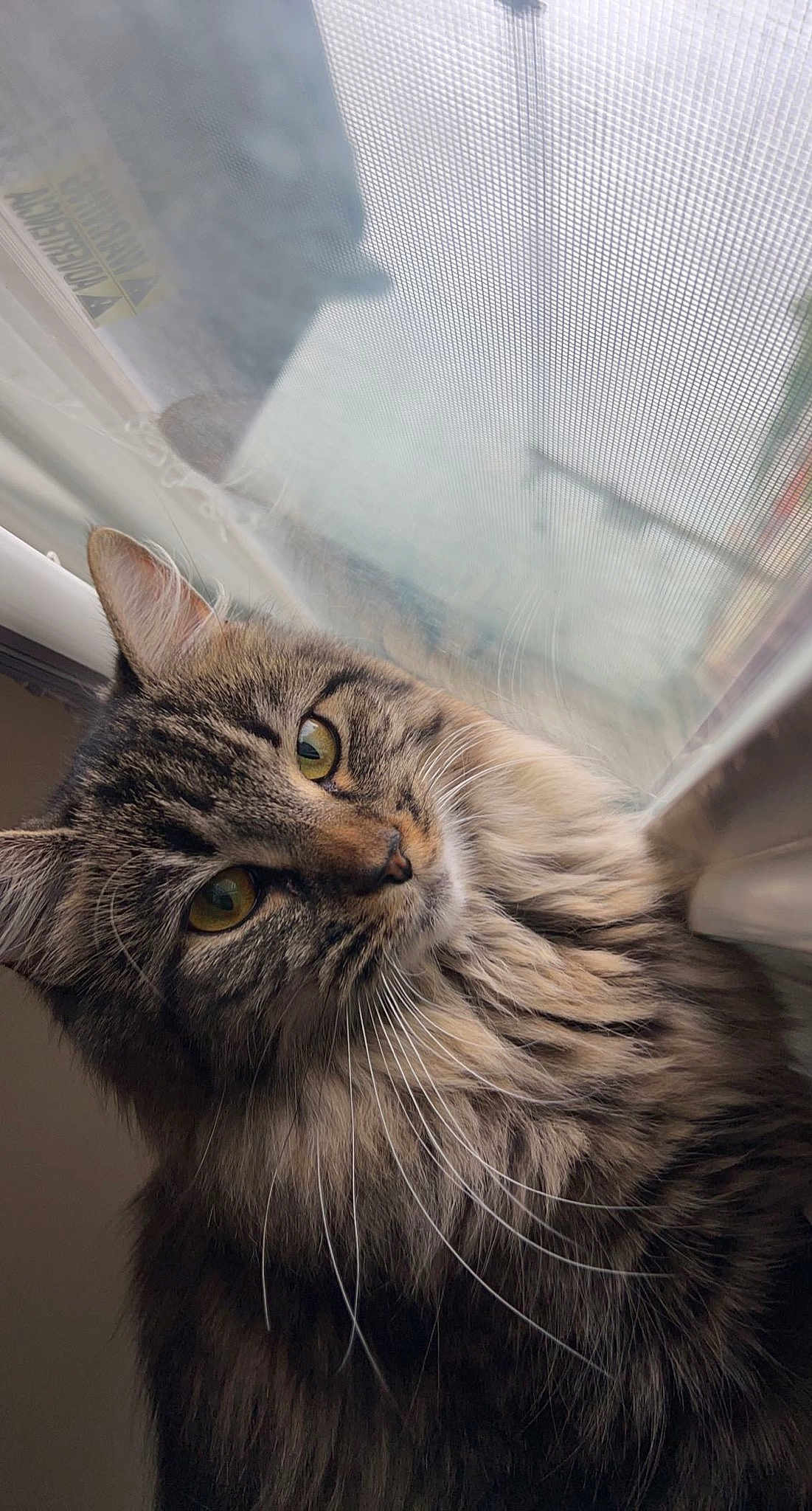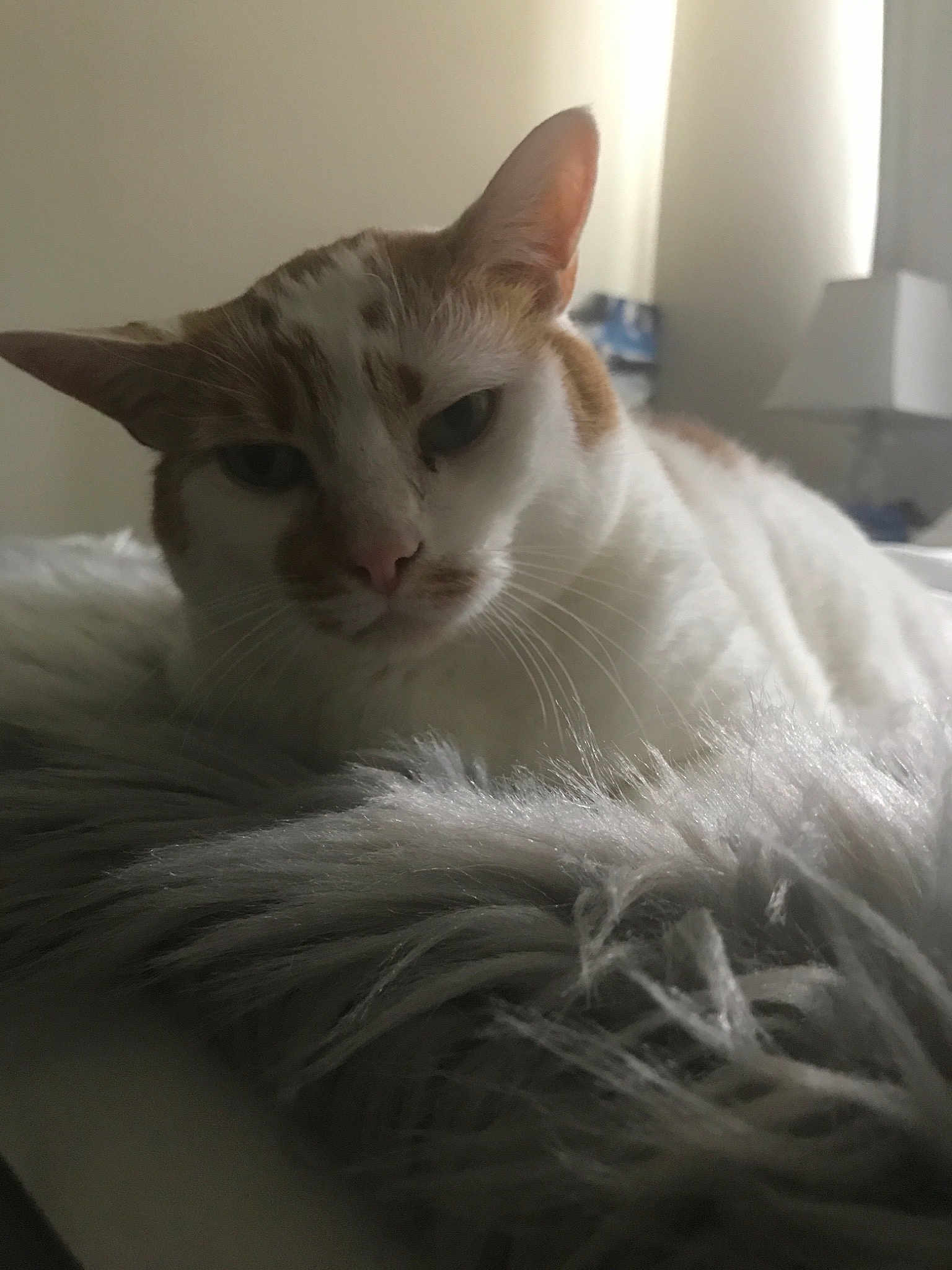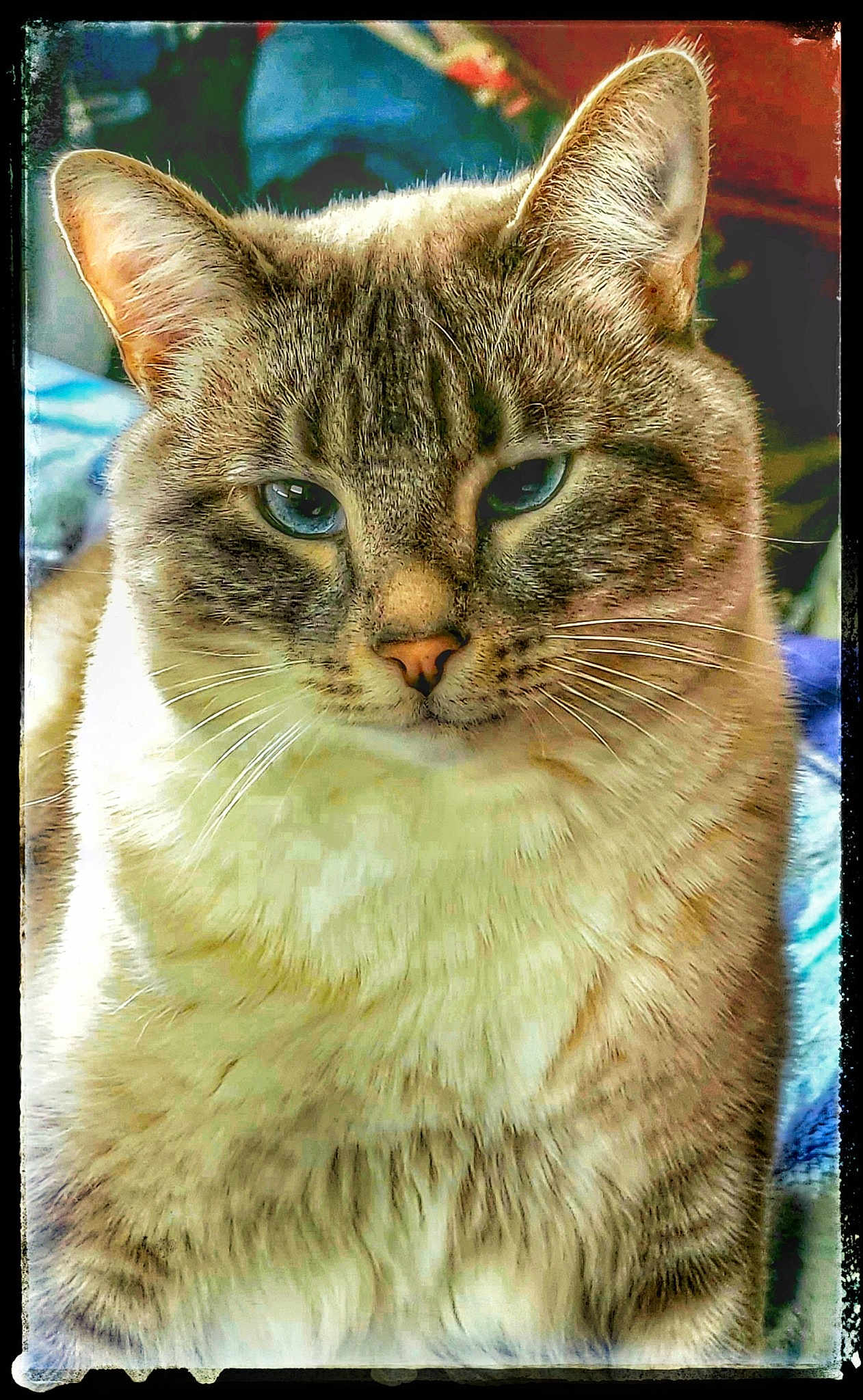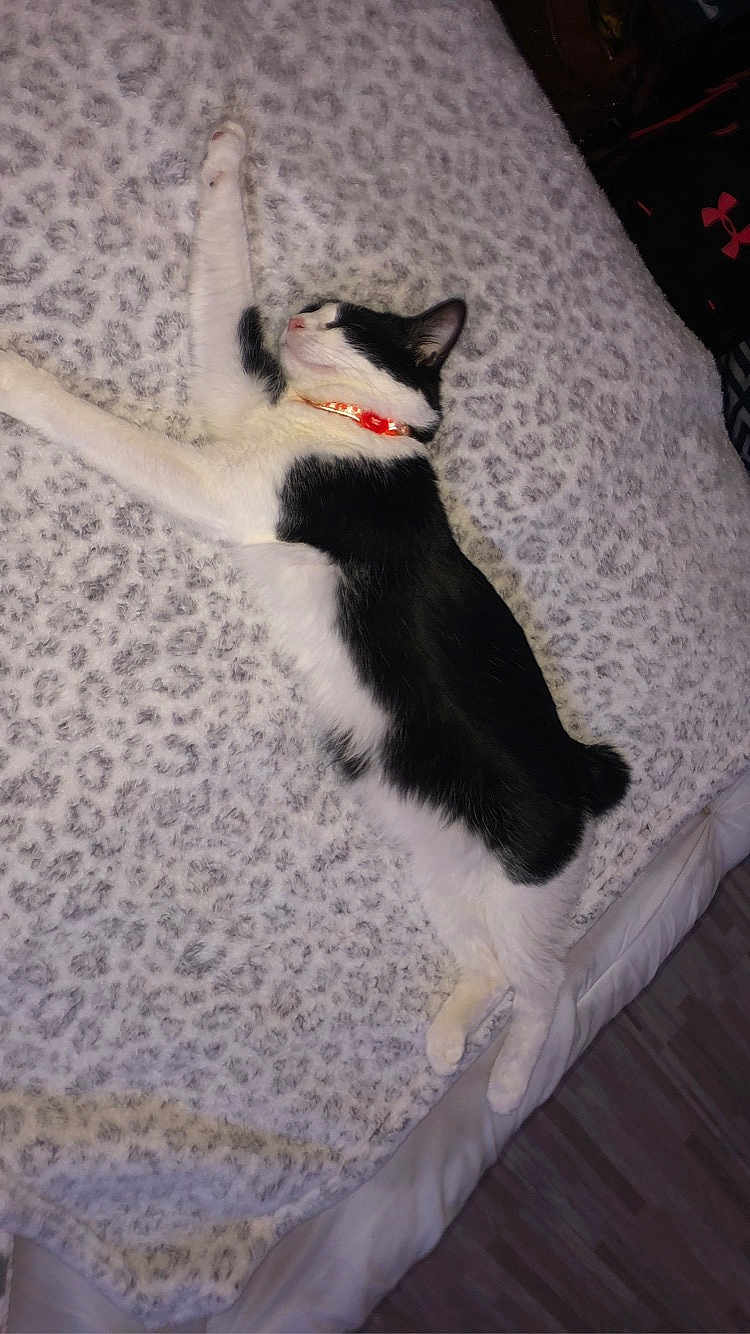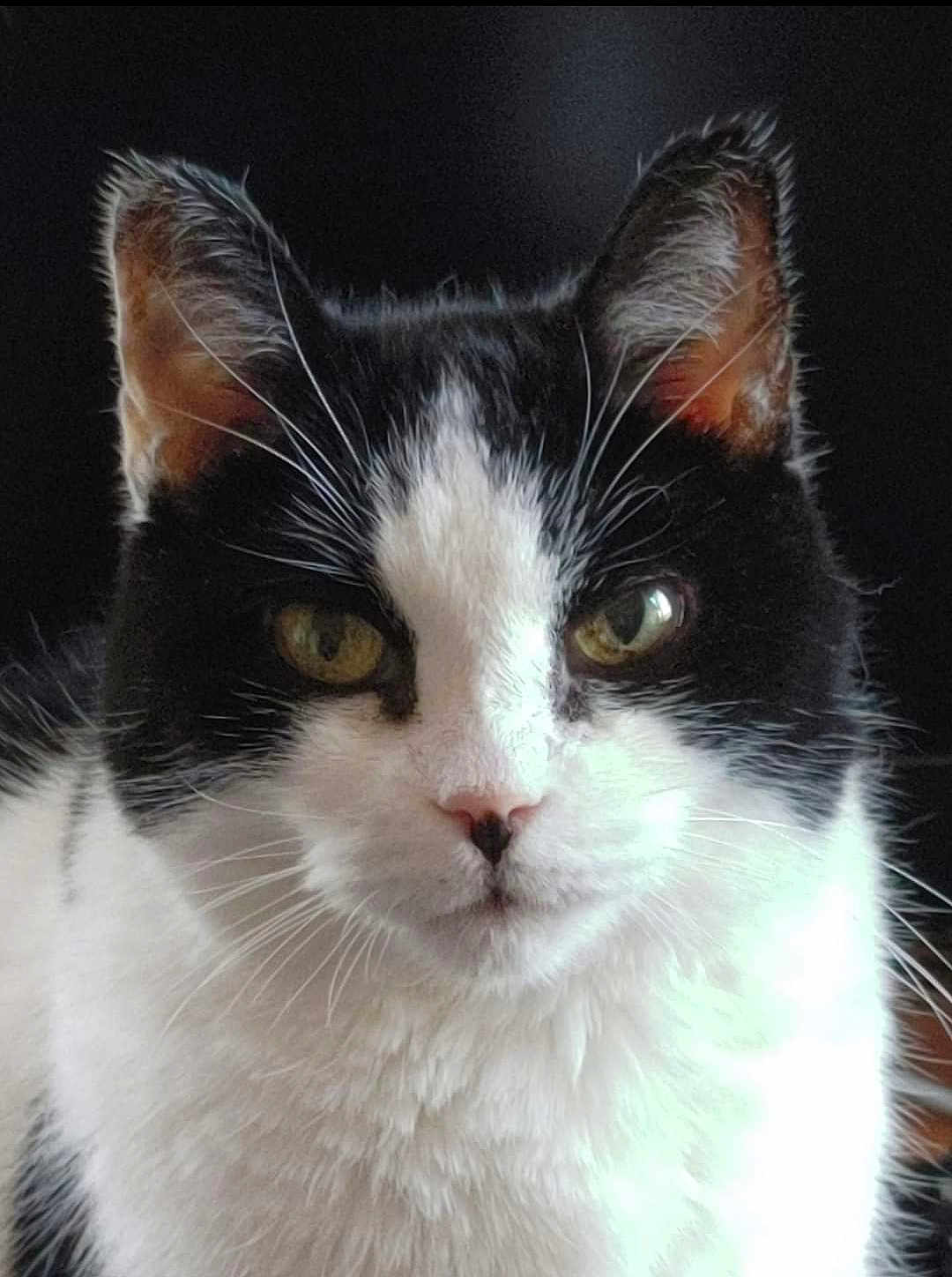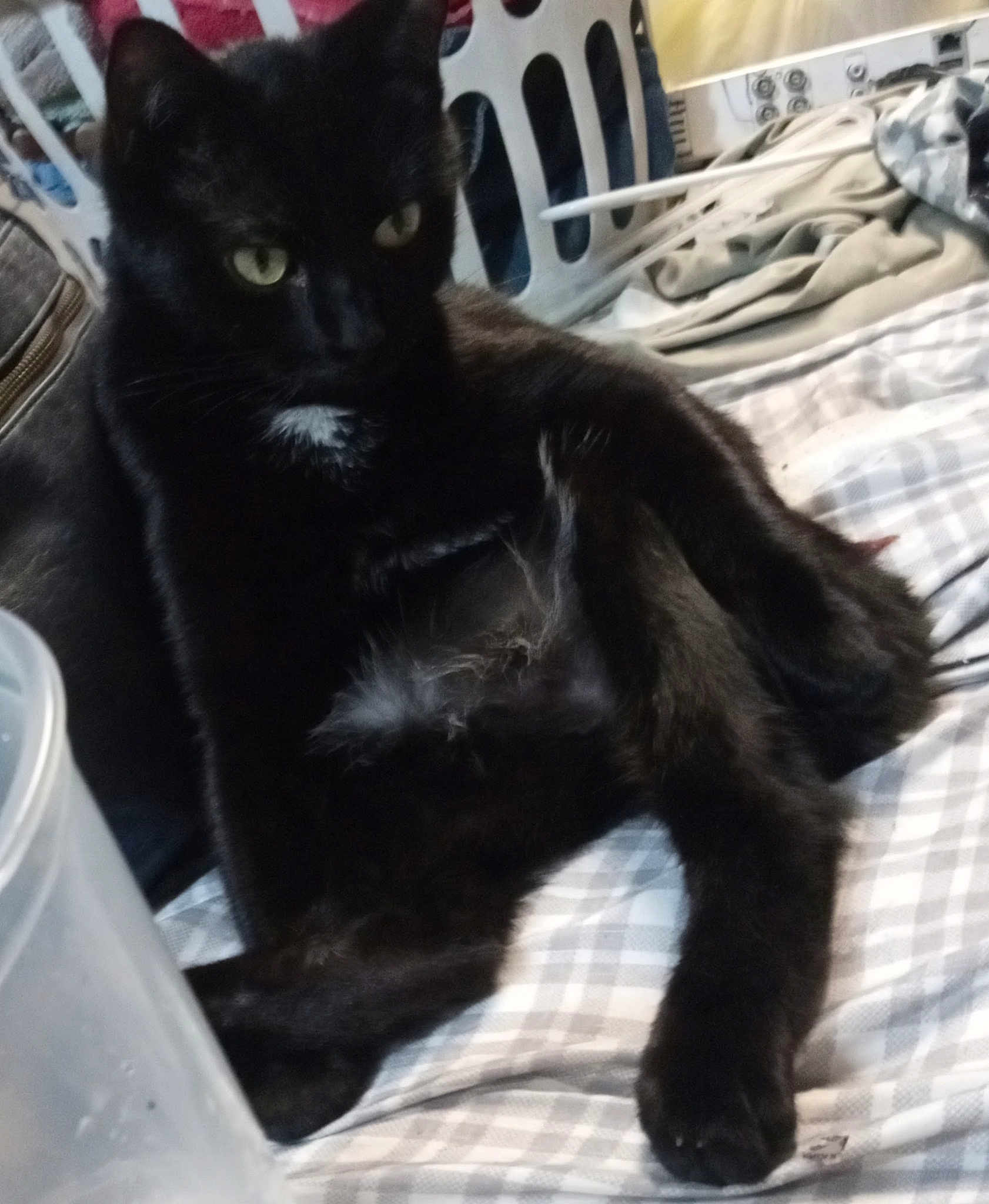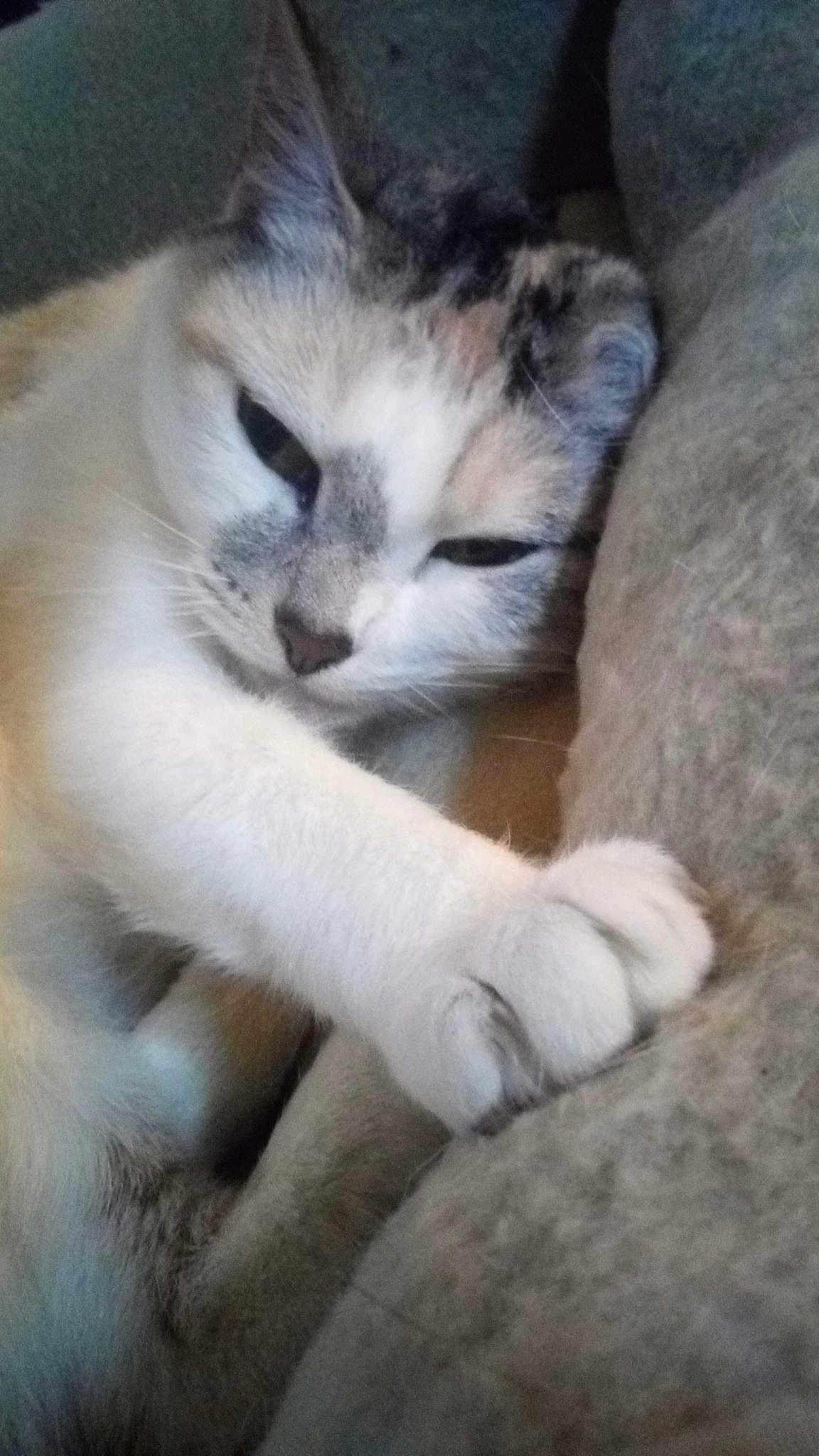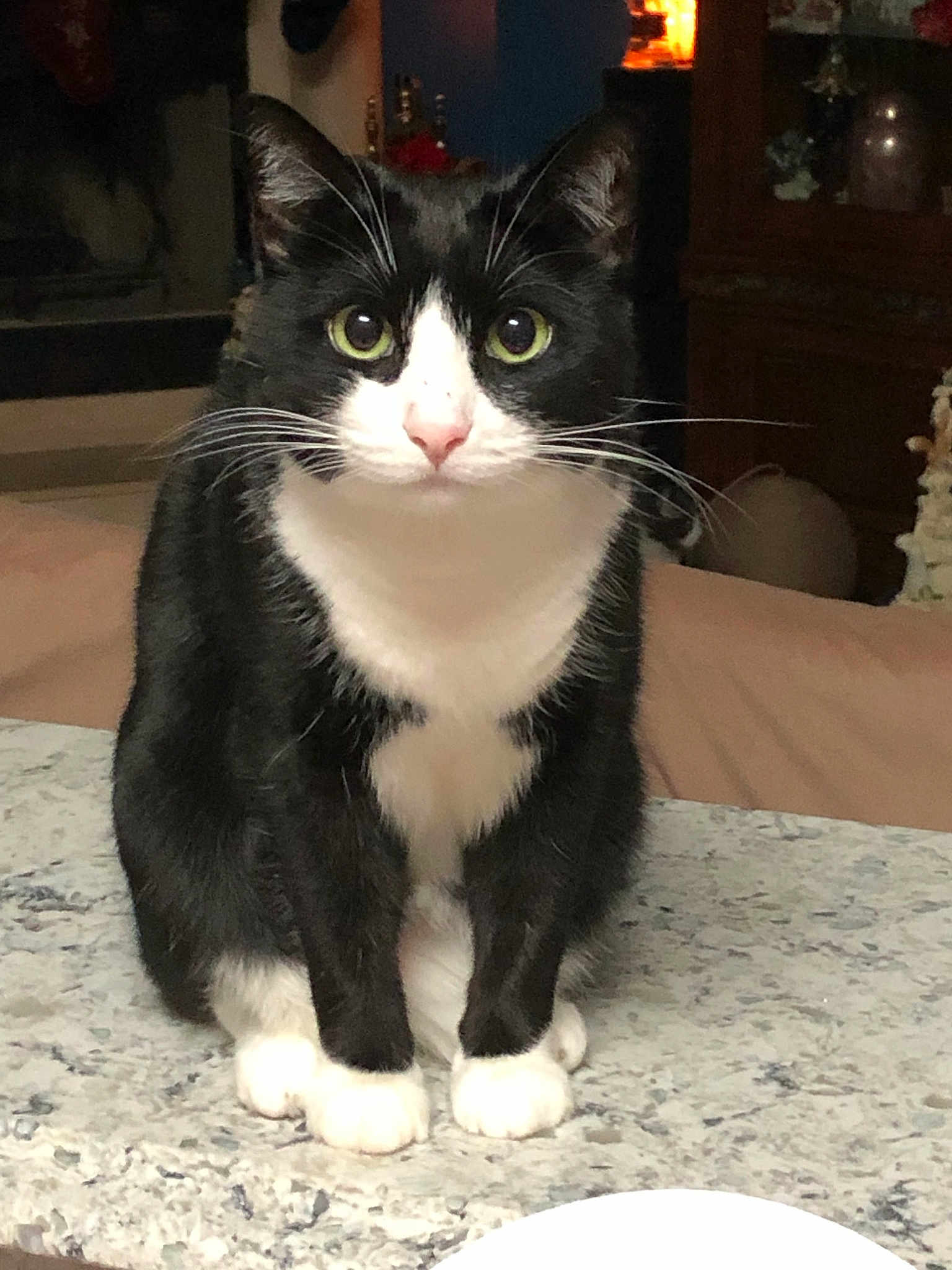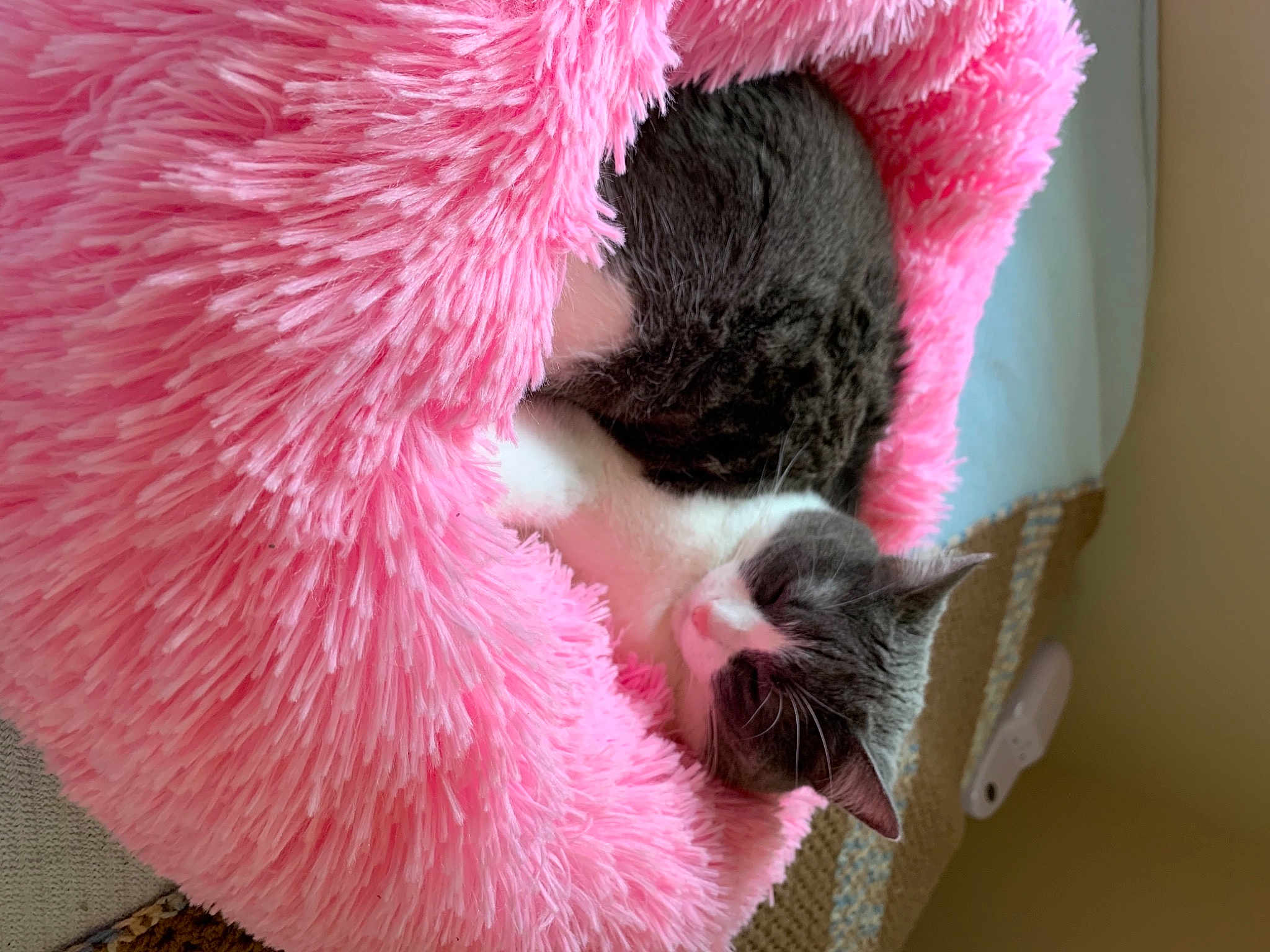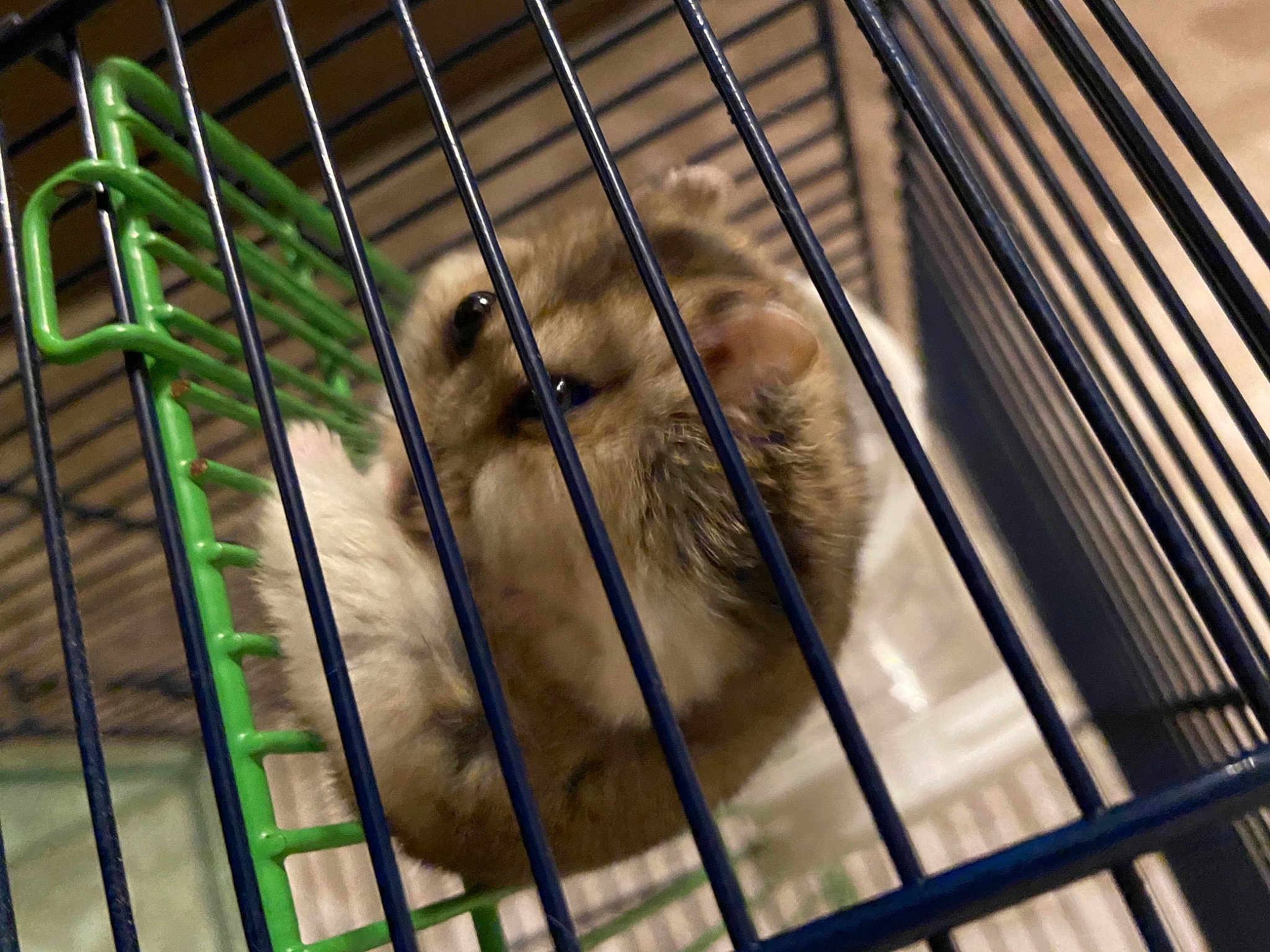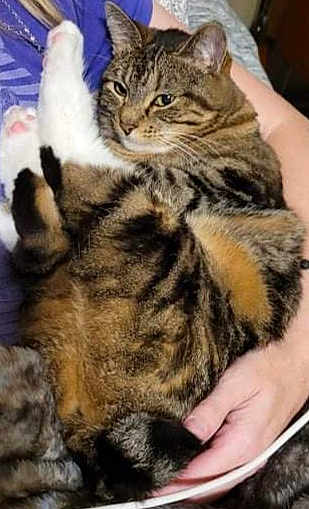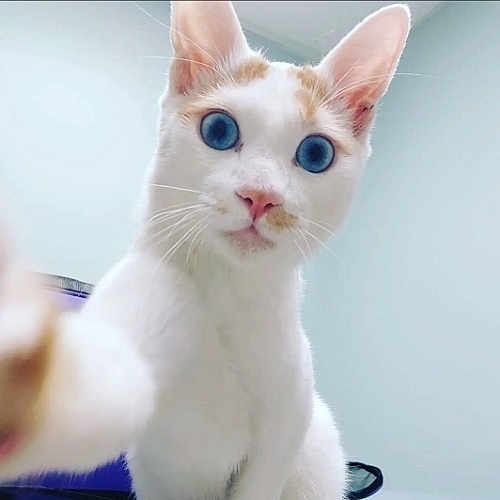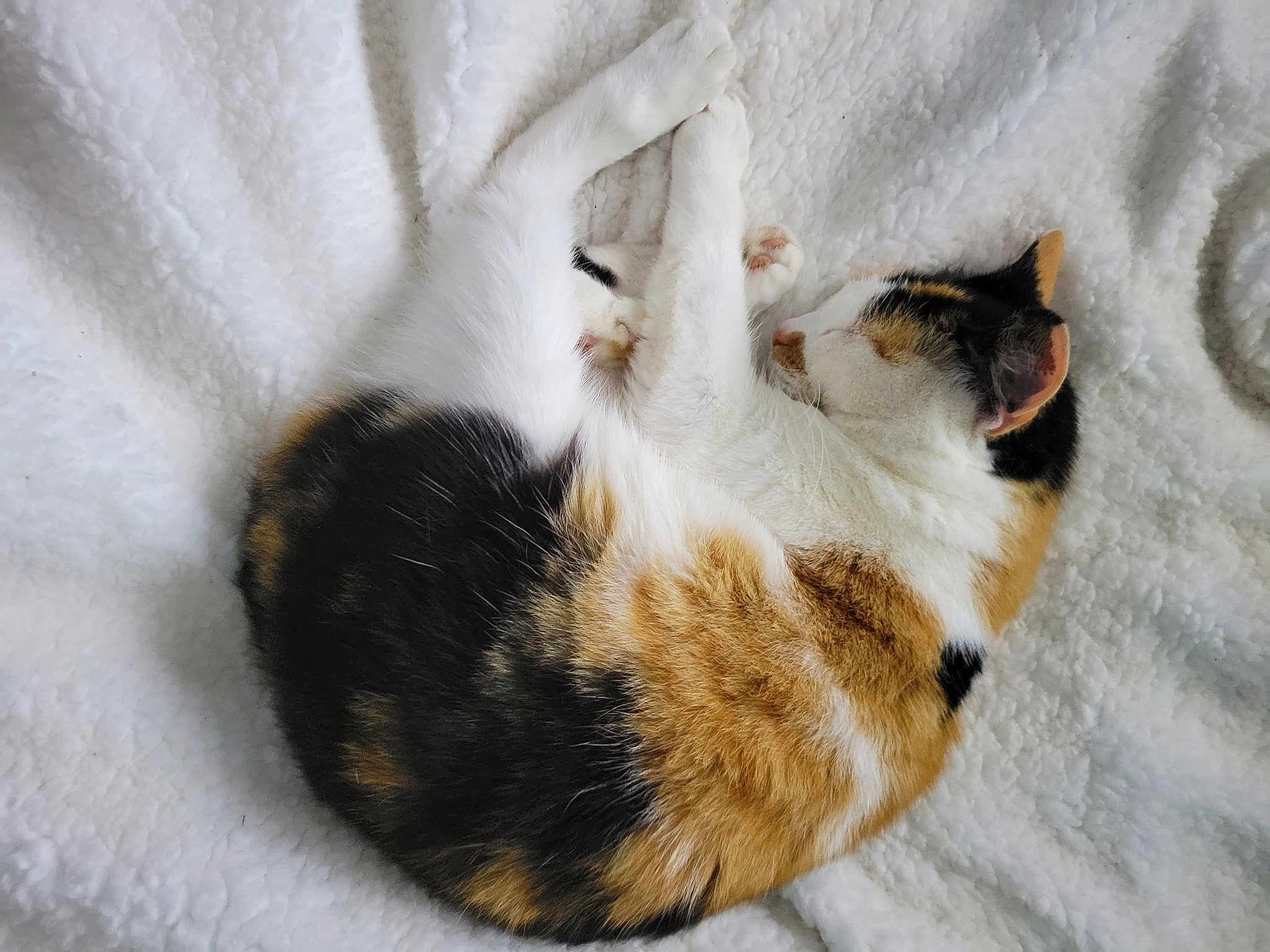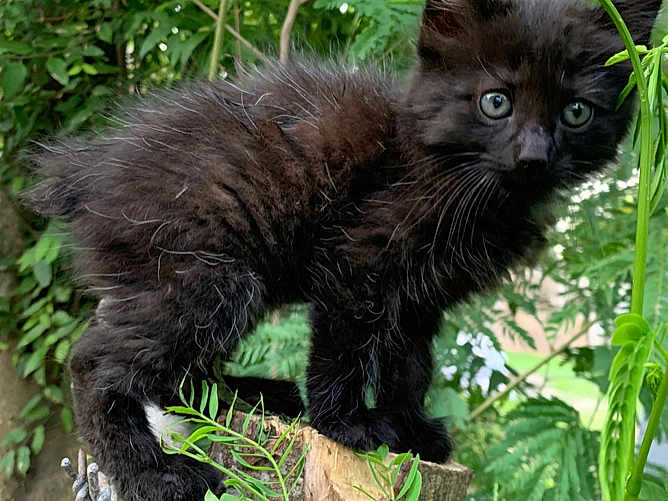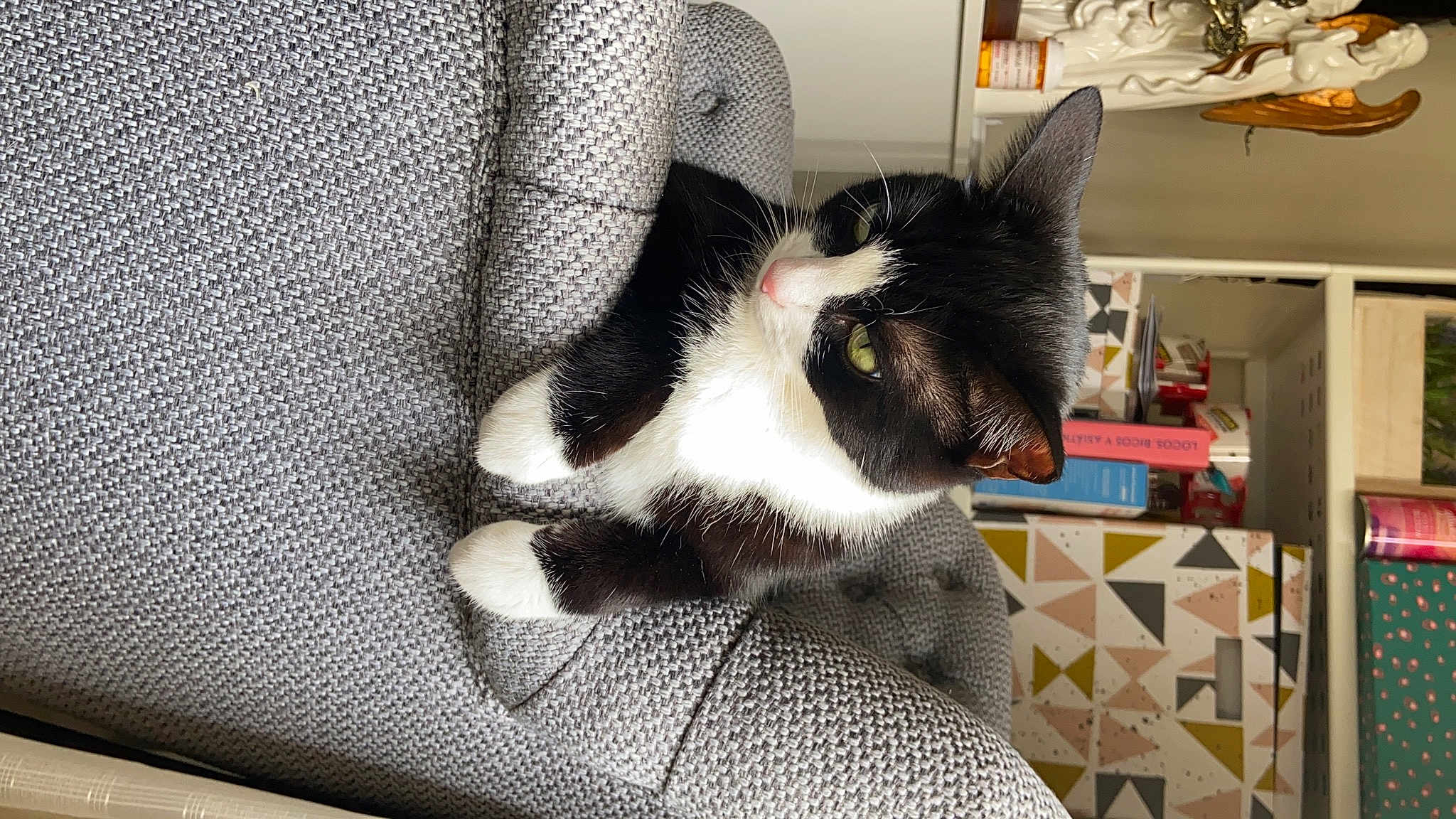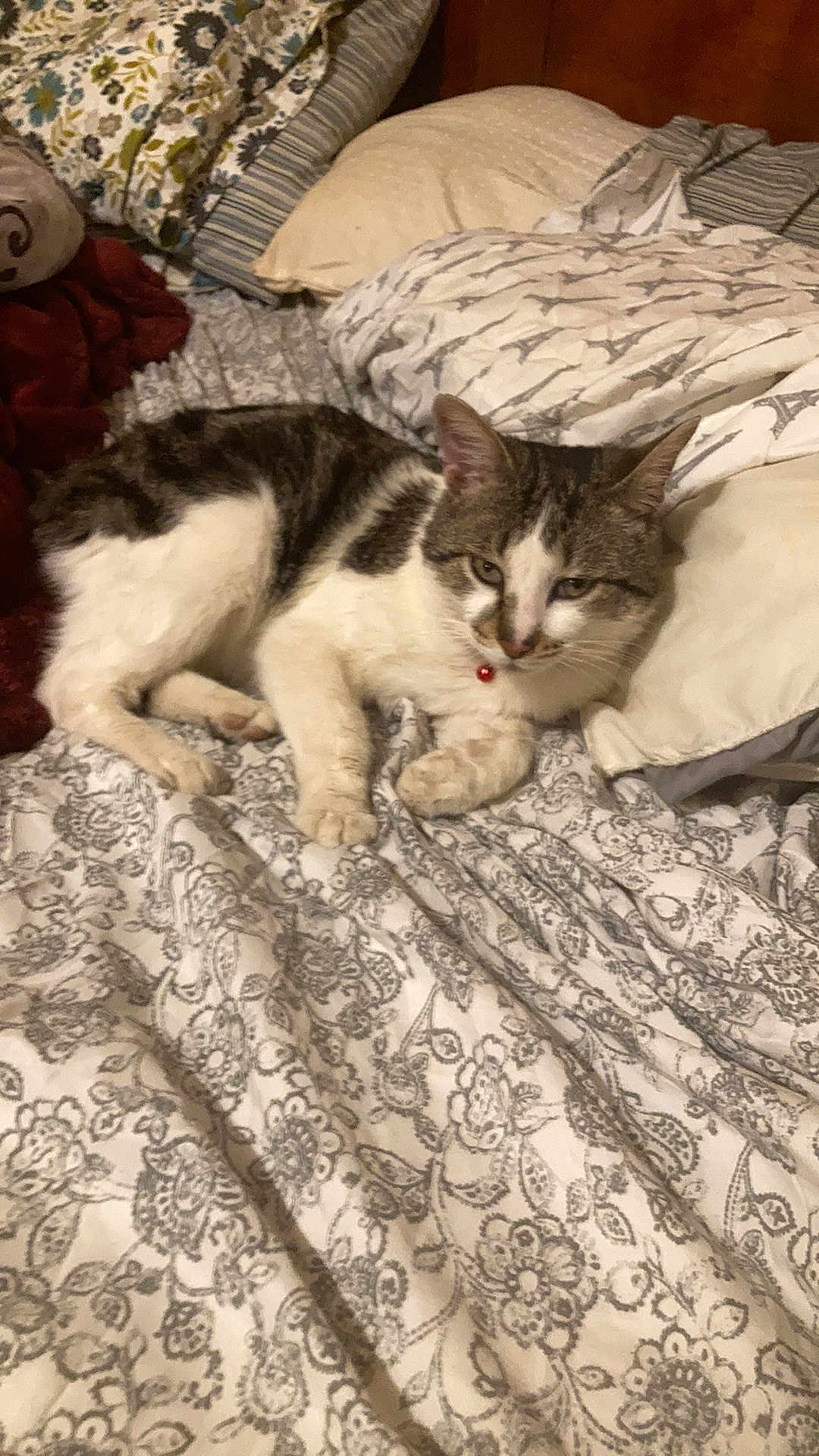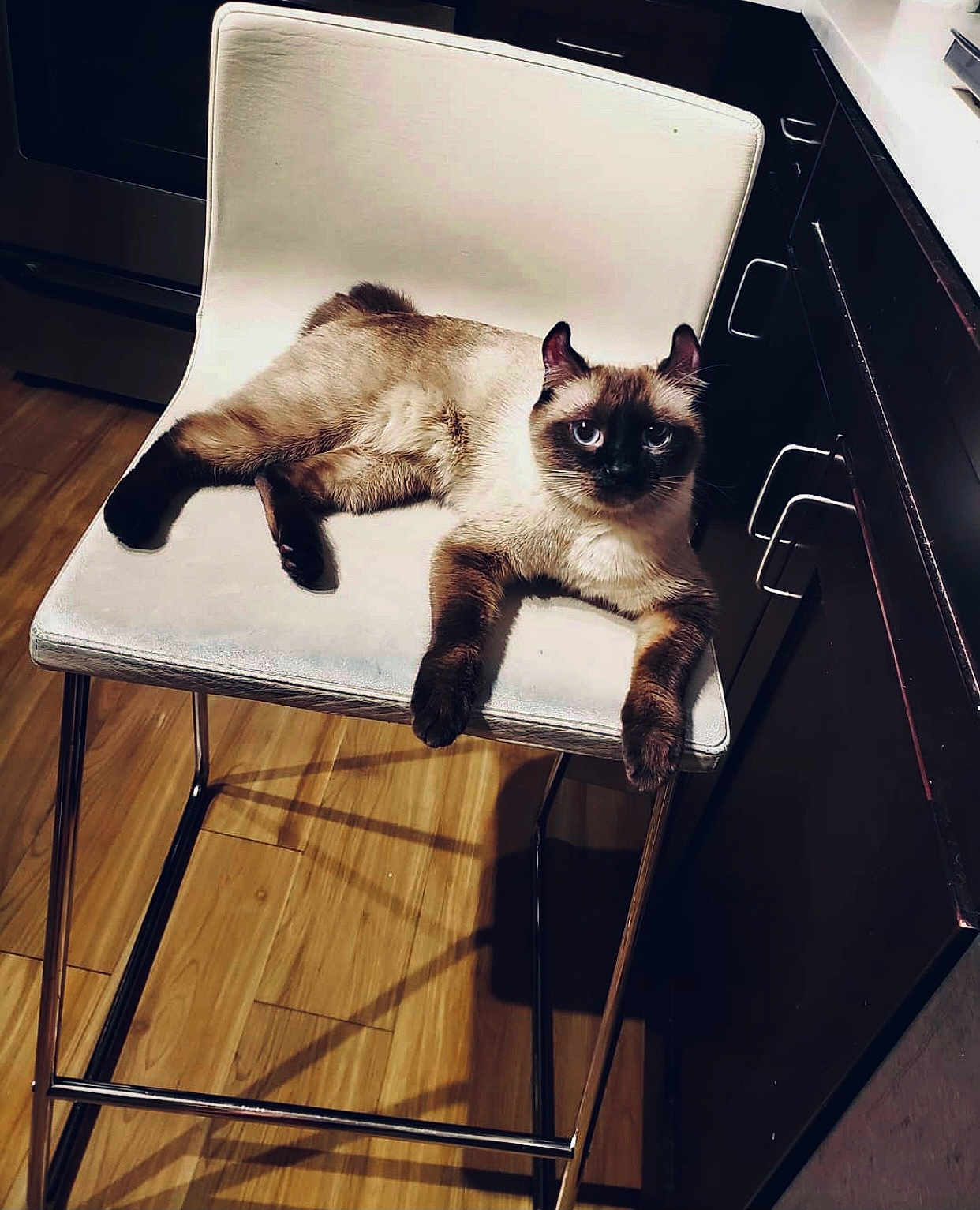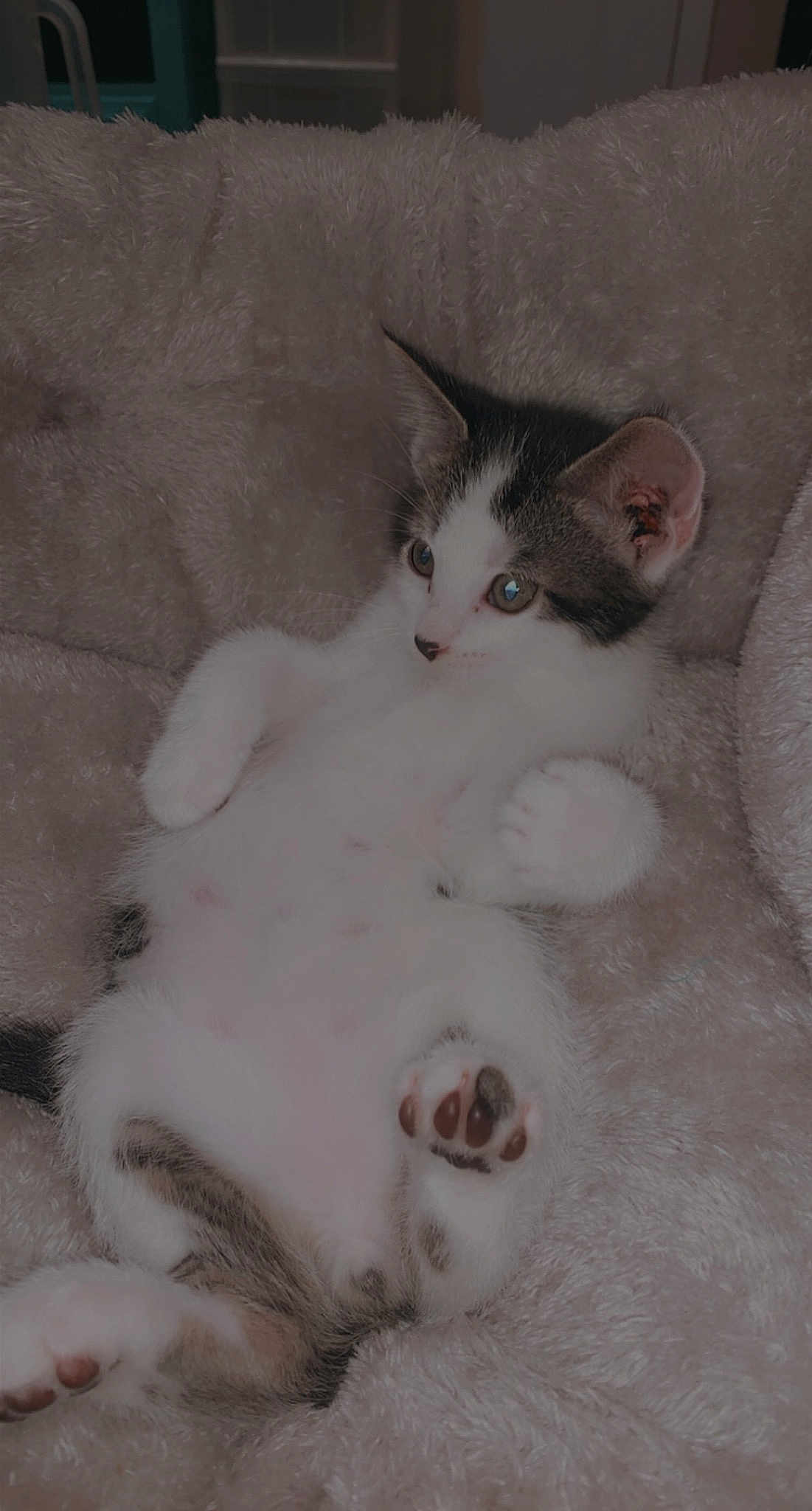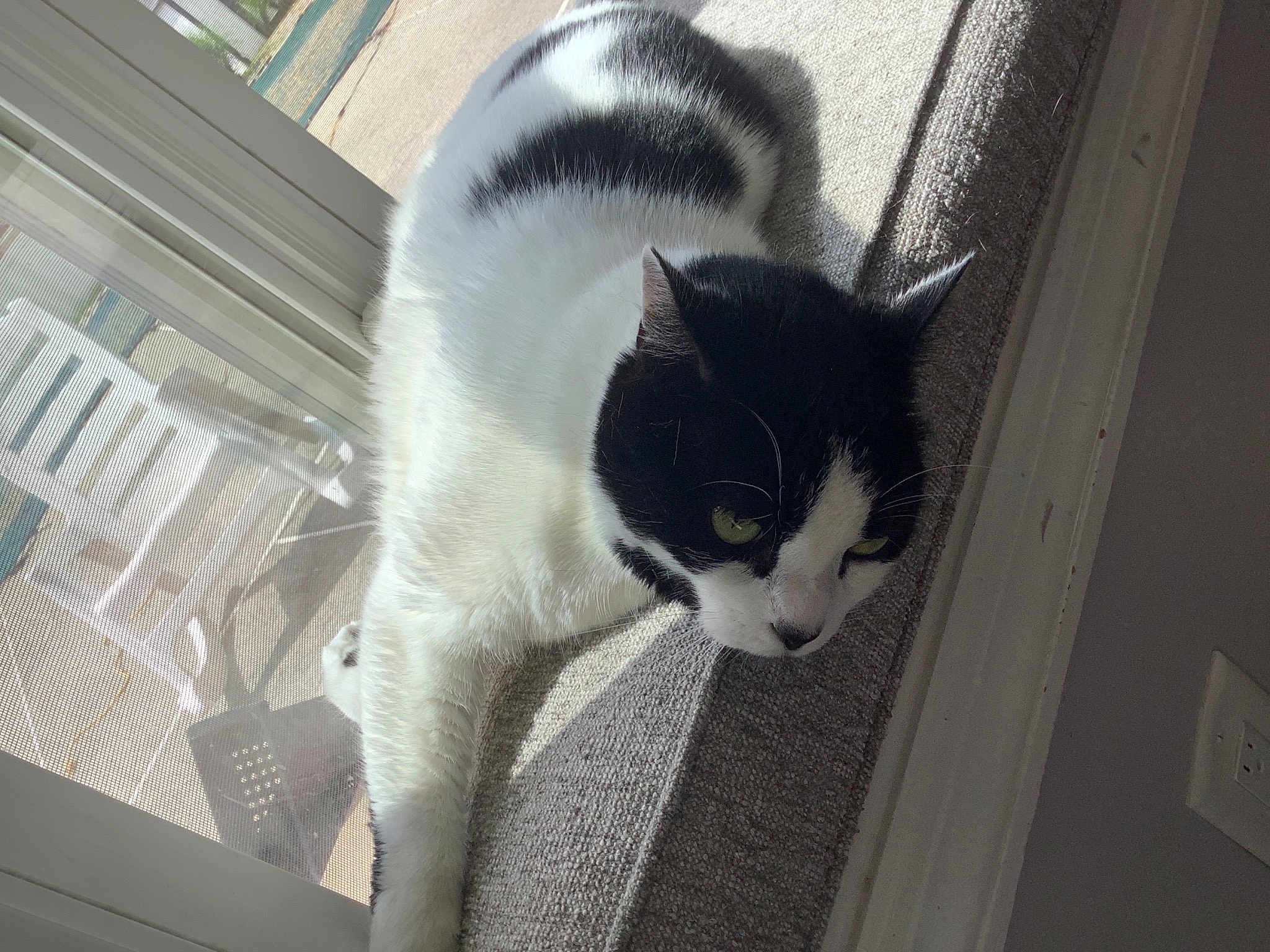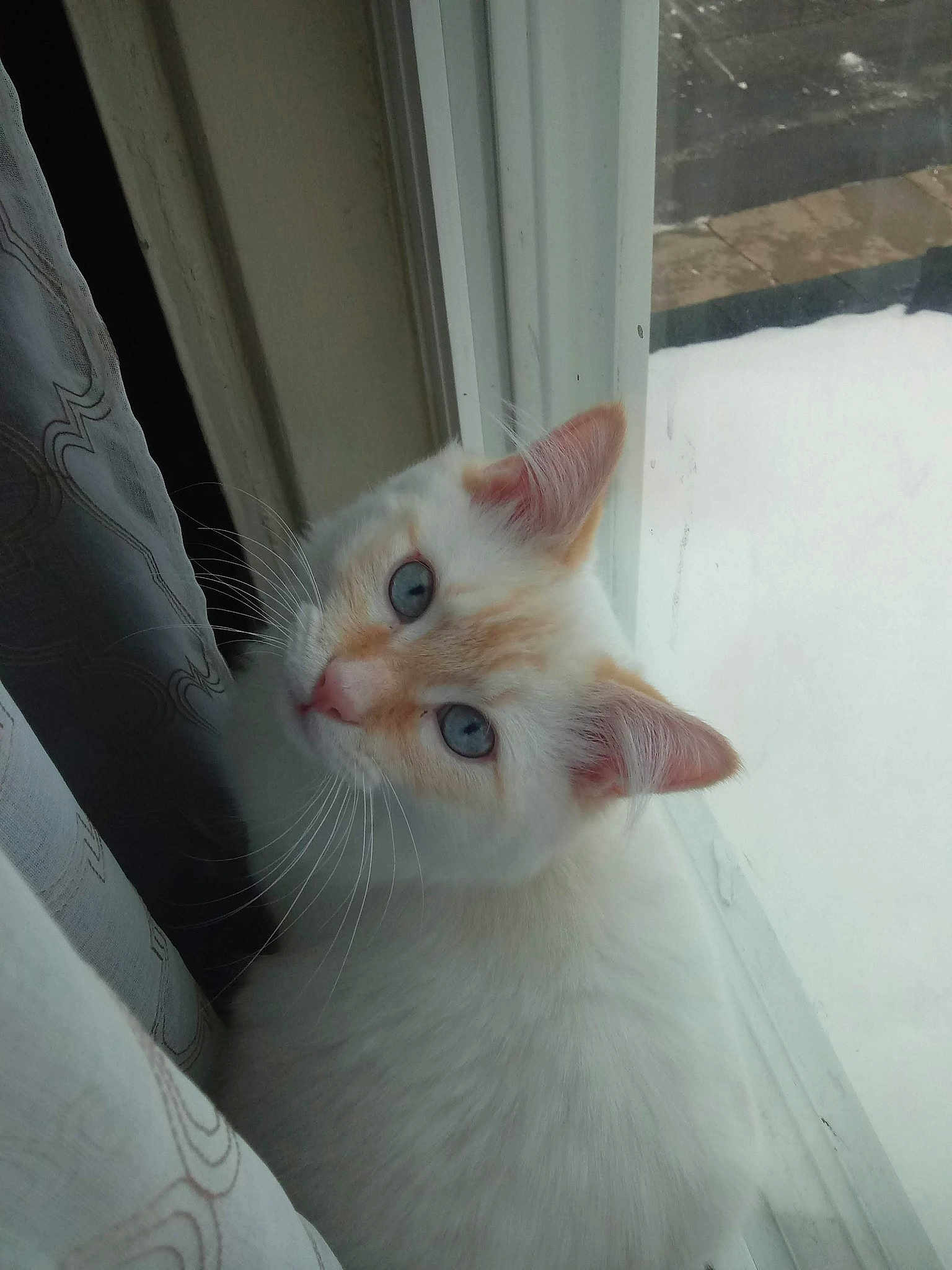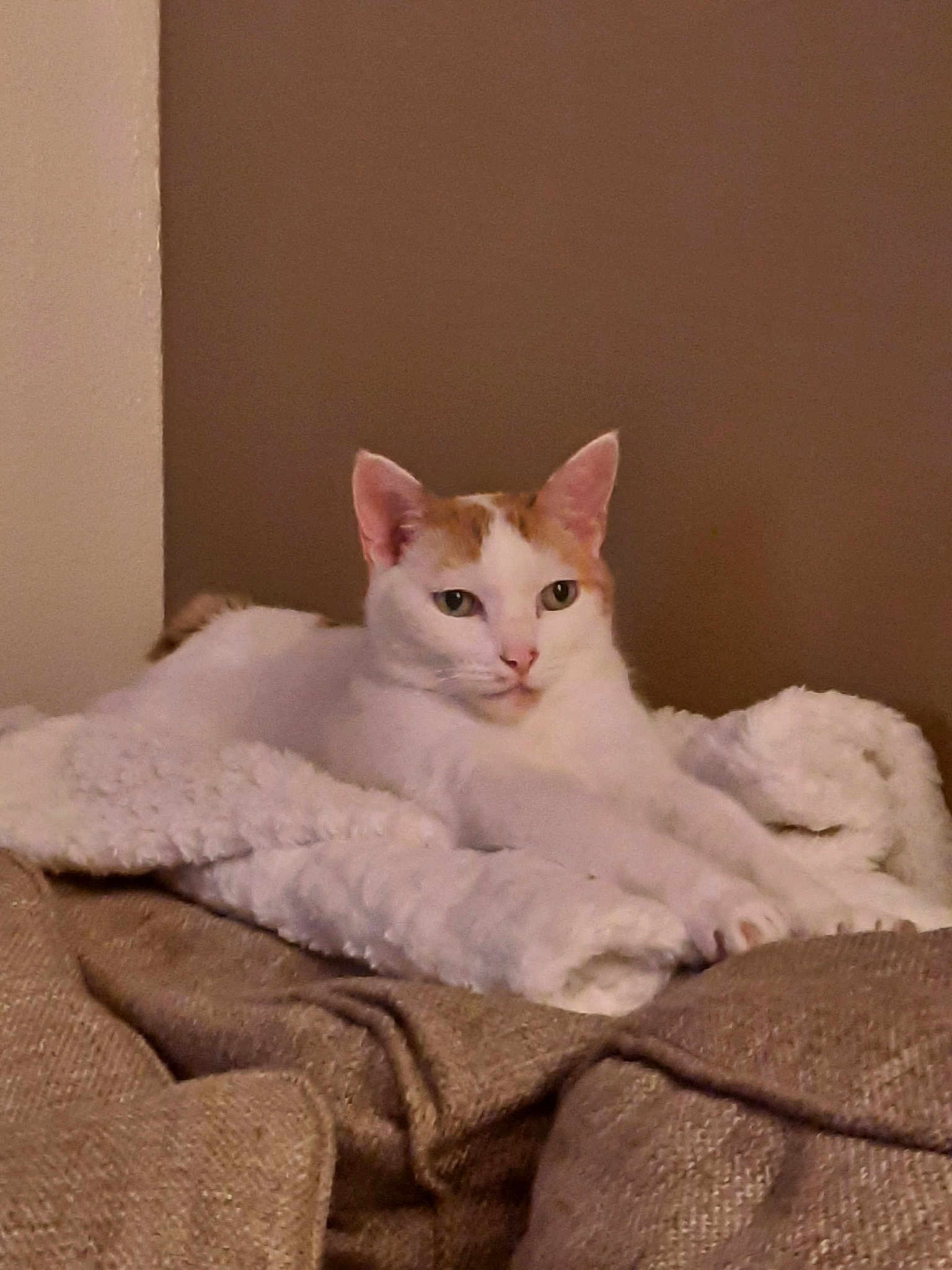
"The Japanese Bobtail: A Symbol of Good Fortune and Uniqueness"
The Japanese Bobtail is not just another feline; it’s a symbol of good luck and fortune in Japanese culture. Its distinctive bobbed tail and lively personality make it a standout among cat breeds, capturing the hearts of many cat lovers worldwide. Let's explore the myriad aspects of this fascinating breed and why it might just be the perfect companion for you.
Personality and Behavior of the Japanese Bobtail
The personality of the Japanese Bobtail is as unique as its characteristic tail. Known for their intelligence and inquisitive nature, these cats are highly interactive and affectionate with their human companions. Japanese Bobtails are often described as "dog-like" due to their fondness for fetching objects and following their owners around the house.
These cats are also vocal, but their pleasant, chirping vocalizations are more musical than the typical cat's meow. This makes them excellent communicators, often maintaining a conversational relationship with their owners. The breed thrives on social interaction and does well in environments where they can engage with their family members frequently.
Interestingly, Japanese Bobtails are known for their high energy levels and playful dispositions. They are often seen engaging in acrobatic leaps and humorous antics, which can be a source of endless entertainment. This breed’s playful temperament makes them an ideal choice for families with children or other pets.
The Japanese Bobtail is considered a symbol of good luck, with its images often found in Japanese maneki-neko (beckoning cat) sculptures, believed to bring good fortune to their owners.
Meanings, History and Origins of the name Japanese Bobtail
The name “Japanese Bobtail” clearly points to its distinct tail, which resembles a tufted pom-pom rather than the usual long, flowing appendage seen in most feline breeds. This unique tail is the result of a naturally occurring genetic mutation, making each Japanese Bobtail’s tail as individual as a fingerprint.
The breed's history can be traced back over a thousand years in Japan, where they were domesticated and revered. Japanese folklore is rich with stories of these cats bringing prosperity and repelling evil spirits, which further solidifies their esteemed status. The iconic maneki-neko, or beckoning cat, often portrayed in Japanese culture, is modeled after the Japanese Bobtail, holding a paw up in a gesture of welcome and good fortune.
In many accounts, the Japanese Bobtail was historically valued for its excellent hunting capabilities, aiding in the control of vermin populations in rice storages across Japan. This practical appreciation transitioned to cultural significance, embedding the breed deeply within Japanese traditions and everyday life.
Popularity of the Japanese Bobtail
The Japanese Bobtail enjoys a notable degree of popularity worldwide, but particularly so in its native Japan. Their representation in art, media, and folklore gives them a venerable place in Japanese society. The breed has also garnered international acclaim, with cat lovers in the U.S., U.K., and other English-speaking countries adopting these enchanting felines.
In the United States, the Japanese Bobtail was first imported in the 1960s and has since grown in popularity, though it remains a relatively rare breed compared to others. Cat enthusiasts are attracted to their engaging personality and unique appearance. Additionally, their representation in animated characters and Japanese-inspired merchandise has helped bolster their image globally.
In many Western countries, the breed is celebrated for its exotic appeal and cultural heritage. Though they may not be as widely recognized as some other breeds, the Japanese Bobtail holds a special allure for those who appreciate their historical background and charming demeanor.
Health and Care of the Japanese Bobtail
Japanese Bobtails are generally healthy cats with a robust genetic makeup. However, like all breeds, they can be prone to certain health issues, most notably those associated with their unique tail structure. It’s important for owners to regularly check for any signs of spinal problems due to the shortened tail length.
A balanced diet rich in proteins and essential nutrients is crucial for maintaining their active lifestyle. Owners should ensure their diet includes high-quality cat food, supplemented with treats that support dental health and overall vitality.
Regular grooming is relatively easy with the Japanese Bobtail, as they have a medium-length coat that doesn’t mat easily. Routine brushing helps reduce shedding and keeps their coat in excellent condition. Owners should also pay attention to dental hygiene, ensuring their cat’s teeth are kept clean to prevent common feline dental issues.
Training and Education of the Japanese Bobtail
Training a Japanese Bobtail is often a rewarding experience due to their high intelligence and eagerness to interact. These cats take well to training sessions, especially ones that incorporate play and positive reinforcement techniques. Teaching a Japanese Bobtail tricks or commands can be a fun challenge, and many owners report their cats learning tasks such as fetching and responding to name calls.
The energetic nature of the breed means they require plenty of mental and physical stimulation. Interactive toys, puzzle feeders, and regular playtime are excellent ways to keep your Japanese Bobtail entertained and mentally sharp.
Despite their high energy levels, this breed is typically quick to grasp acceptable behaviors and house rules, thanks in part to their sociable and attentive nature. Early socialization with different environments, people, and pets can further enhance their adaptability and confidence.
Choosing the right cat breed involves considering various factors such as personality, health needs, and lifestyle compatibility. If you seek an affectionate, playful, and historically significant companion, the Japanese Bobtail might be the perfect fit for you. At KingPet, we see many Japanese Bobtails participating in our contests, capturing hearts and often winning admirers with their charming antics and unique appearance.
Ultimately, the breed’s blend of cultural heritage, endearing personality, and manageable care needs make them an excellent choice for many families. Their presence is sure to bring joy and a bit of Japanese tradition into any household.


